Muscat
As I walked, what kept my legs from going weary was the blue sea ahead, and the corners of the mosque hidden behind the arches.
Sunset at Muttrah
Though my heart stirs, when I look at this picture, I feel calm.
I arrived in Oman on an April day, while my mind wasn’t very set and excited for the trip, partly because the weather was forecasted to be less-than-ideal for traveling: the hot days were coming earlier than usual in Oman. Back in 2016, I had once transited through Muscat Airport on my way to Italy, and it’s only after nearly ten years that I finally had the chance to truly explore this country.
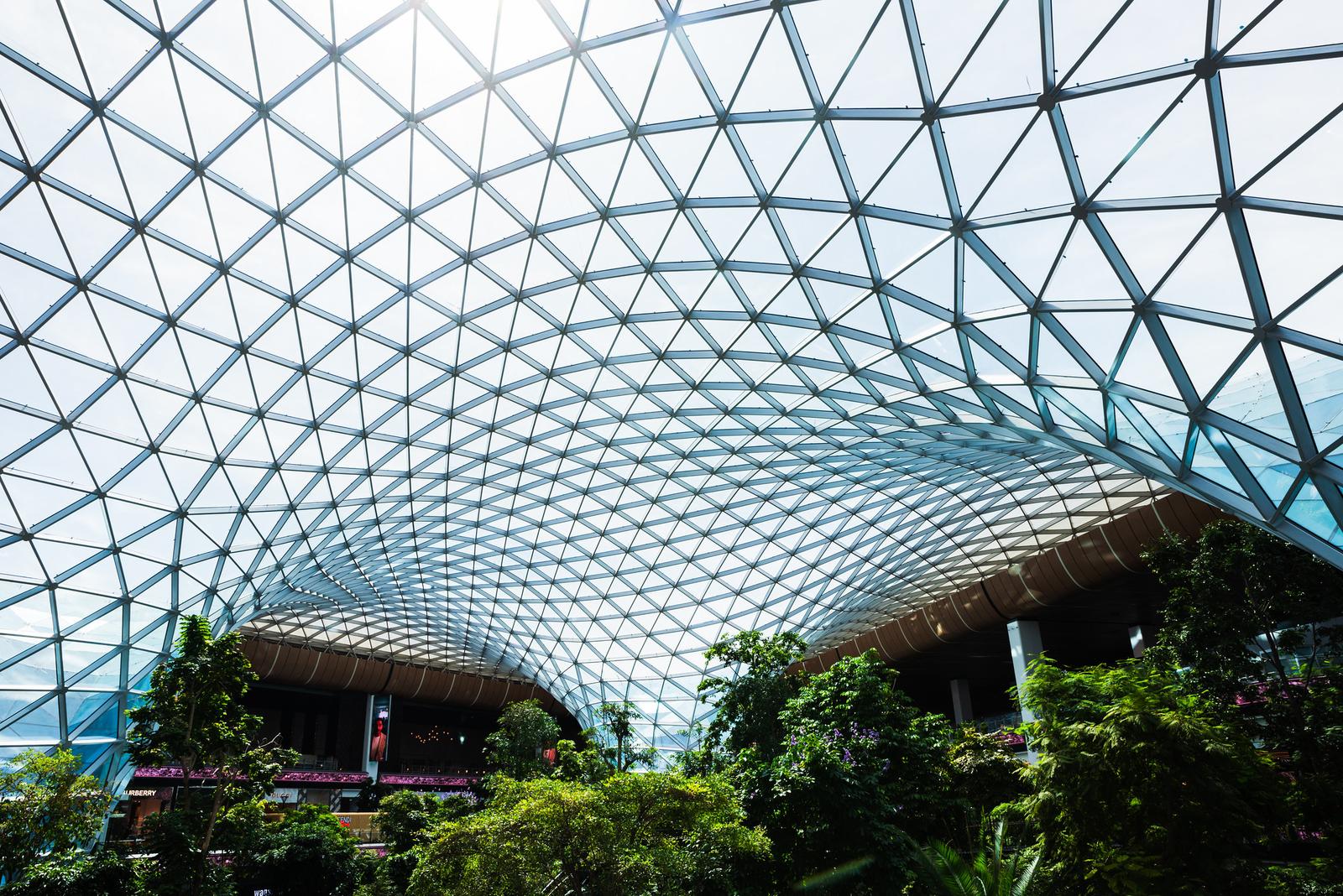
The travel bug in me only woke up when I had a few hours of transit at Hamad International Airport in Doha - that global-citizen feeling, the sensation when you see multilingual signboards and electronic arrival-departure boards at the airport, with place names all over the world appearing and disappearing before our eyes.
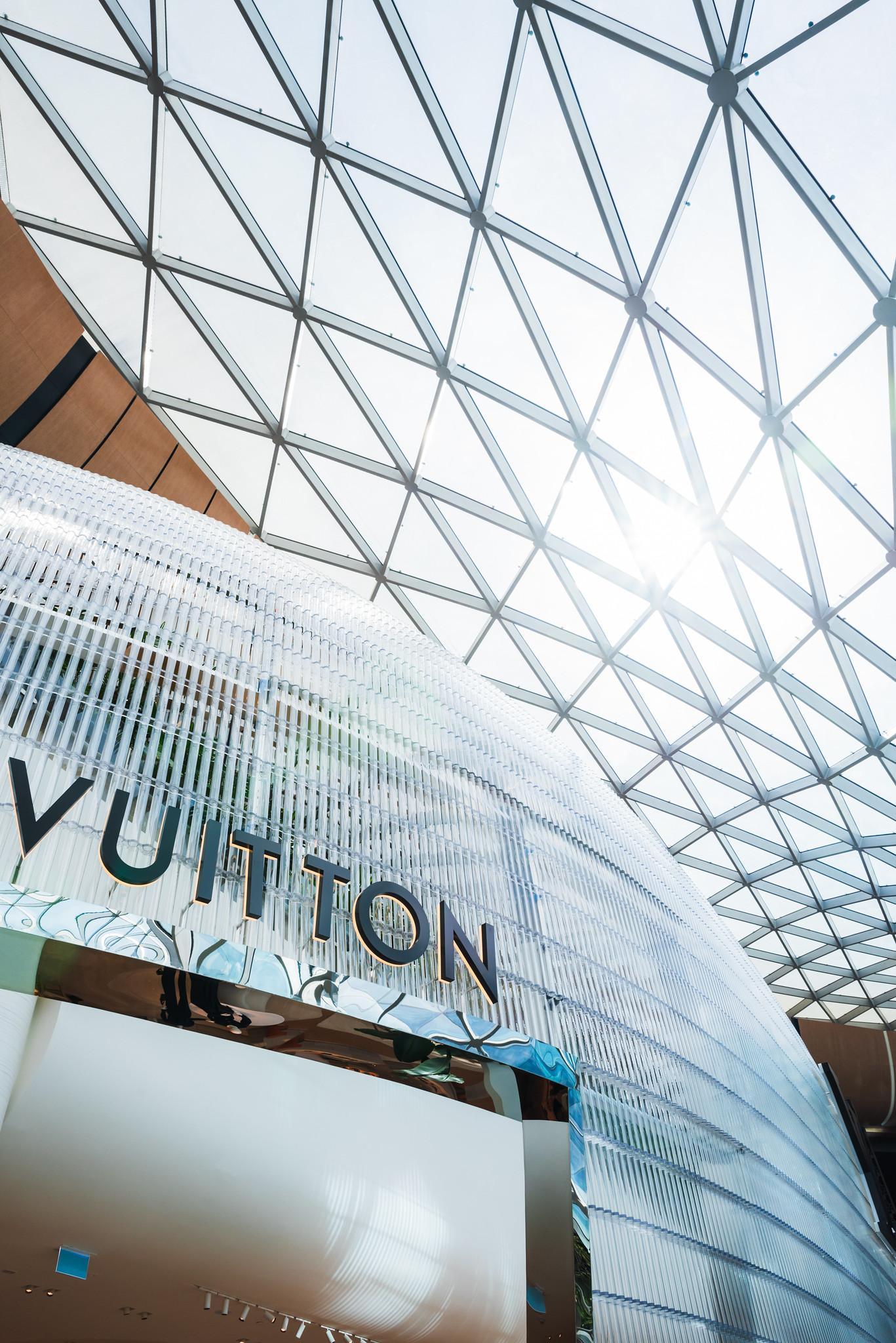
When I traveled to Germany in 2018, I also passed through Doha Airport, but this time I really felt wow at how much it had changed; the most impressive part was The Orchard - similar to Jewel Changi in Singapore but with a quieter and chiller vibe, perfect for resting after a long flight; I also stopped by to check in with the Lamp Bear at the main foyer.

Muttrah
My airplane landed in Muscat at night, and I, as if preprogrammed, bought SIM, exchanged money, installed Otaxi and took a cab to my hotel in Muttrah. My advice is to exchange only a small amount of cash, because in Oman cash isn’t widely used; even convenience stores and tiny drink stalls prefer card payment - and you’ll have difficult time spending those 50-riyal notes. The most feasible way is to use large denominations at gas stations or supermarkets.
Taxis in Oman drive fairly fast but aren’t particularly good with directions, and my first taxi experience there wasn’t great. The driver had to loop around and make sudden turns several times before finally finding the way to my hotel.
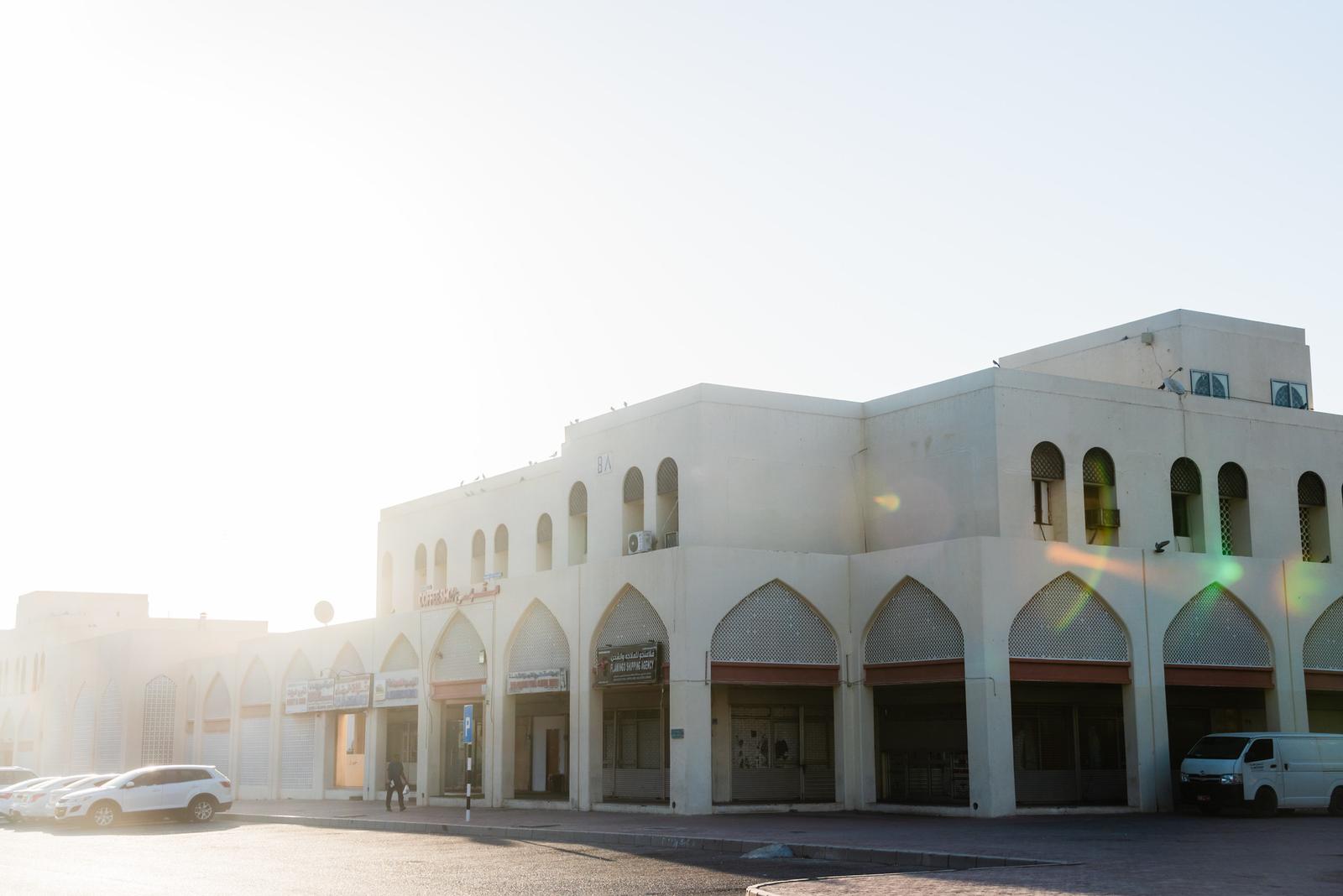
Most of Muscat’s key tourist attractions are concentrated in Muttrah, home to Old Muscat, museum, palace, forts and especially the Muttrah Corniche.

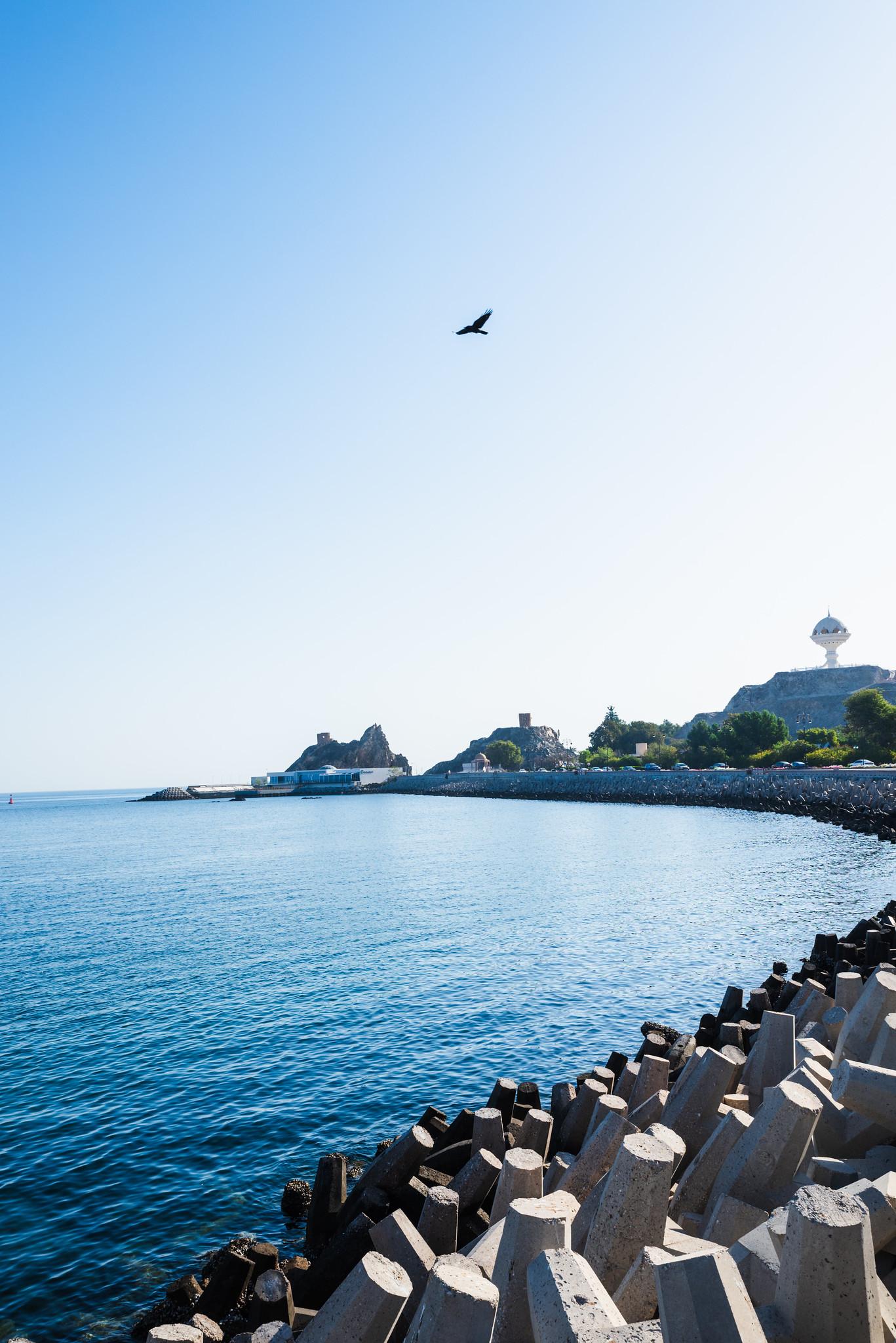
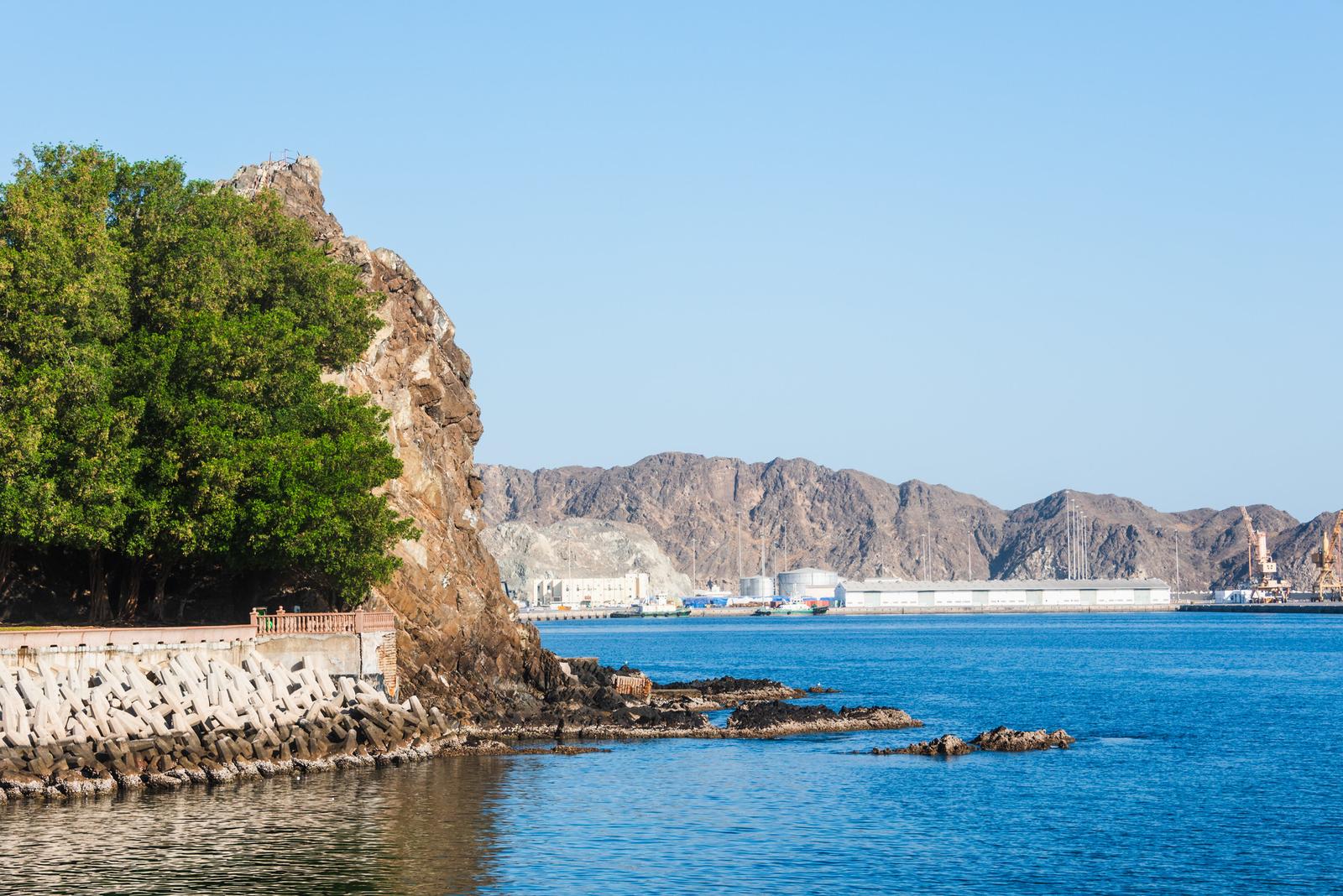

I woke up early and began my walk from the hotel to central Muttrah, following the corniche. It’s only 8am yet the blazing sunlight was already flooding the streets. The familiar outline of Muscat’s shoreline gradually came into view, with the mountains of the Hajar Range jutting far out into the coast.
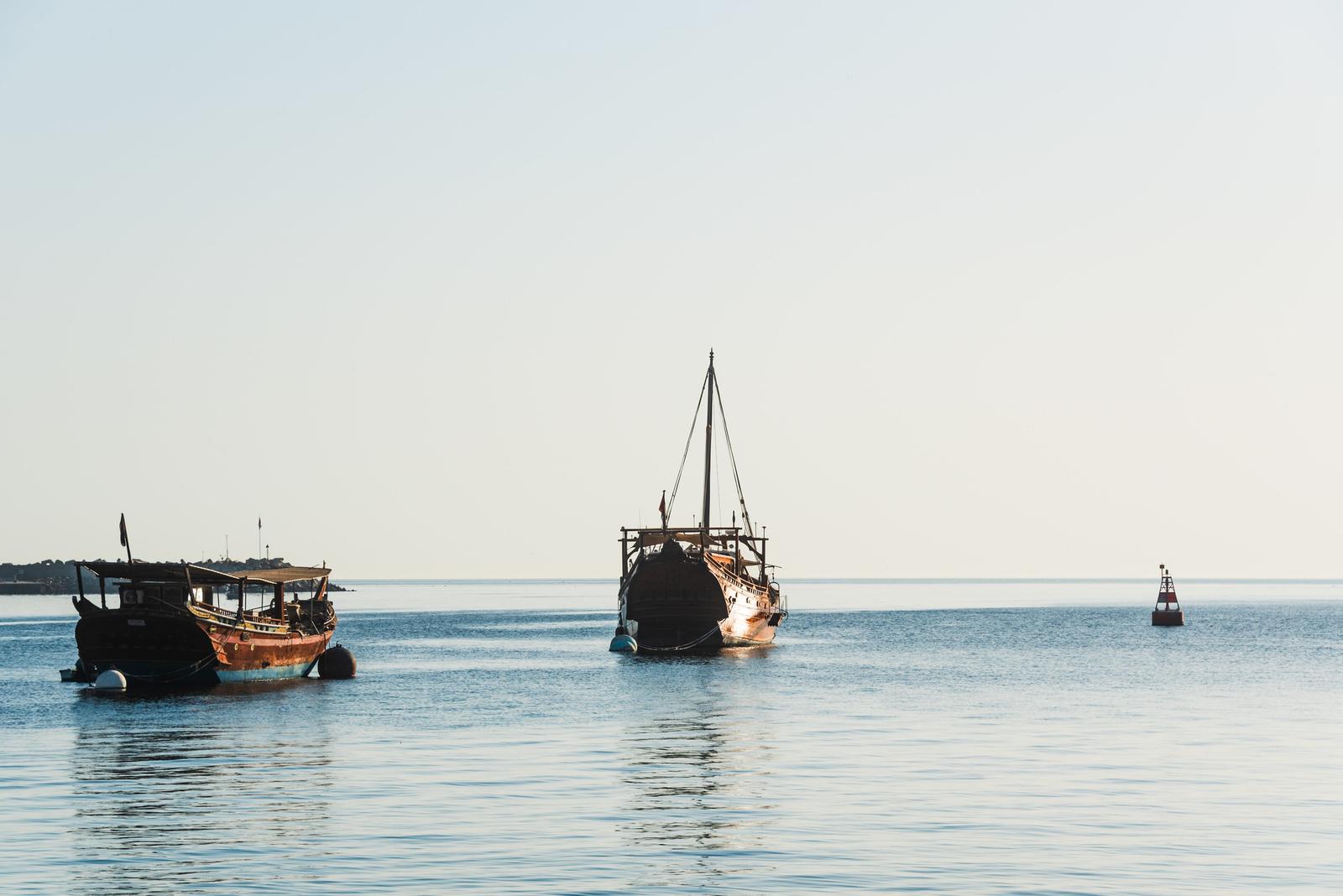
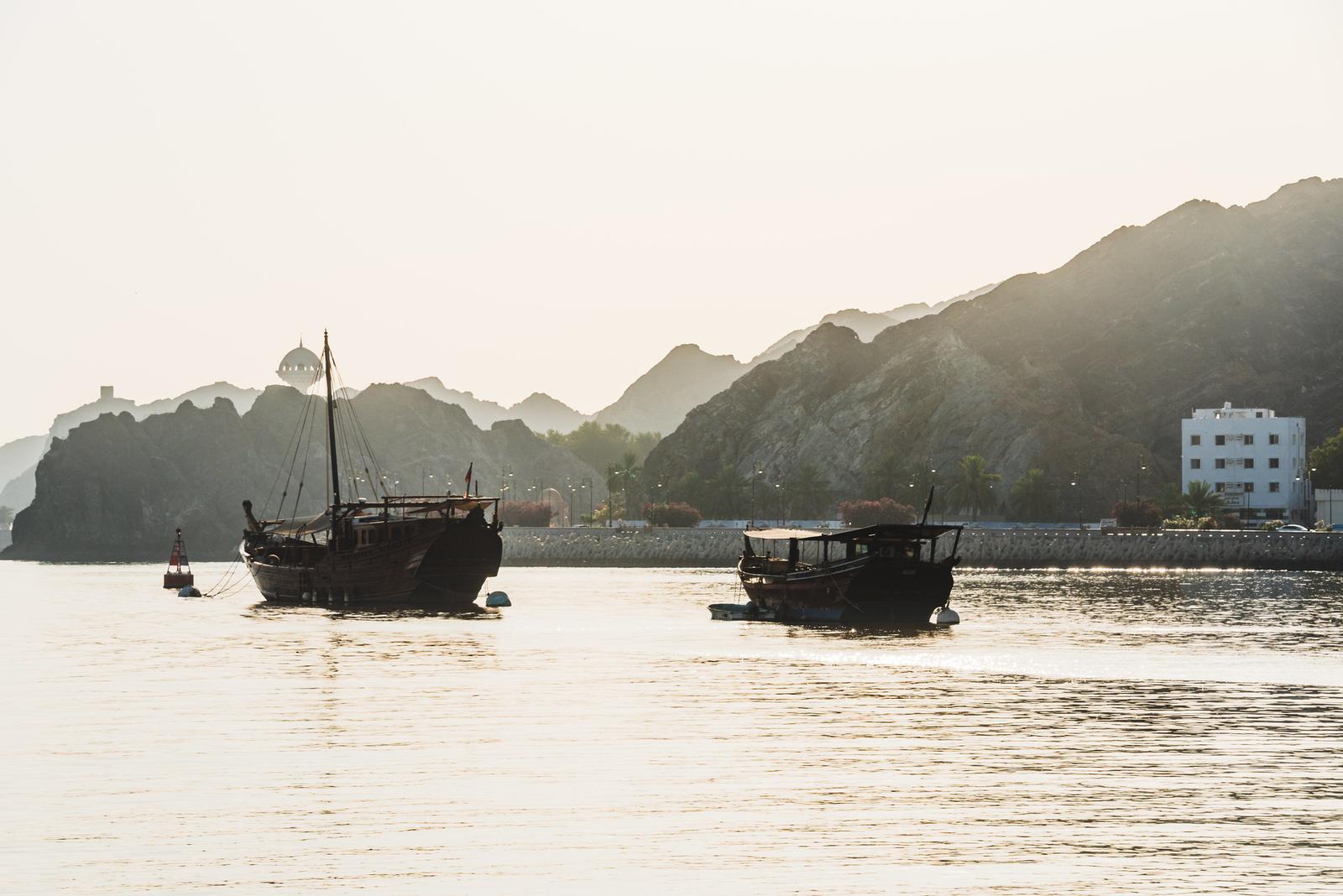
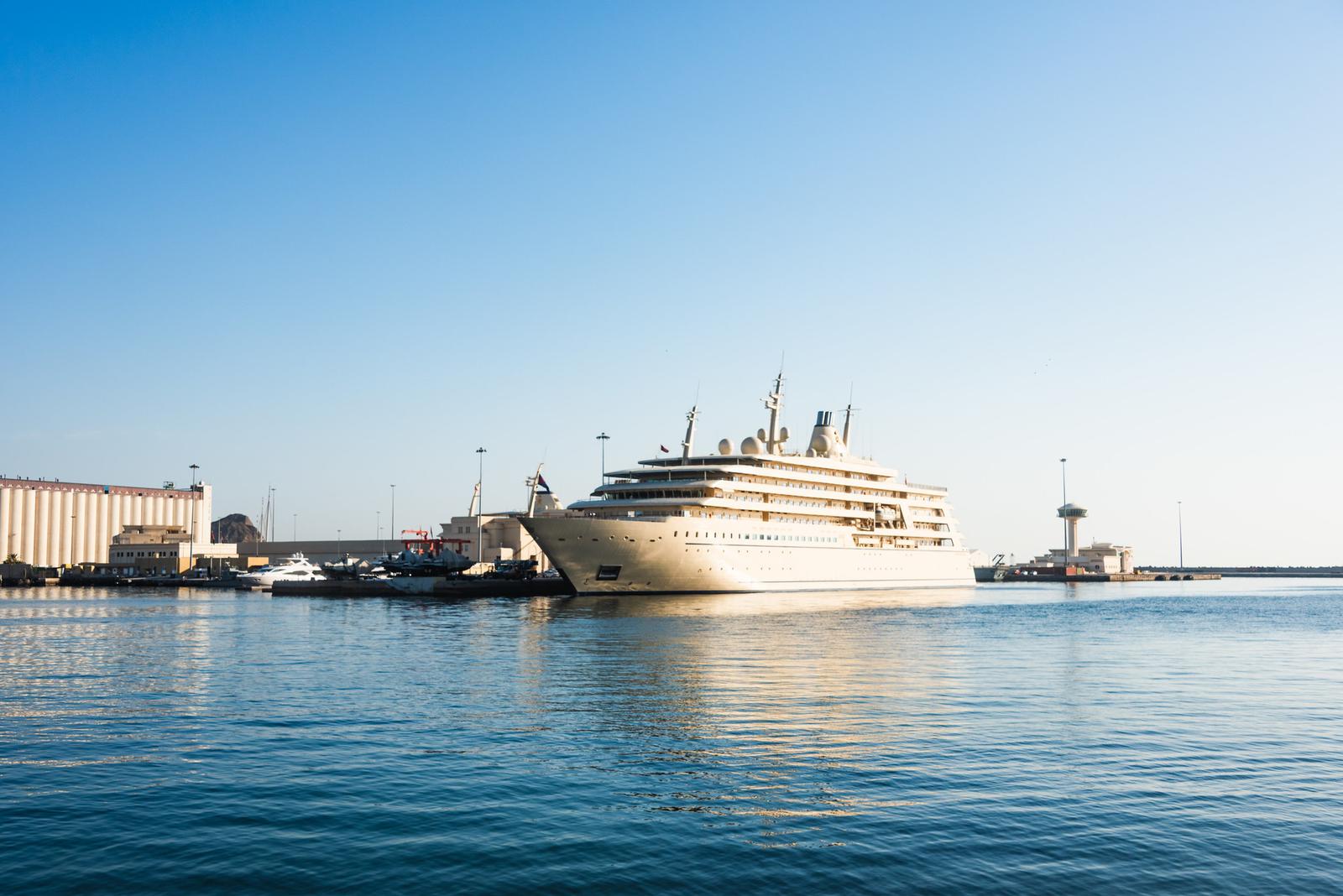
The road had only a few cars, and I was the lone pedestrian on the sidewalk. Honestly, in this weather, with my injured heels due to sport activity and that invisible sense of loneliness, I wasn’t quite in the travel mood yet.
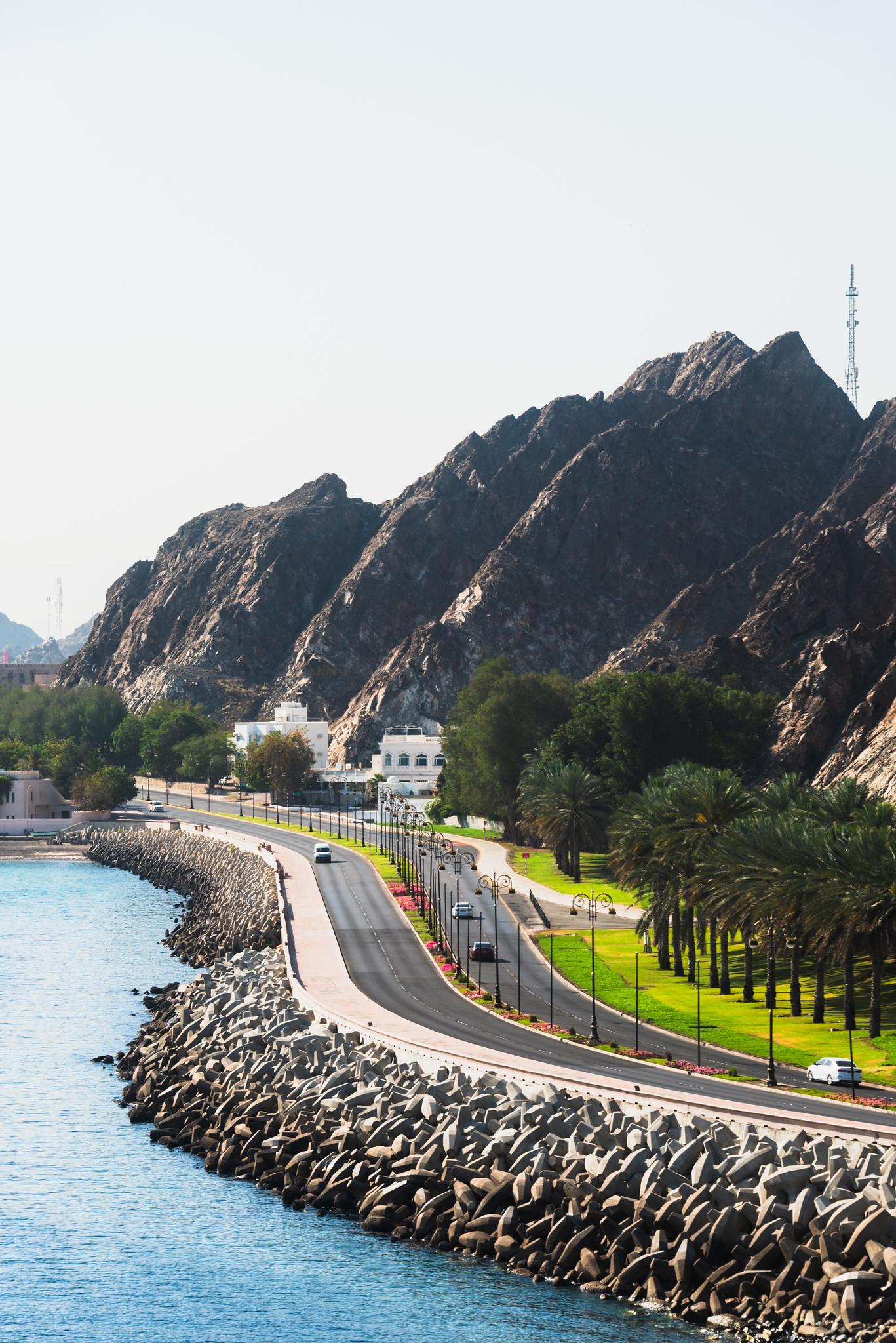
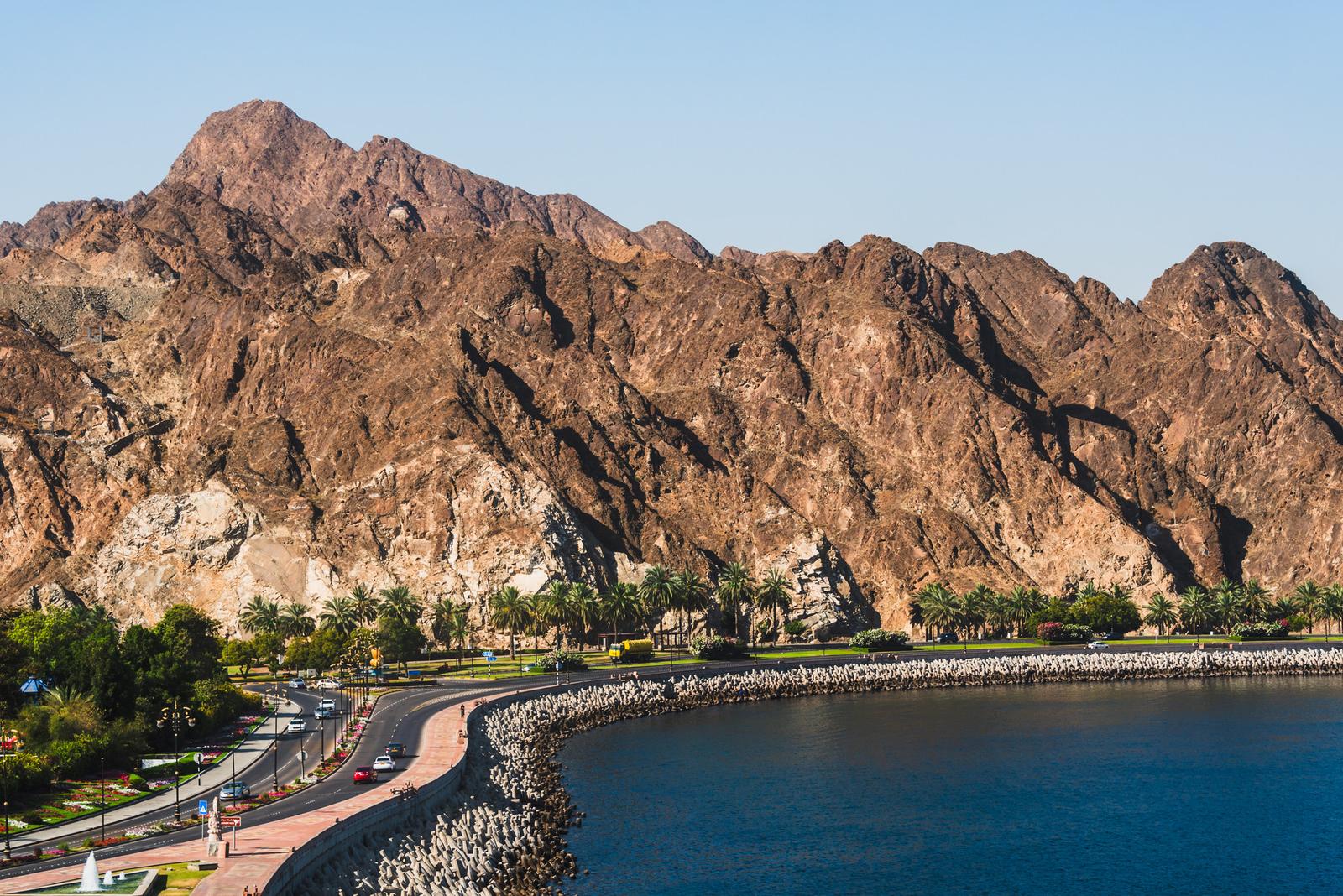
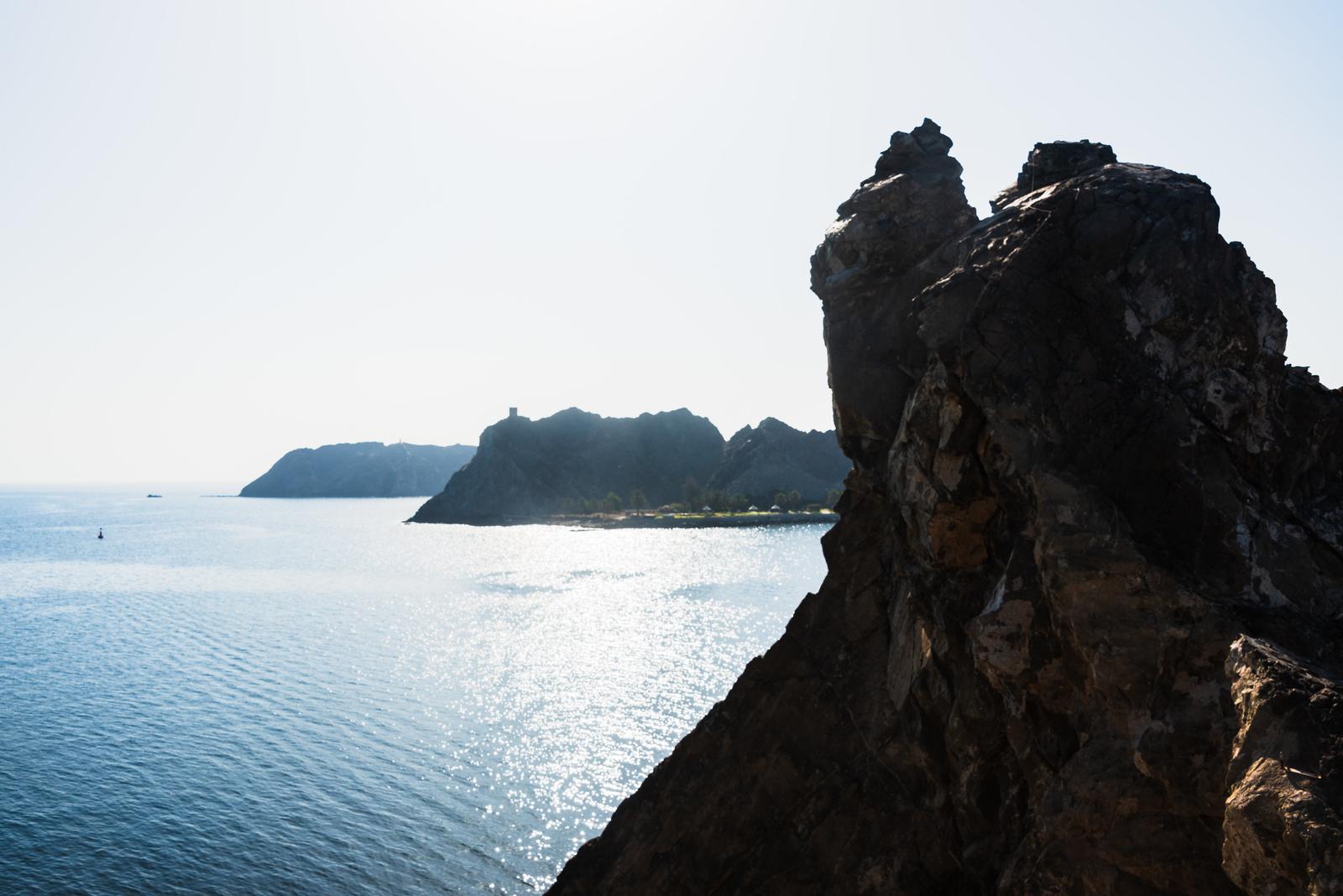
The sea was brilliantly blue, and here Port Sultan Qaboos it was! The road curved in graceful sweeps, and what could be better than finding a high vantage point: I needed to locate an opening fort to climb up. I stopped by Thalassa Restaurant - and right at this headland, you can climb the Muscat Marine Tower for a panoramic view of the coastline. Initially I thought the place required a ticket, but luckily the gardener kindly showed me the way up.
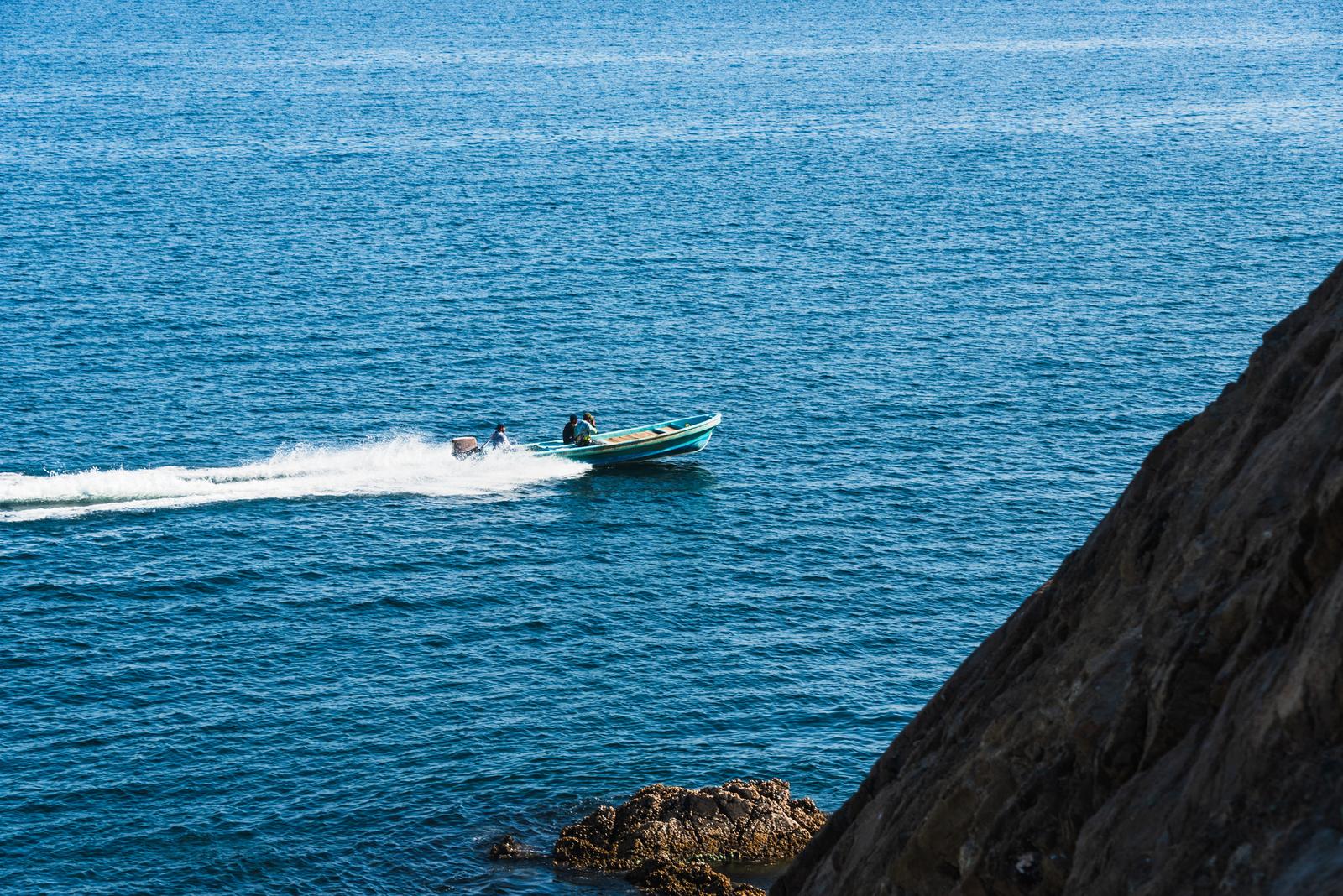
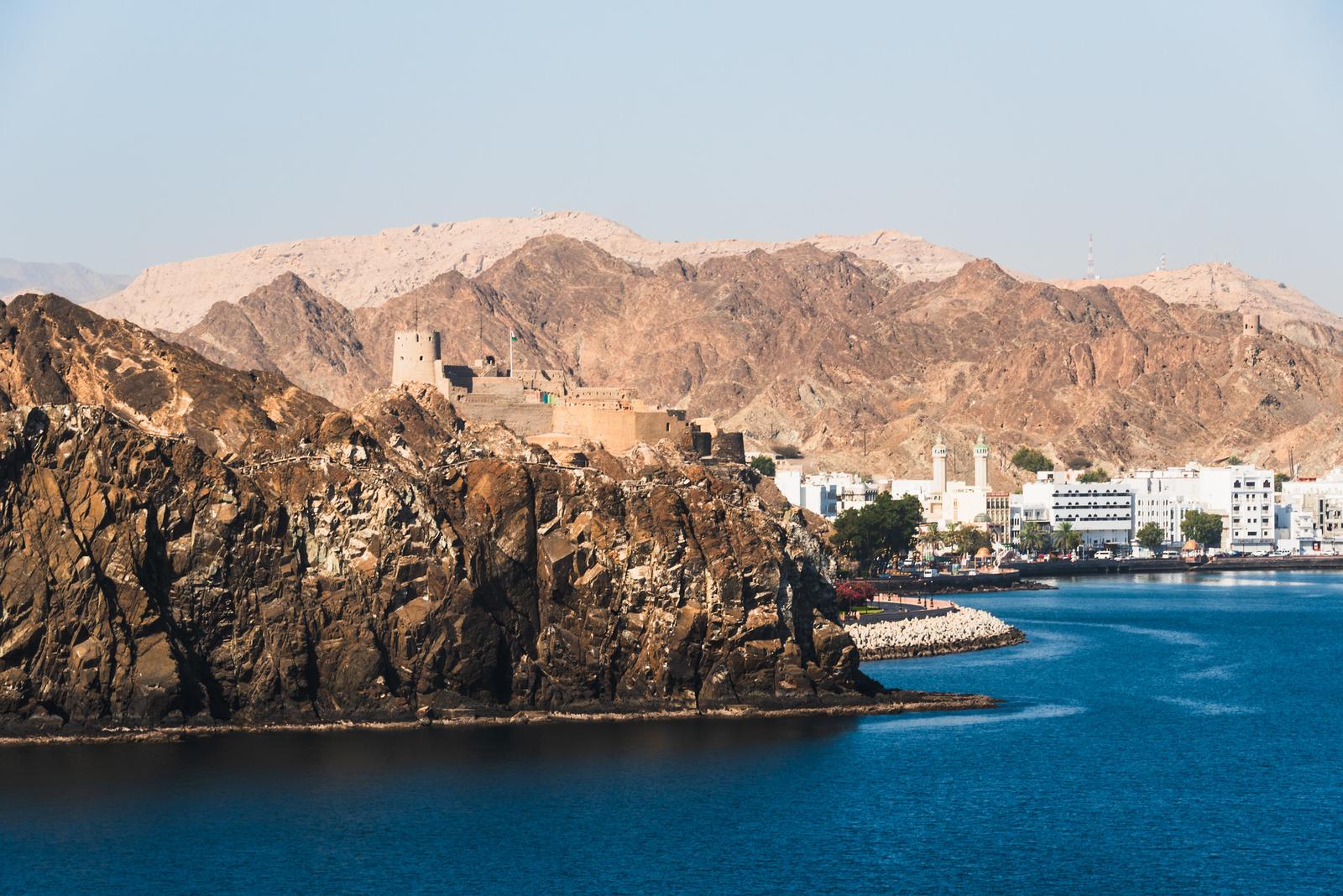
Old Muscat
The sun was climbing towards its peak, and it’d have been foolish to keep walking. It’s time for me to try booking a ride through Otaxi app to get to Old Muscat. I needed to find some café to kill time, sit in air-con and have a drink. It’s this particular little café, manned by a young African guy, that I realized how hard it is to spend cash in Oman.
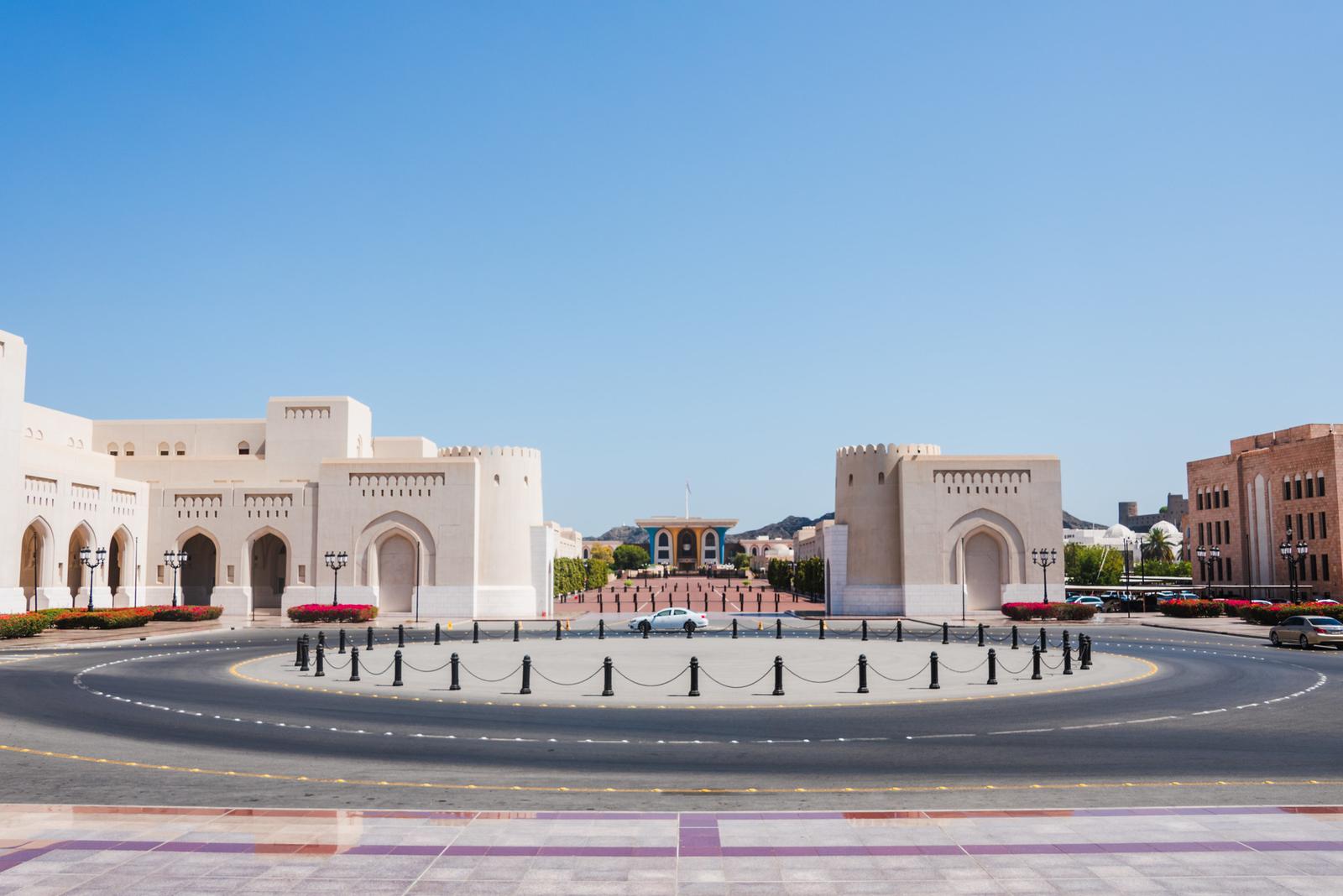
Since the National Museum of Oman only opened at 10am, I wandered around the square in front of Al Alam Palace - the site for ceremonial events and diplomatic receptions of the Sultan of Oman.
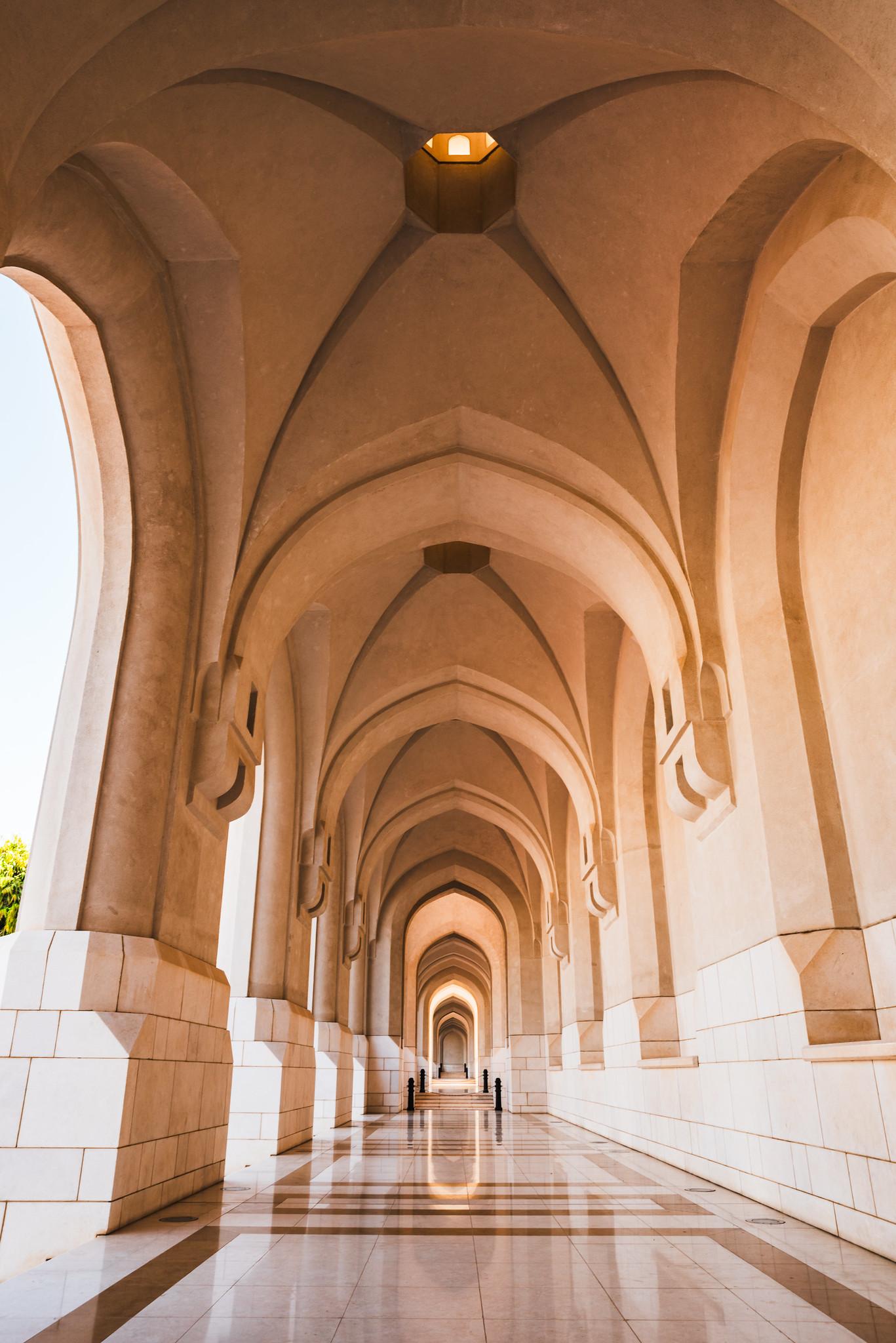
The scene was strangely peaceful and quiet - no traffic at all, and only a few tourists braving the sun to walk along the square. Behind the roundabout facing the palace situates the National Museum of Oman.
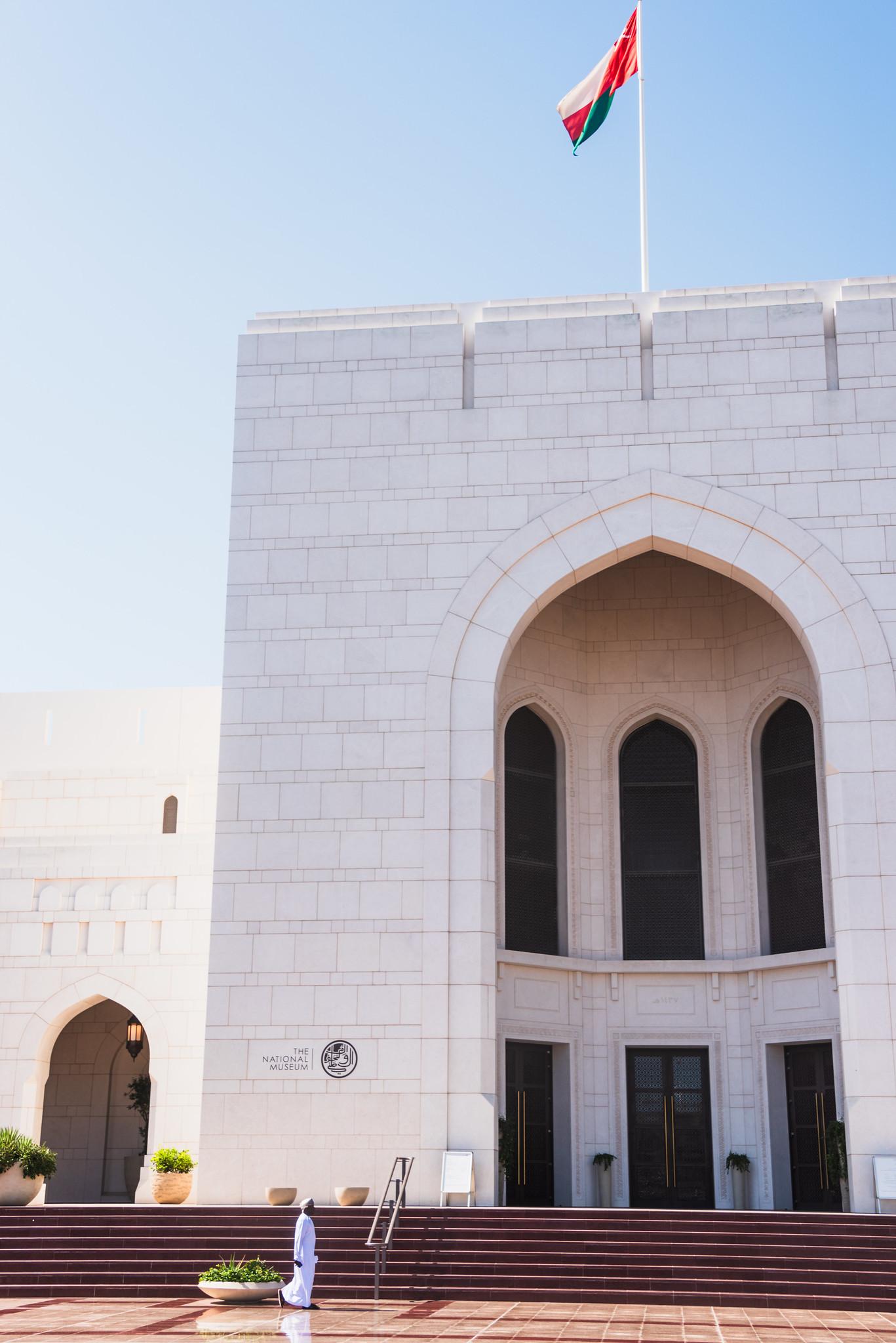
The museum isn’t too crowded in the morning, here we can learn more about the history of a former maritime powerhouse, as well as the khanjar dagger - the national symbol of Oman.
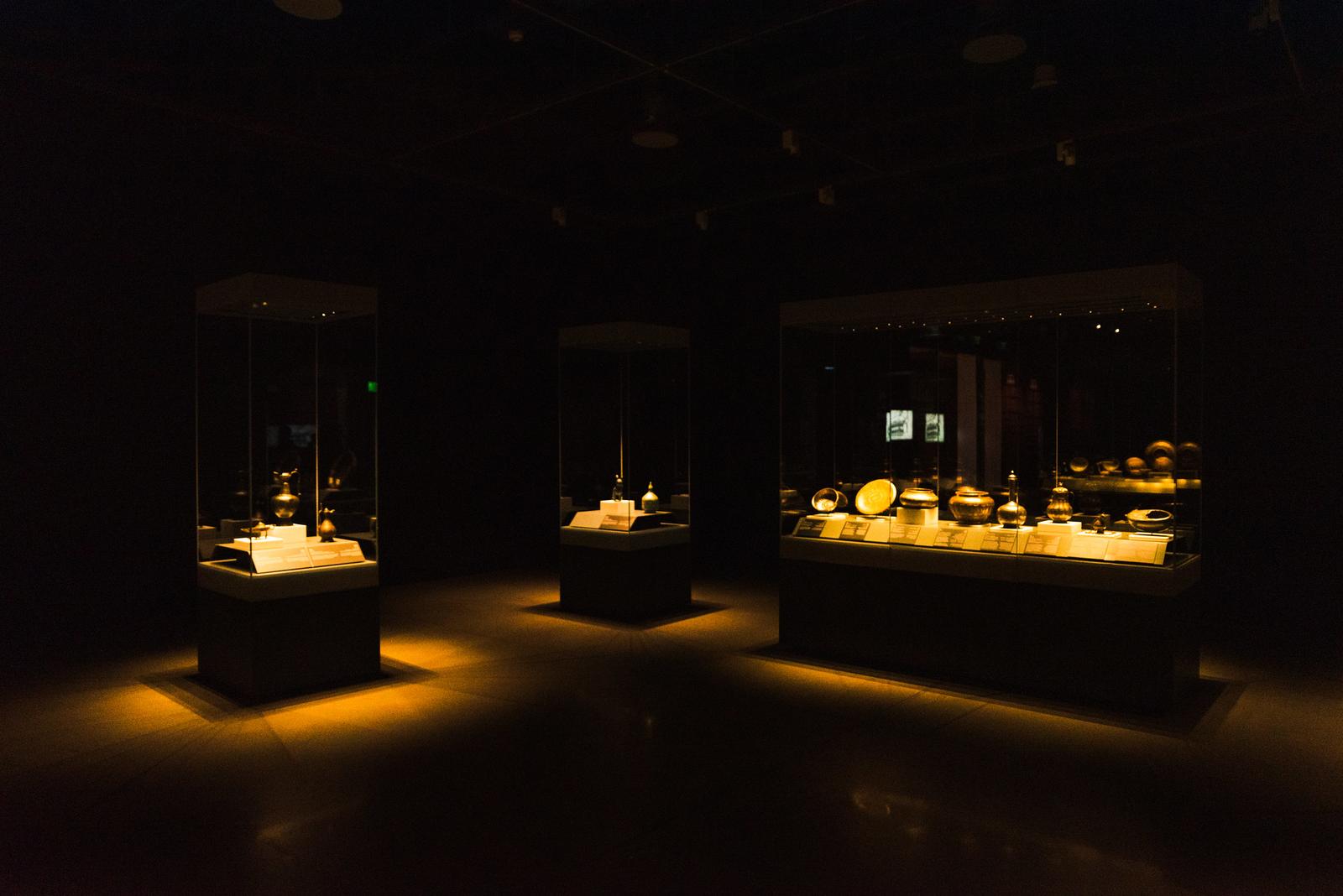
Sunset on the Fort
After more than three hours hiding from the sun in my hotel room, it’s time to go chase the sunset - and there’s no other place having a better vantage point than Muttrah Fort for this occasion.
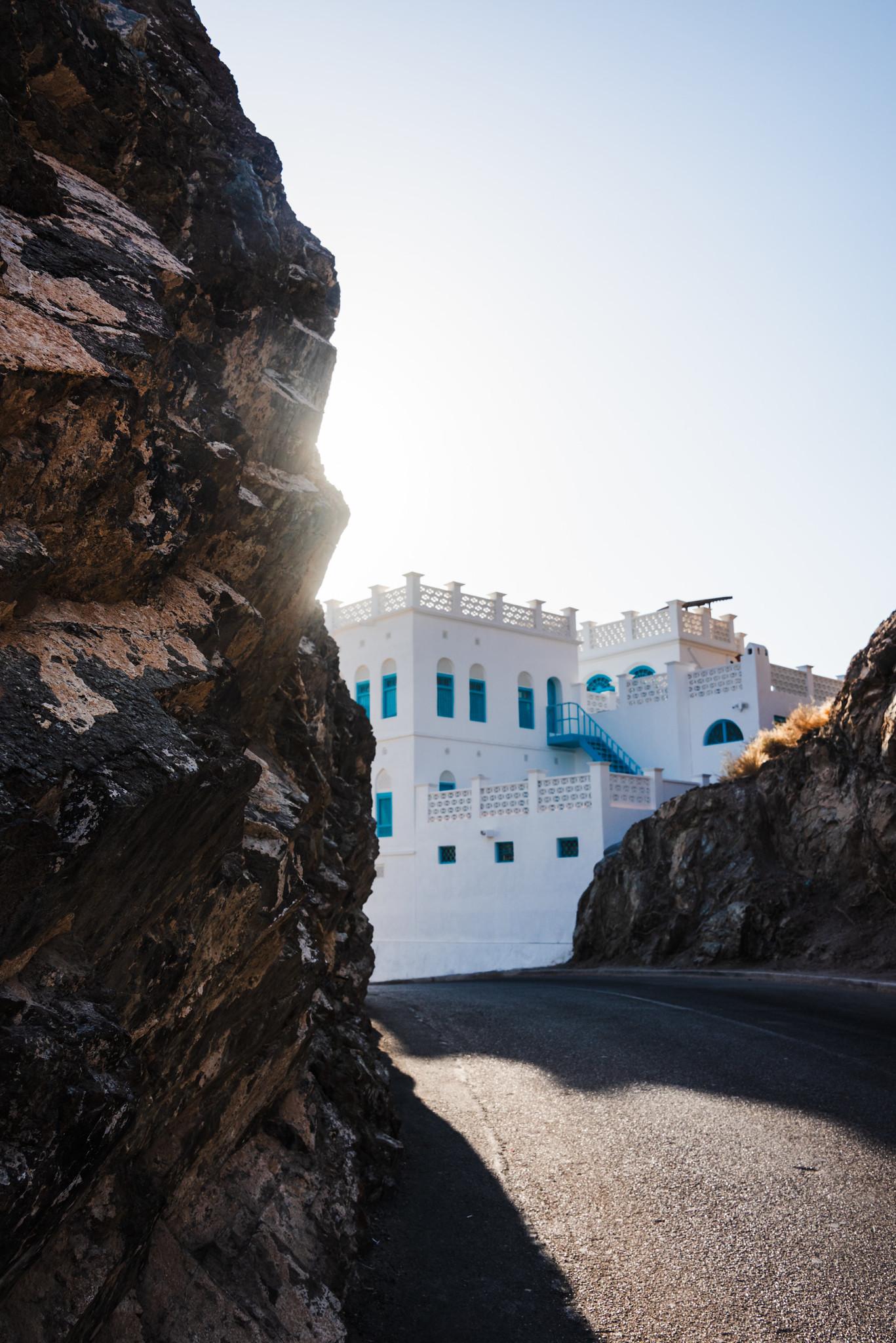
The entrance fee for foreign visitors is 3 OMR - not too expensive for such a great spot. There’s also a small café here for relaxing. The fort is open from 8am till 11pm, so there’s no need to worry too much about timing.
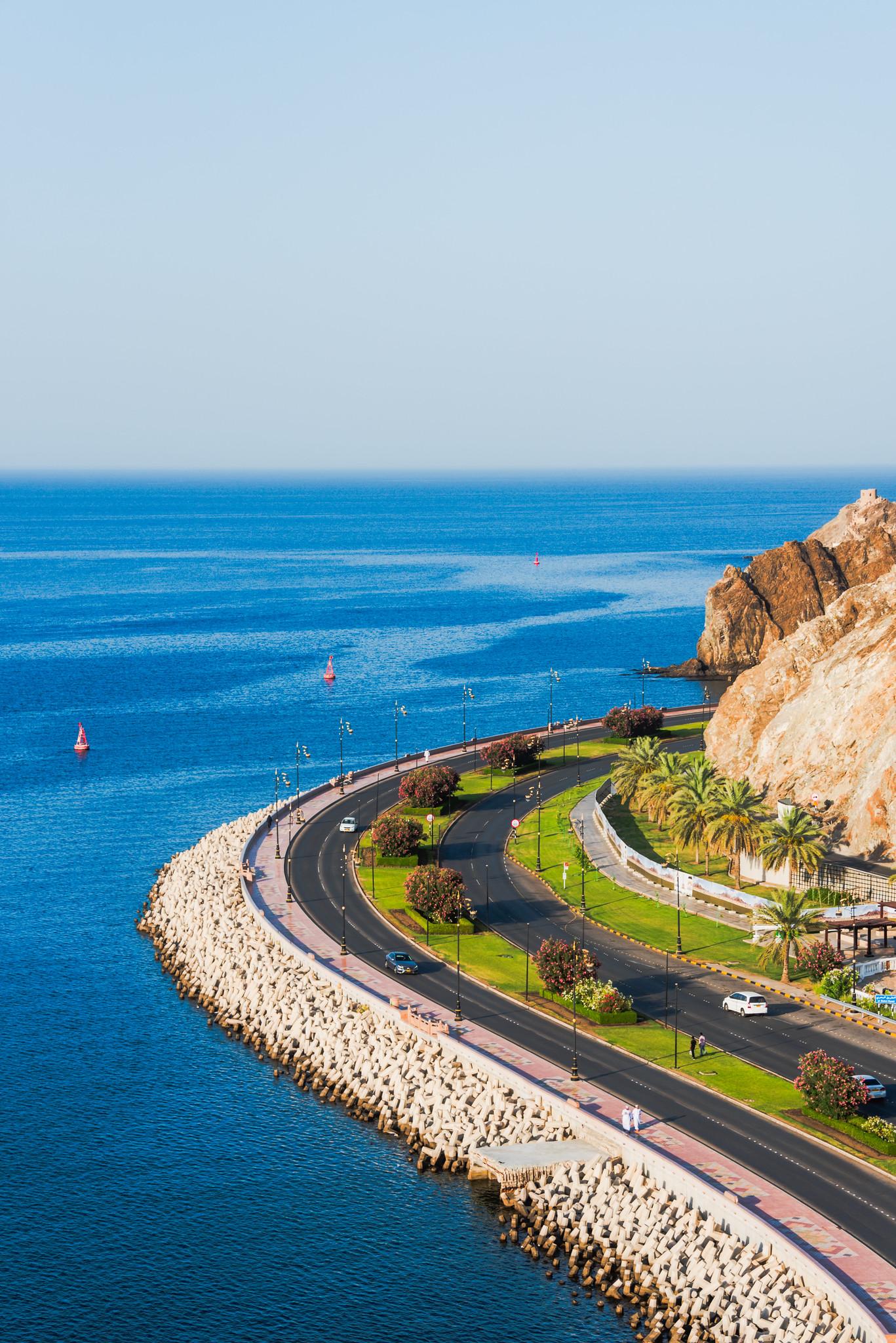
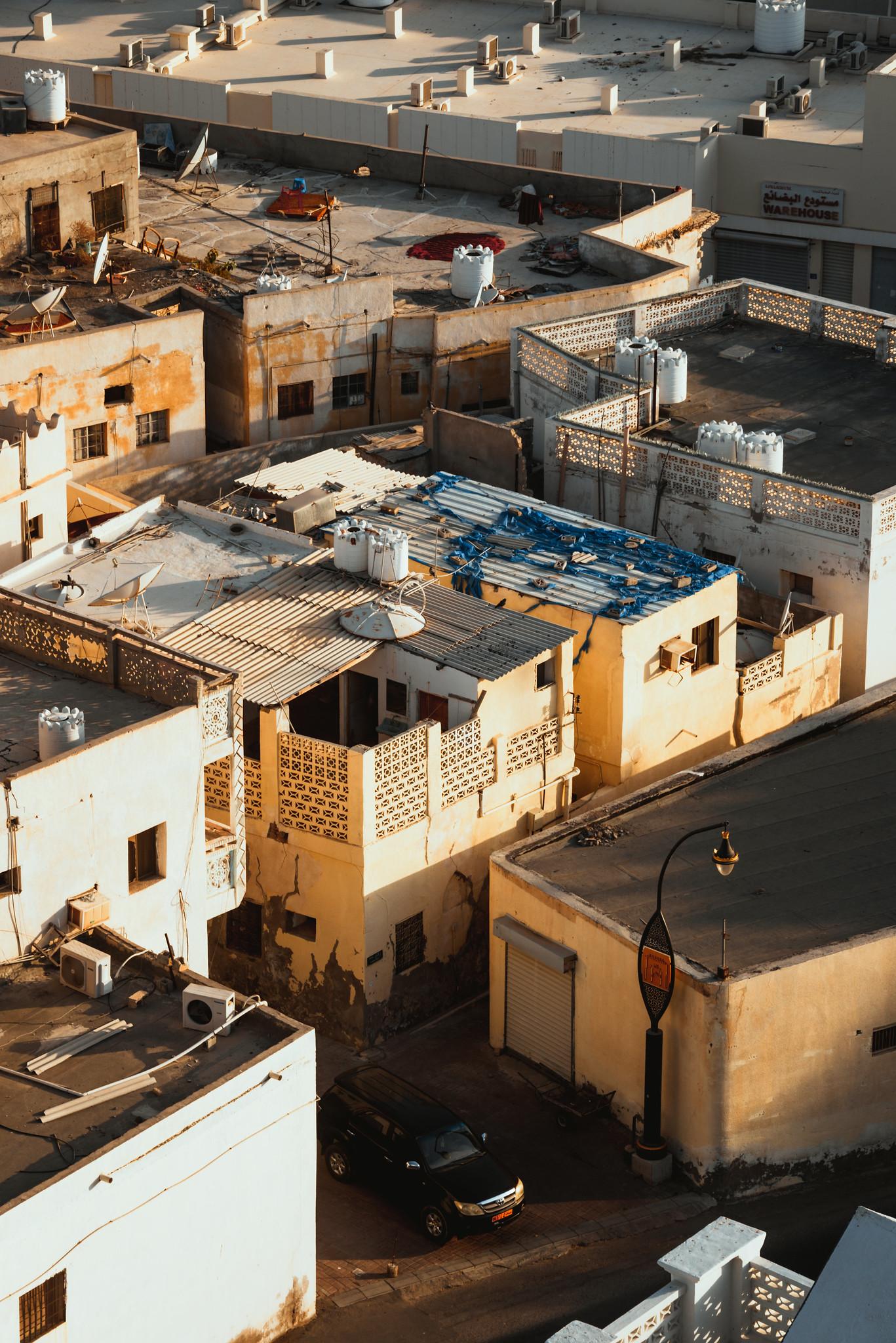
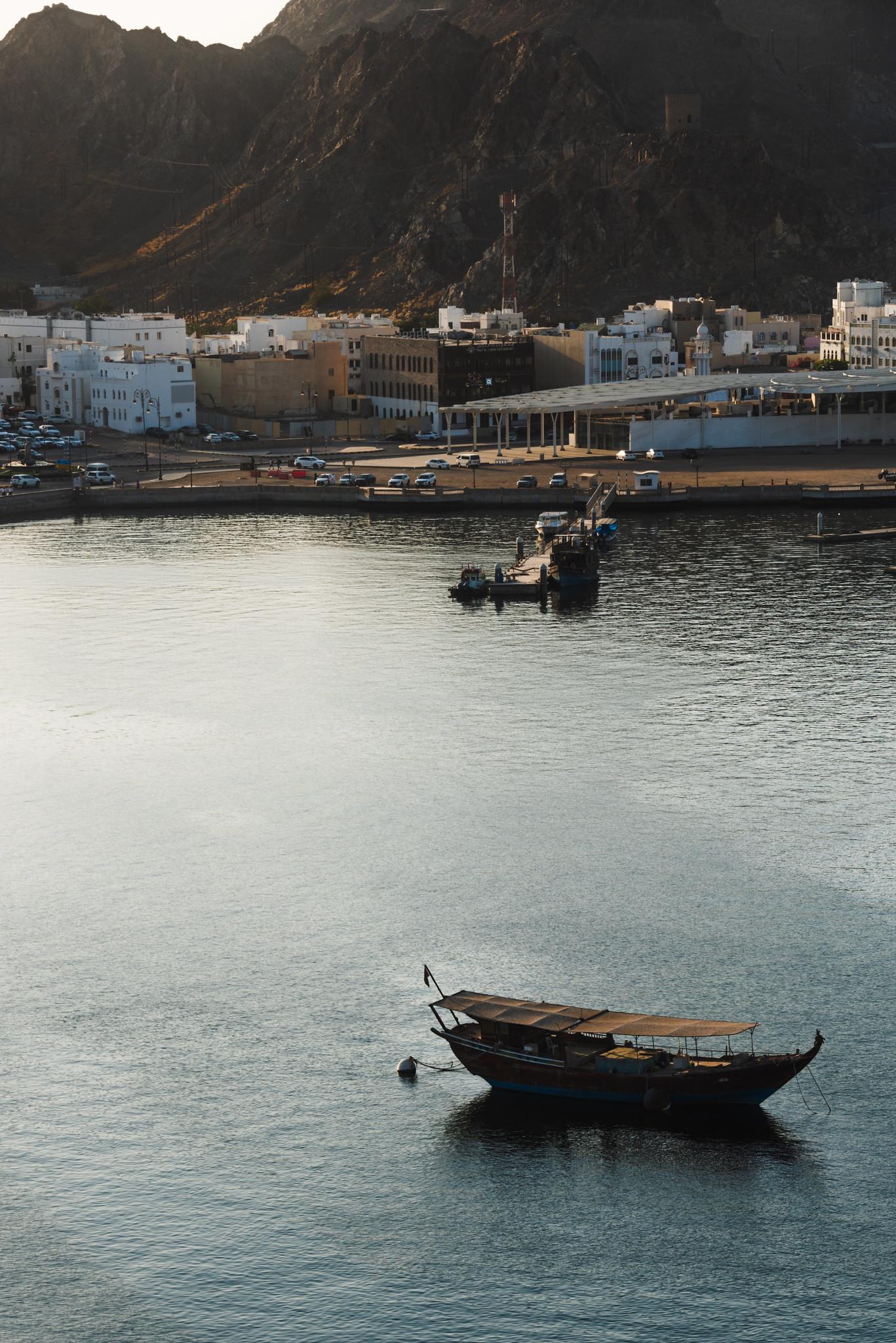
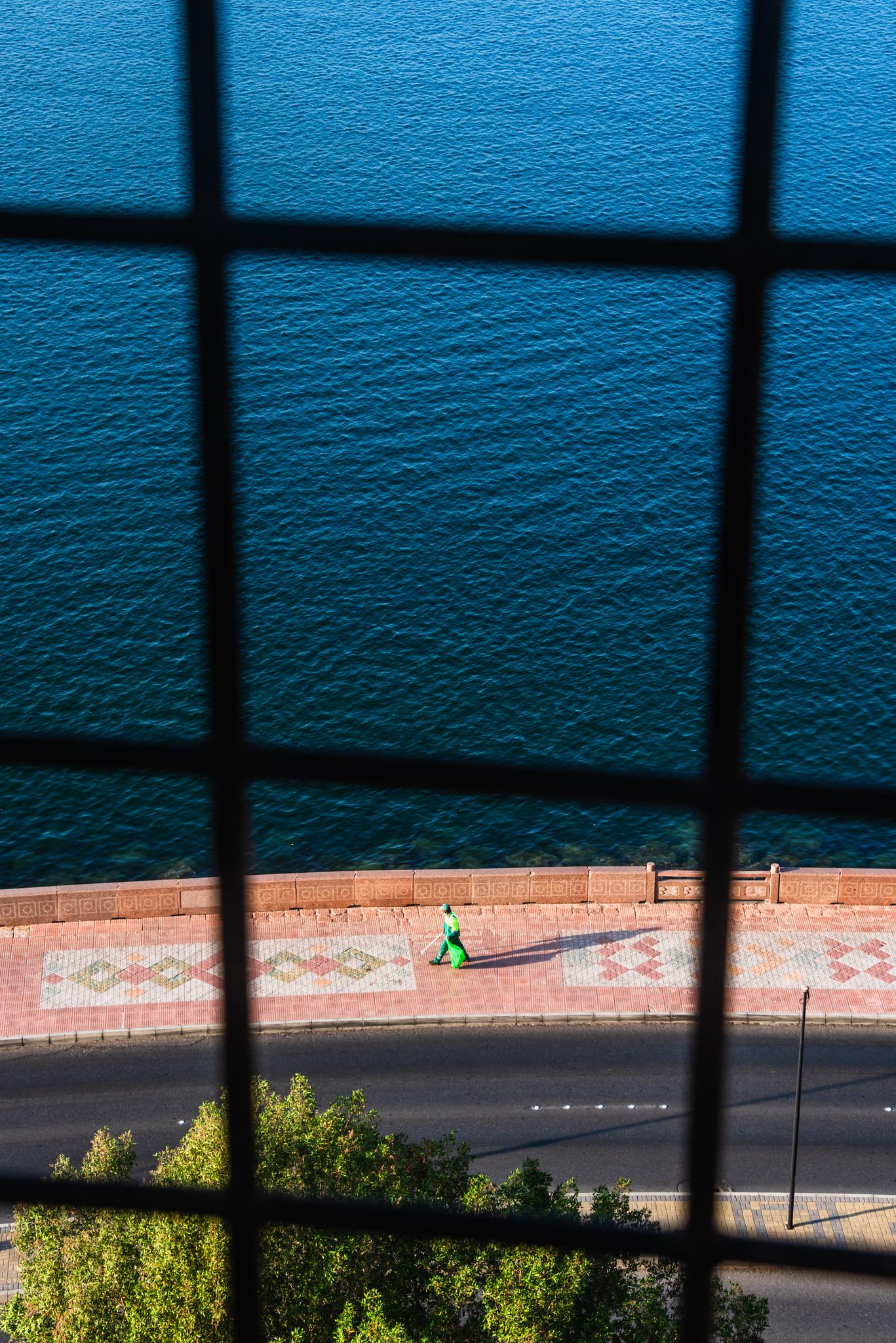
When I arrived, the place was still quiet so I could freely wander up and down the fort’s levels. From here, I could see the cars moving along the coastal road below looking like slow-moving dots, and further out laid the calm, deep-blue sea. Right at the spot where the sun would set, the minaret of Al Rasool Al A’dham Mosque stood out among the white-painted buildings by the shore - this would be a typical taken photo when visiting Muscat.
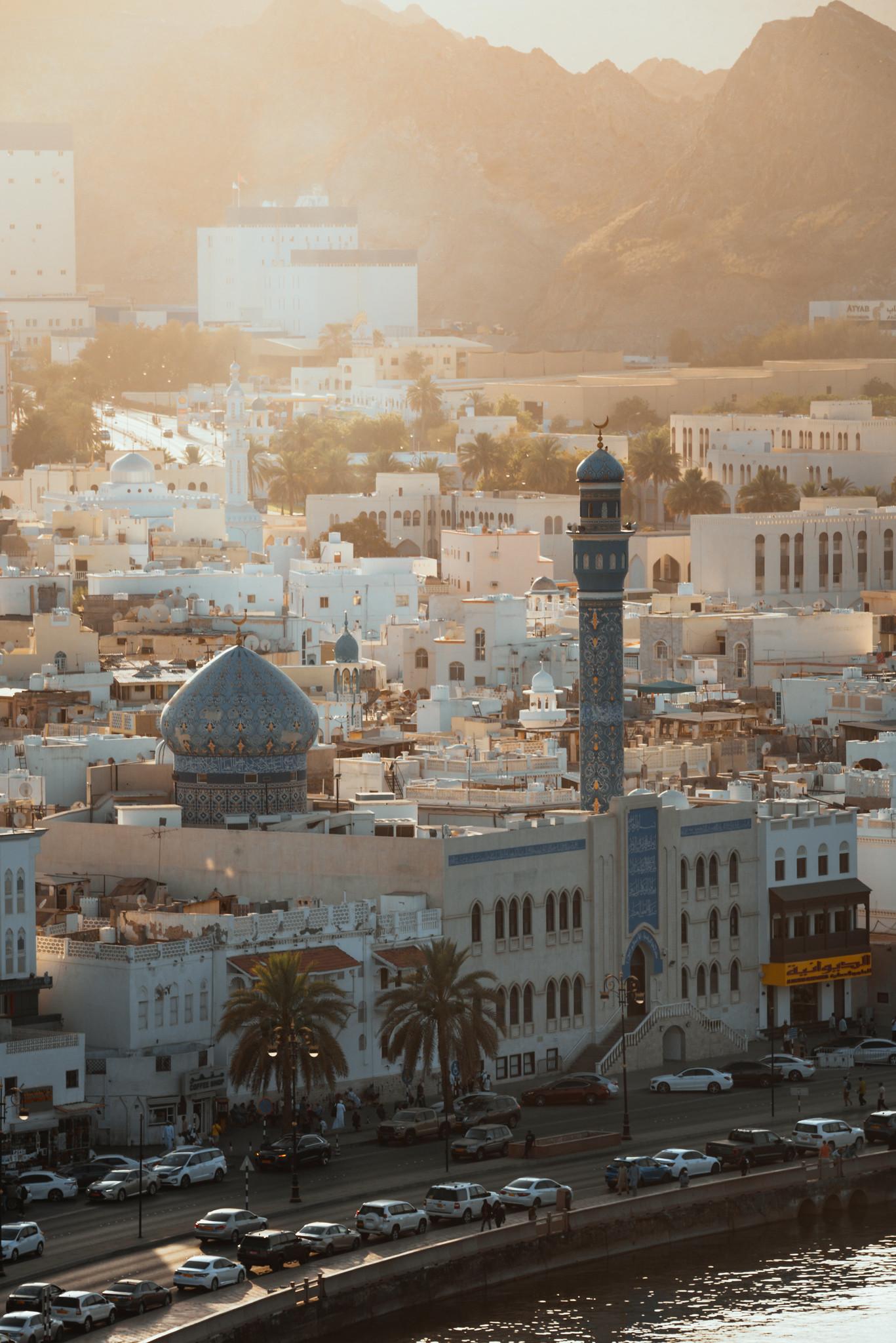
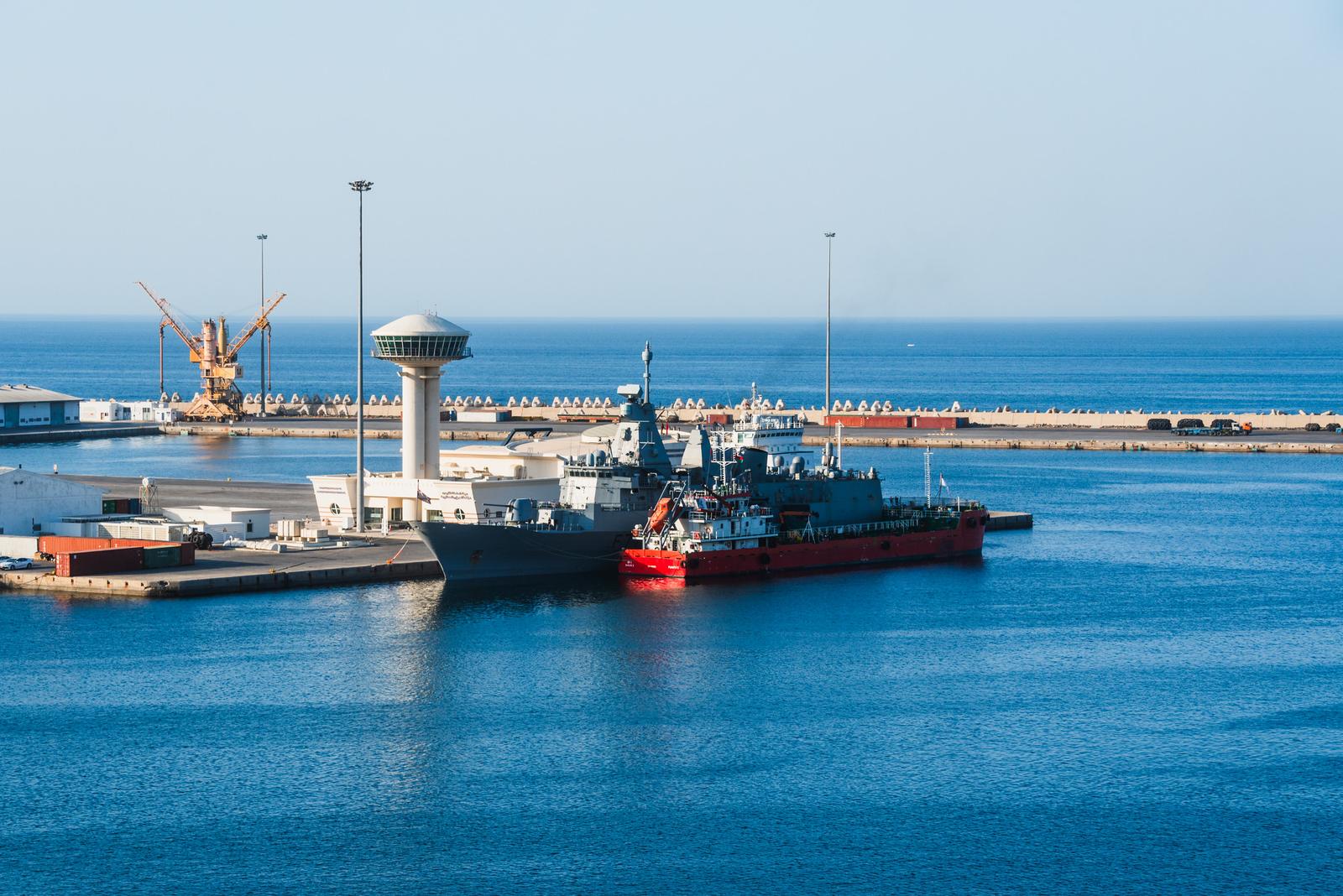
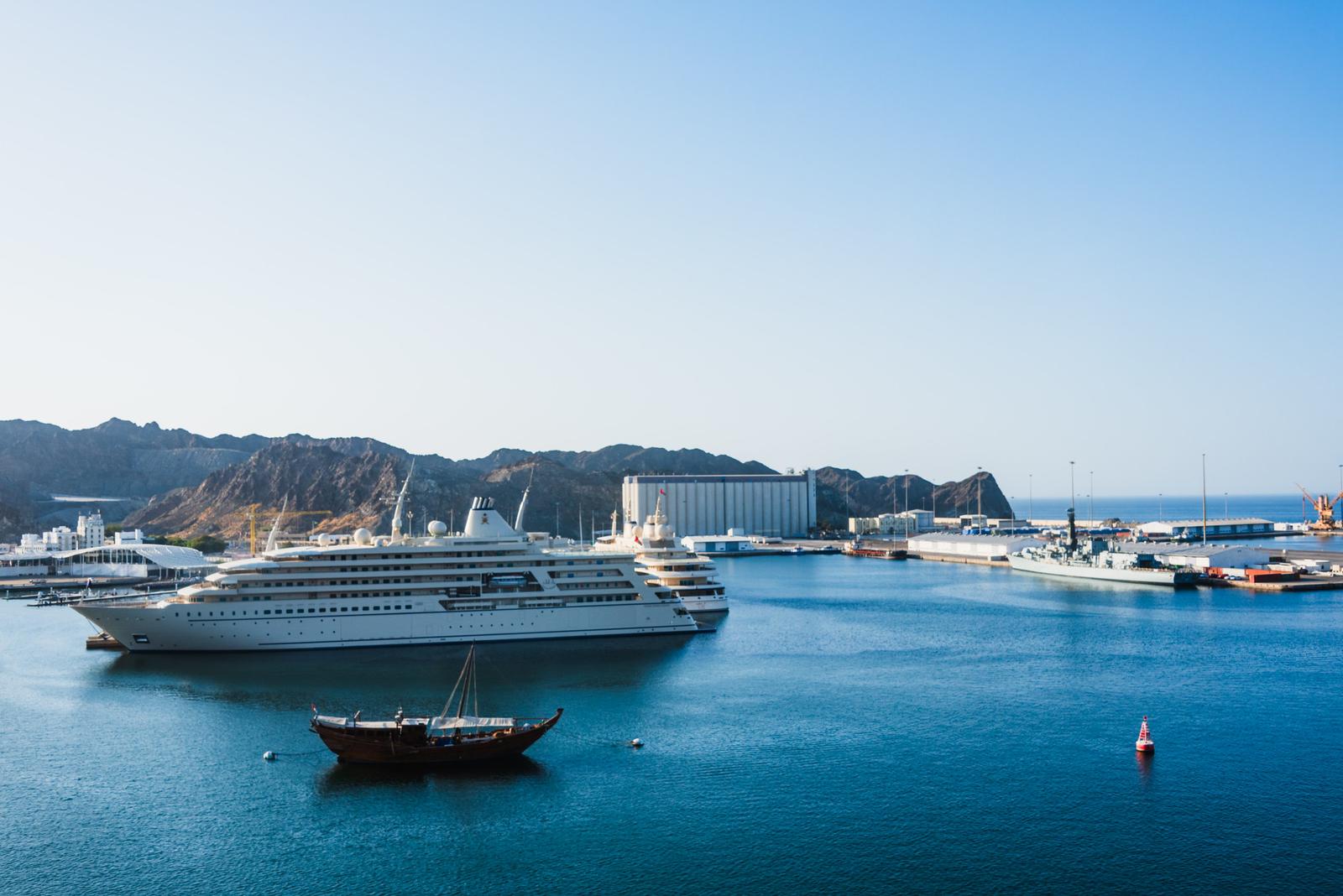
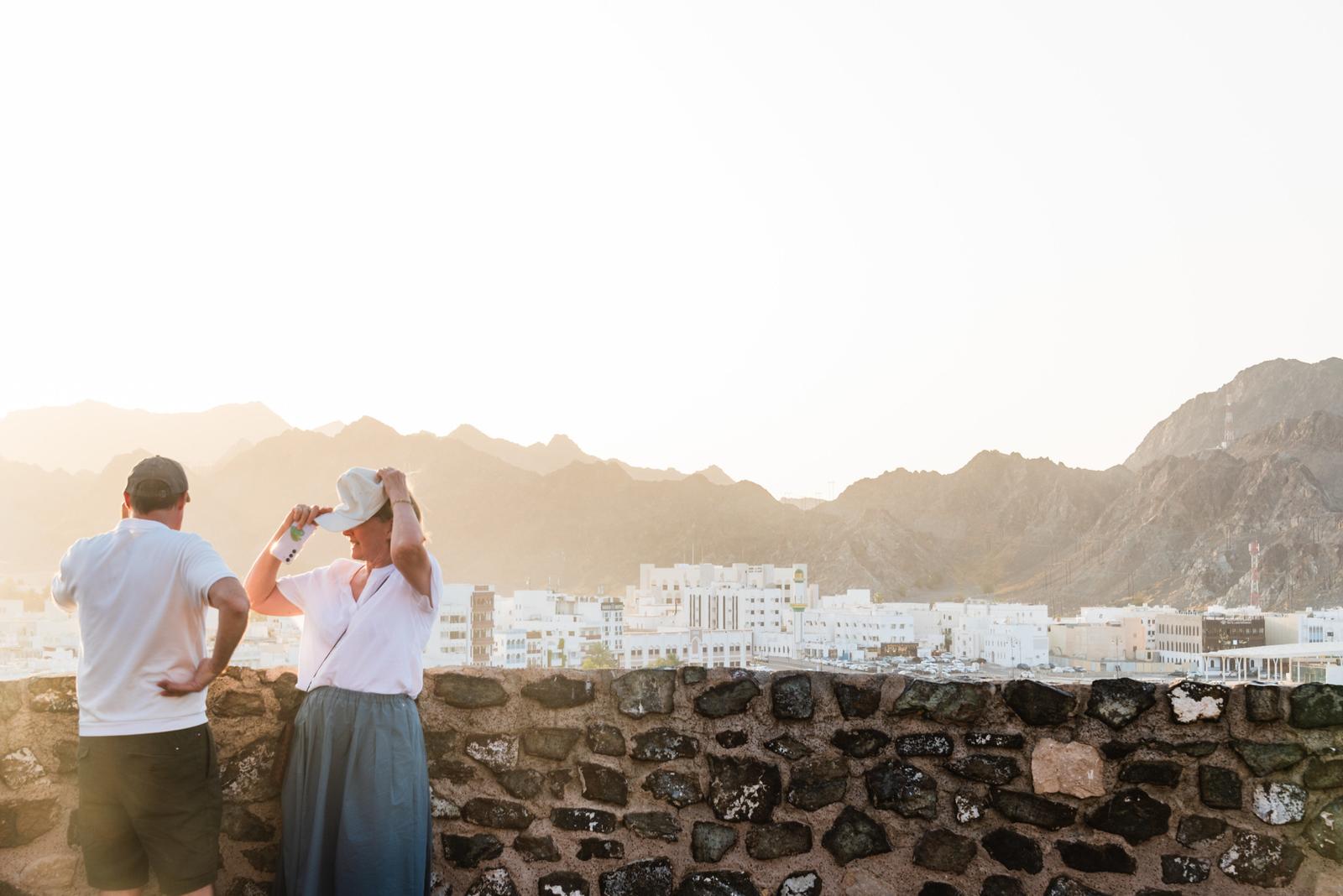
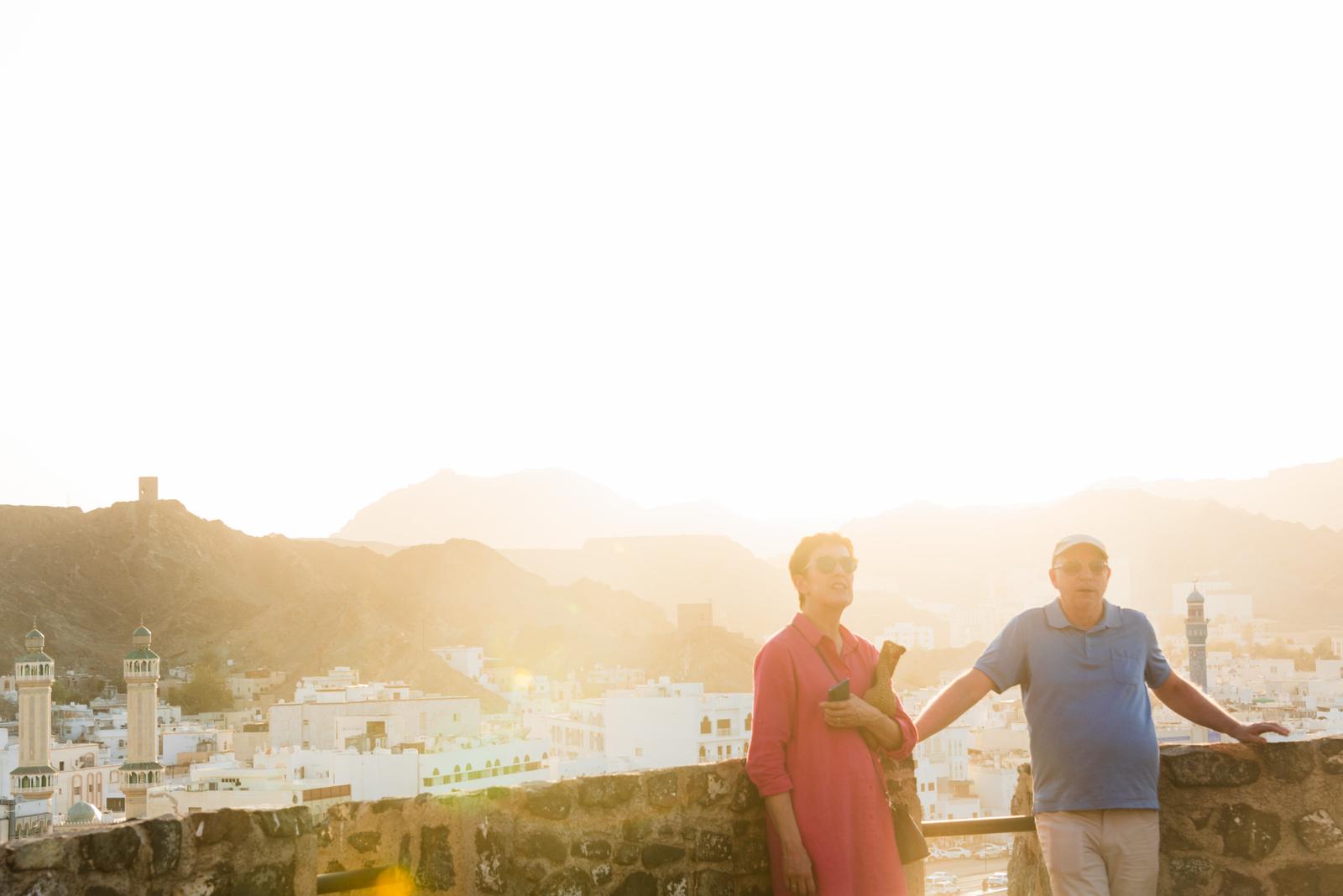
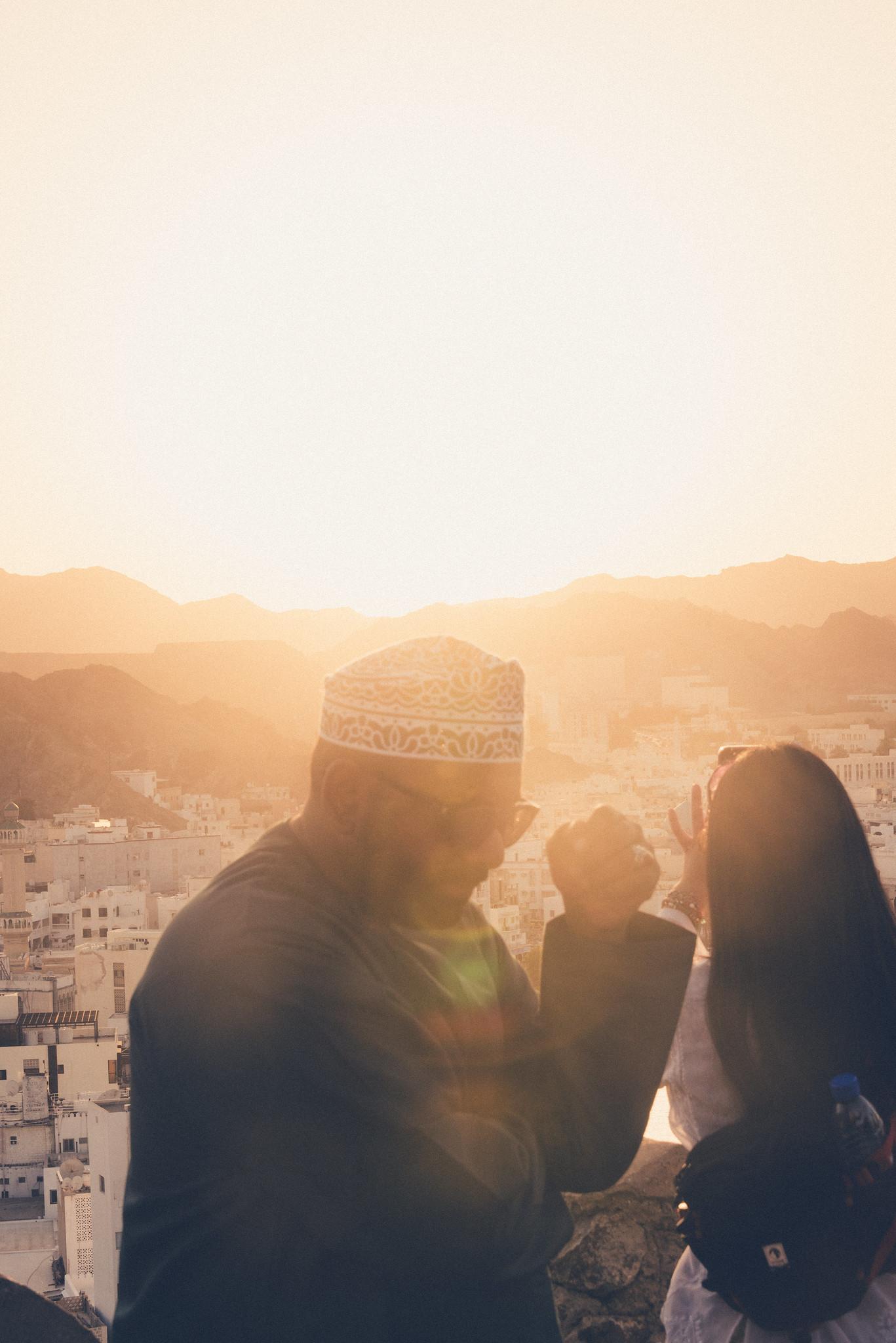
As the sun began setting, I knew for sure it would be a beautiful sunset. Sunsets, in this arid land and under a cloudless blue sky, will always be dressed in their finest, most vibrant colors.
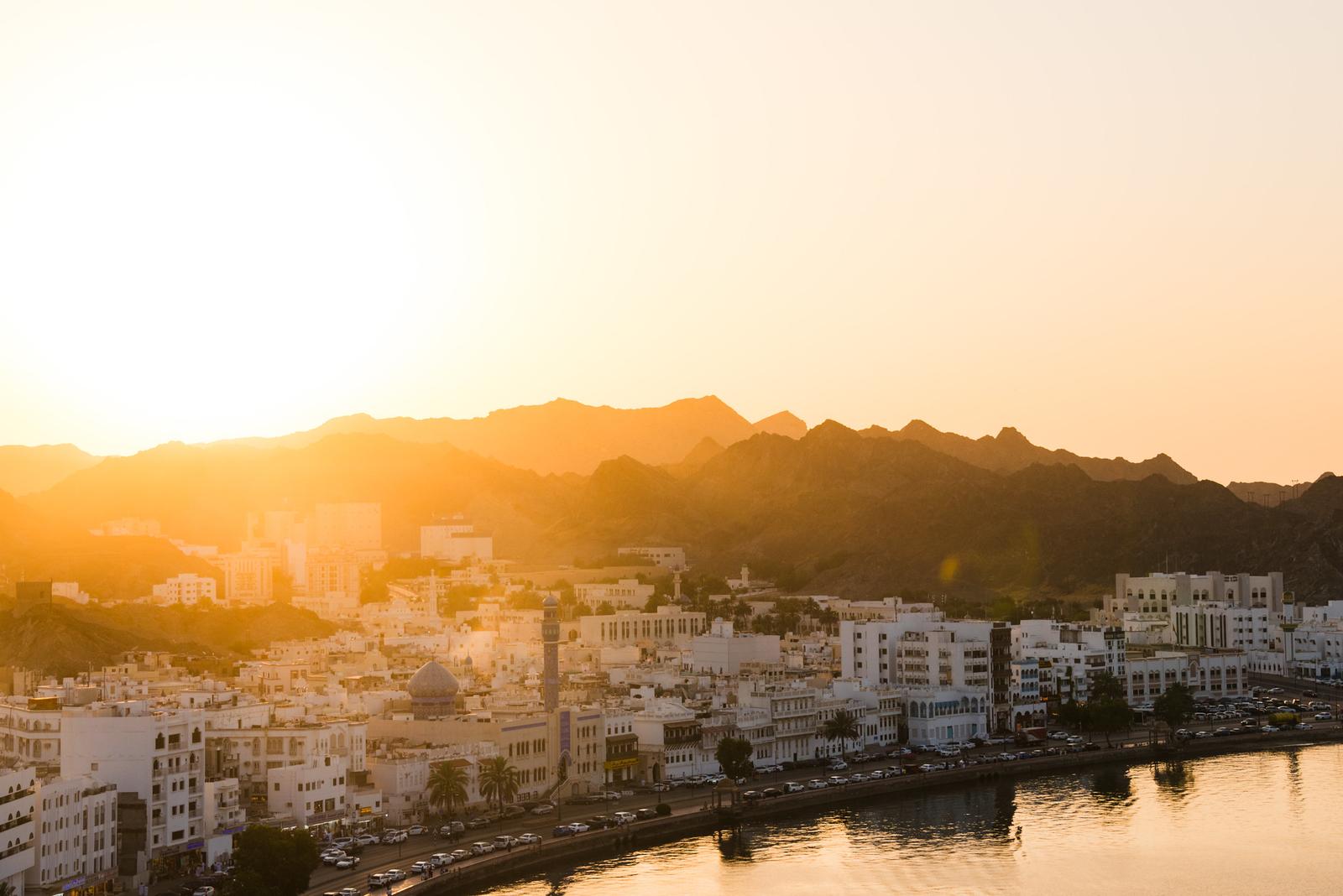
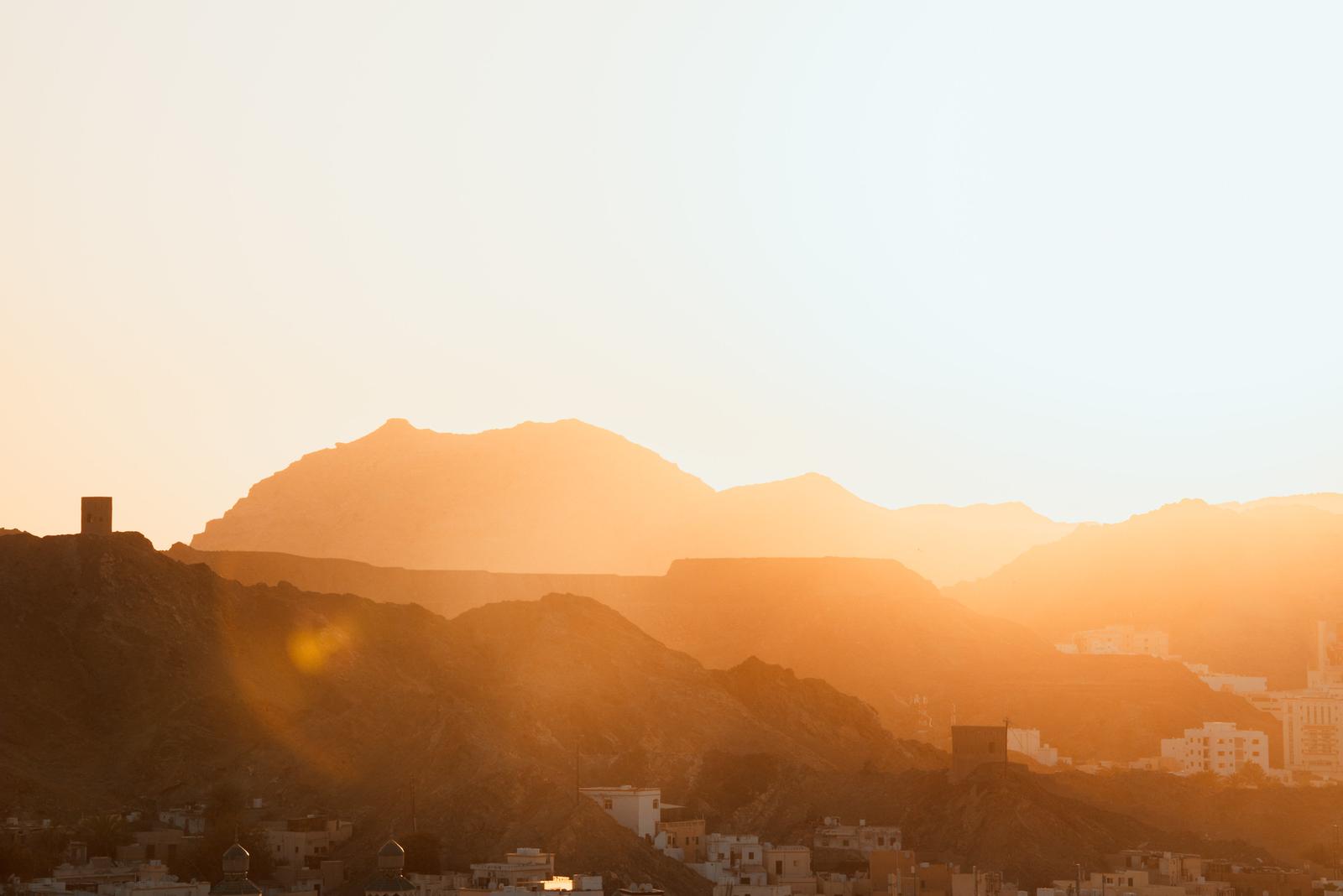
At 6pm, we’d heard the loudspeakers echoing the Maghrib prayers across the city, a truly special moment, when the beauty of nature blends with the creations made by human spirit.
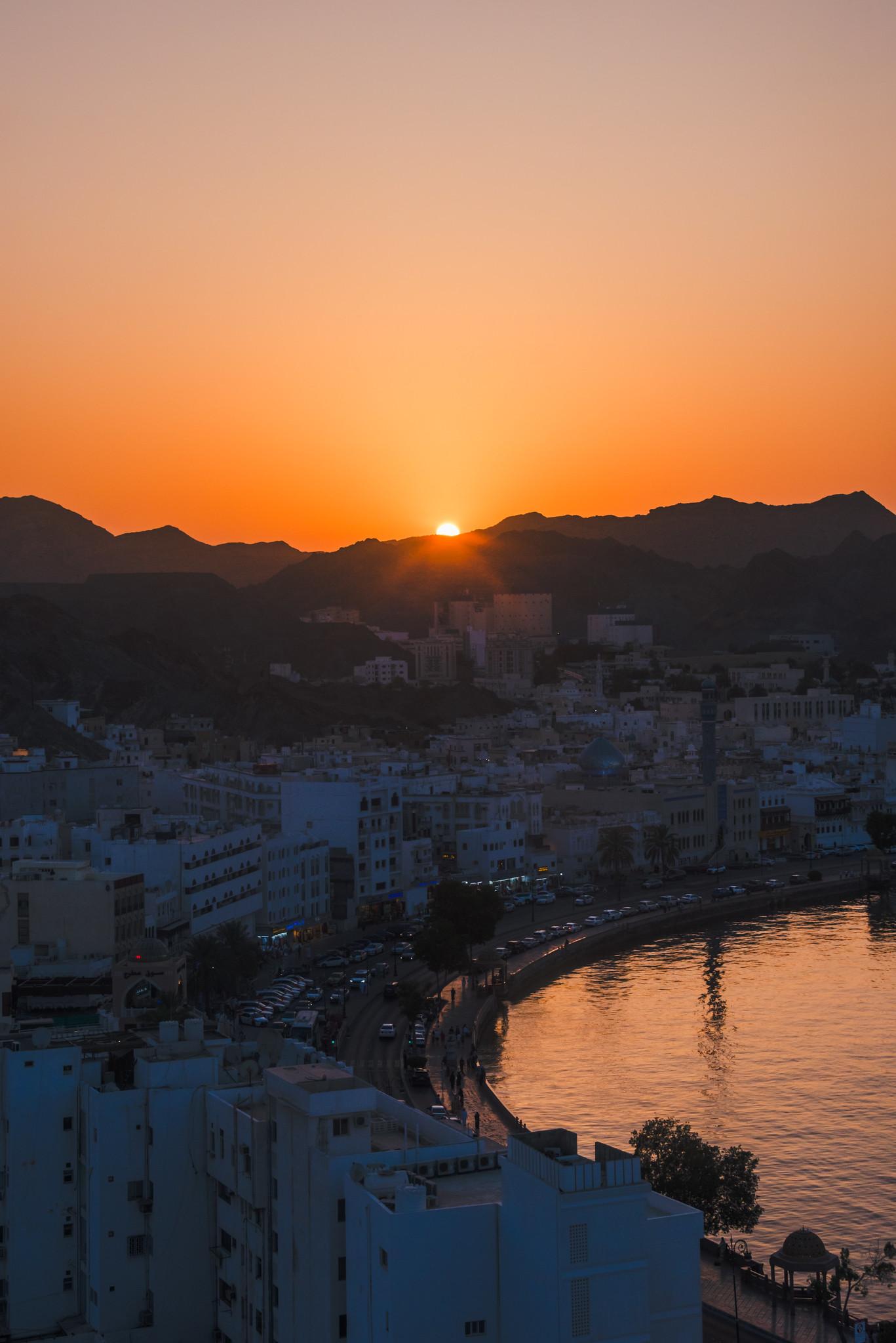
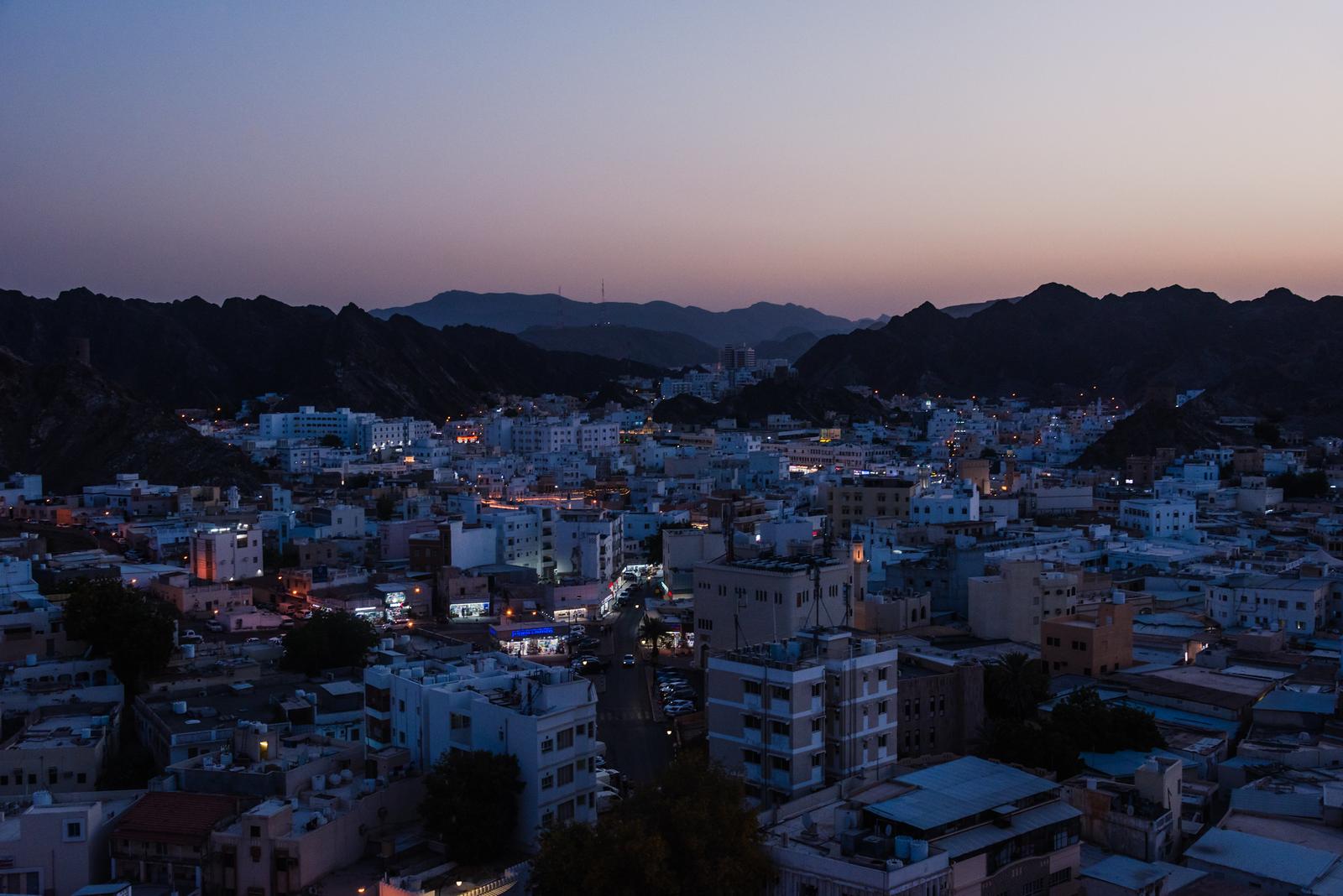
The sky gradually turned violet, then deep blue. As usual, I was the one who stood until the very end of the sunset, quietly hoping for a breathtaking moment.
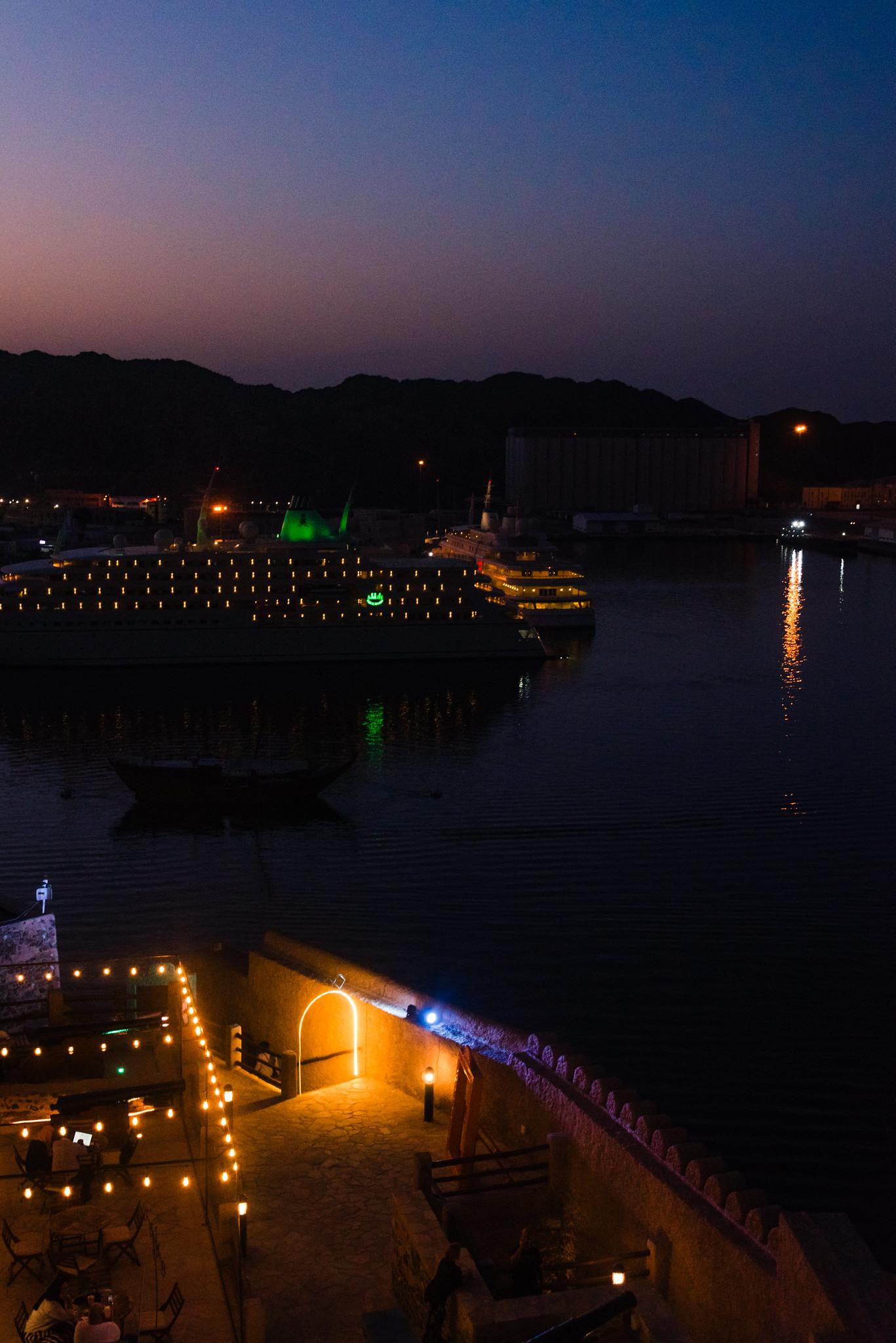
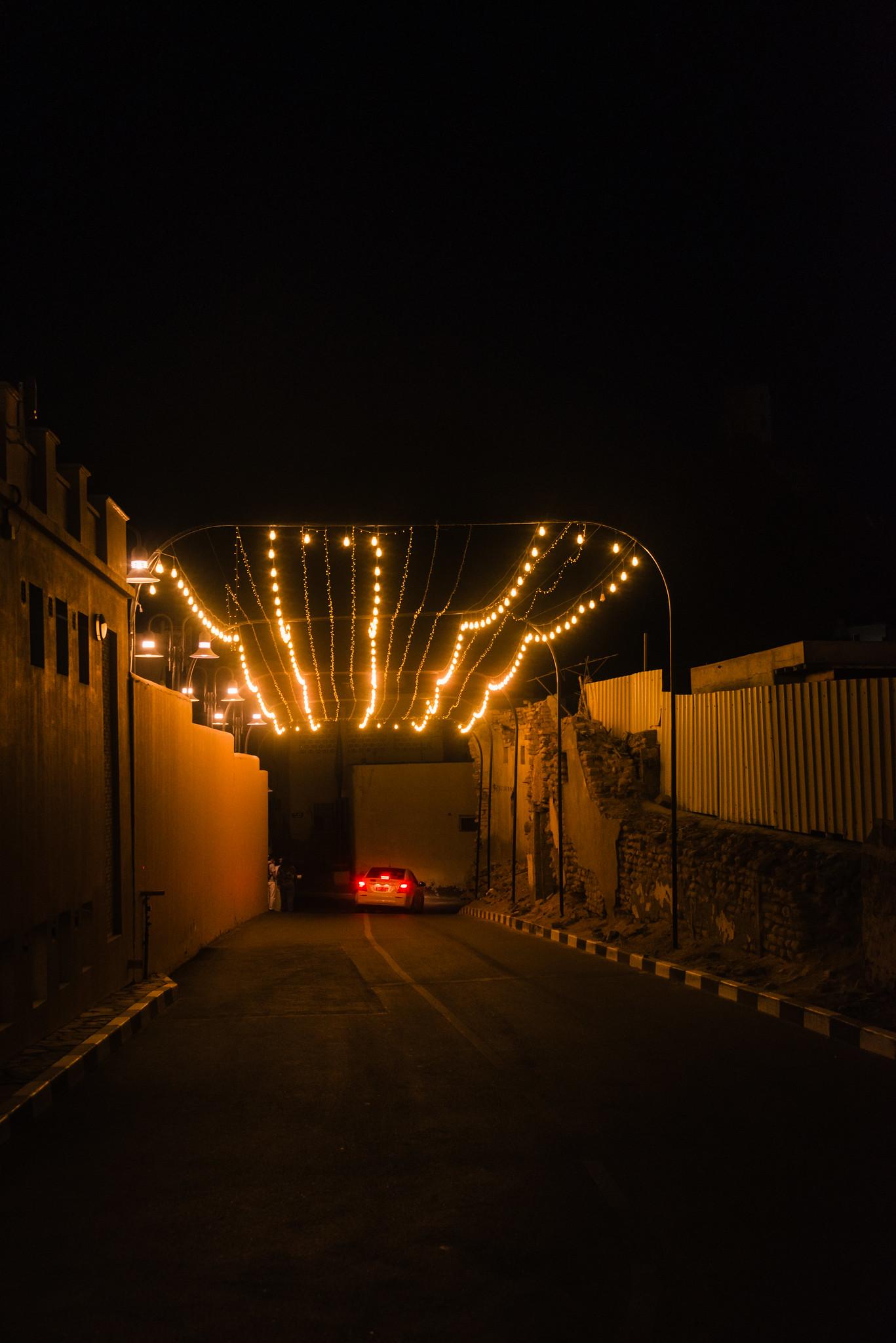
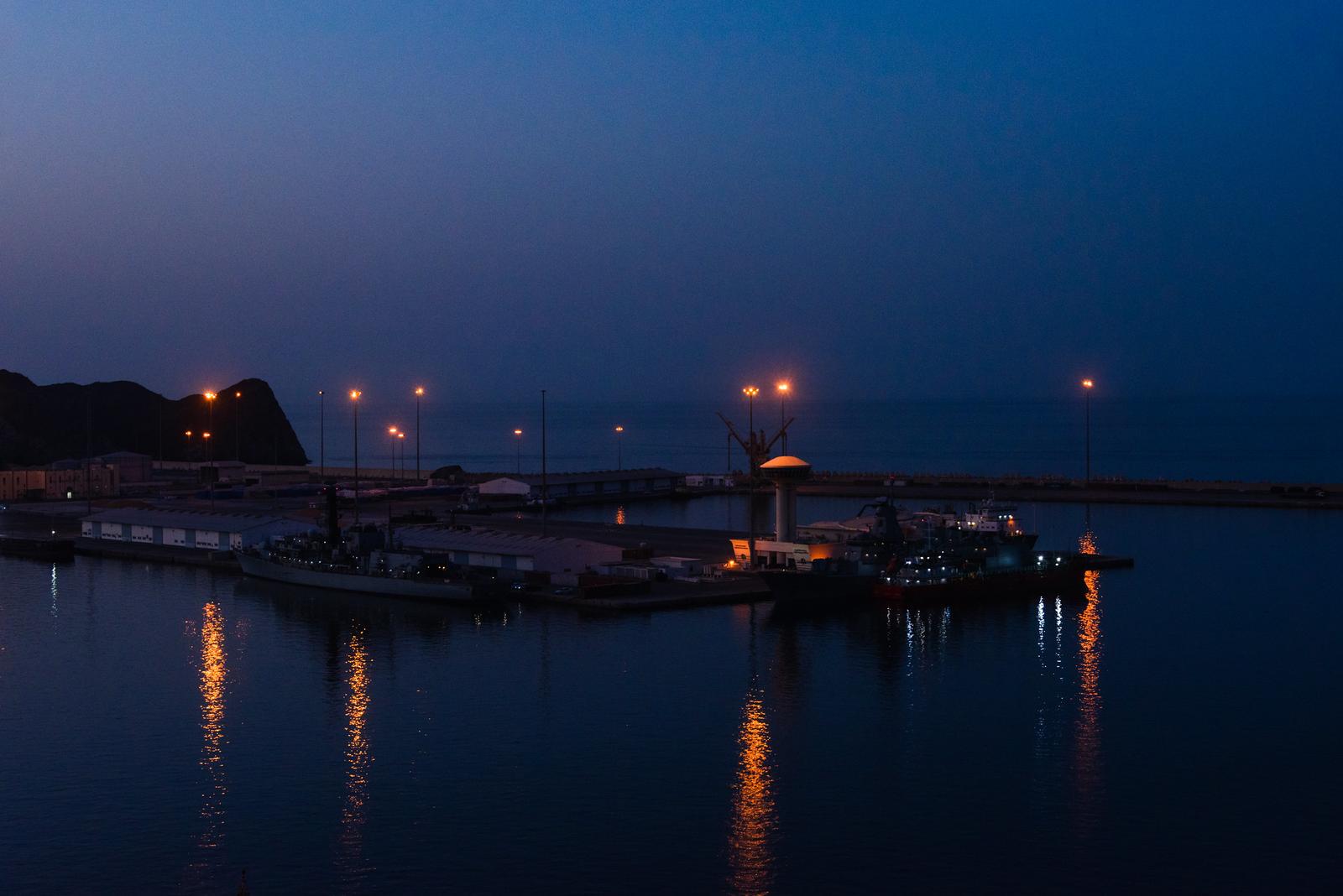
The Heartbeat of the City
On the day I returned from Sur - an arduous journey - I only had a few hours of rest at midday before heading to Muscat Grand Mall to buy a new pair of shoes to replace my worn-out ones. It’s truly ‘grand’ as you never seem to finish an entire floor walk, but the number of visitors didn’t quite match its grandeur; most of them are expatriates, with Filipinos making up the largest group.
Mohammed Al Ameen Mosque
Visiting this mosque was totally a coincidence, I just saw it highly rated on Google Maps, which was enough to add it to my list.
But when I got there, all I could say was ‘wow’. The mosque stood proudly in its own corner, striking with its pure white marble. It felt like a sunset view spot dedicated just for me - the one arriving at 4pm when it’s deserted. It’s surprising that this mosque doesn’t get much attention from tourists, but it’s really really beautiful.
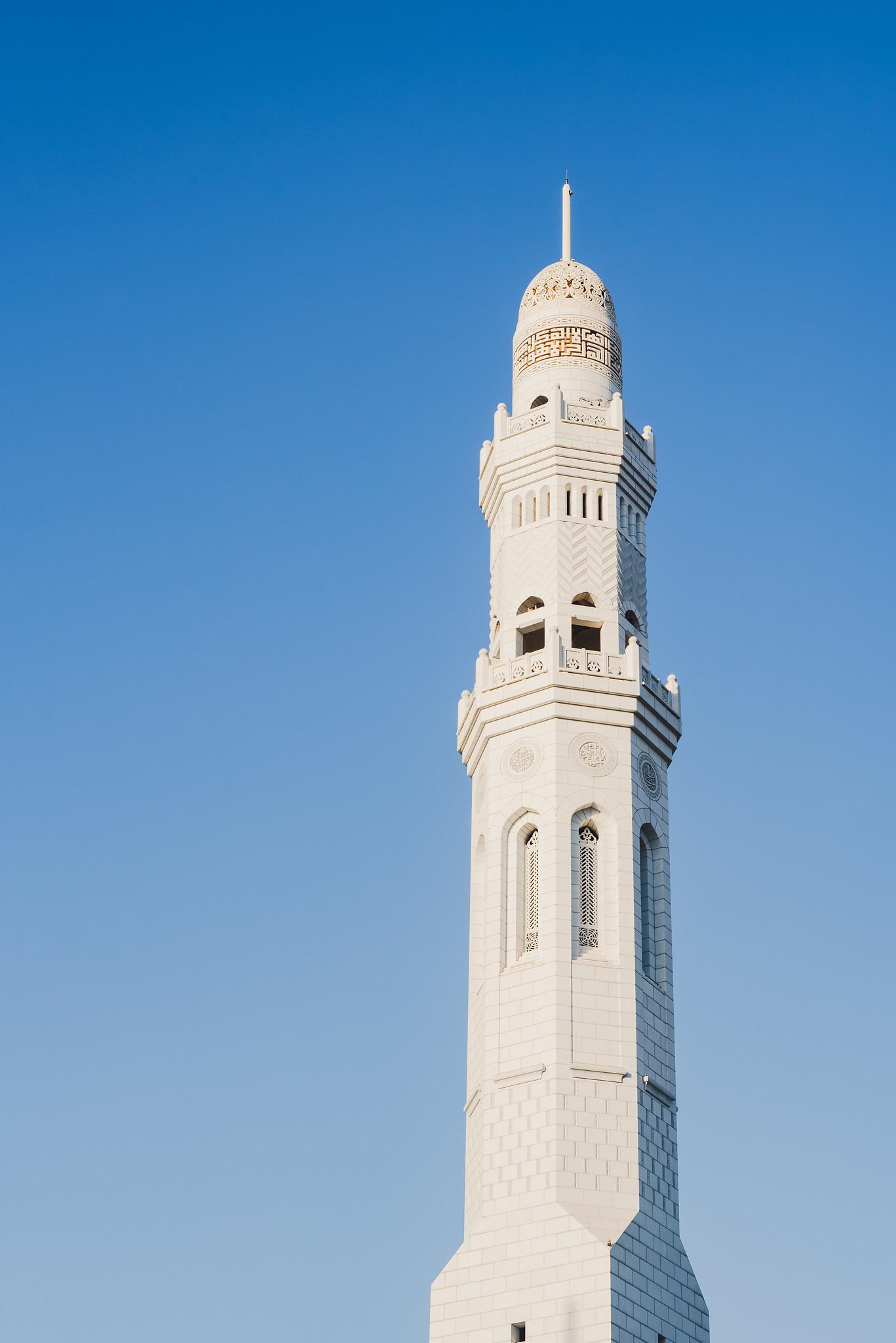
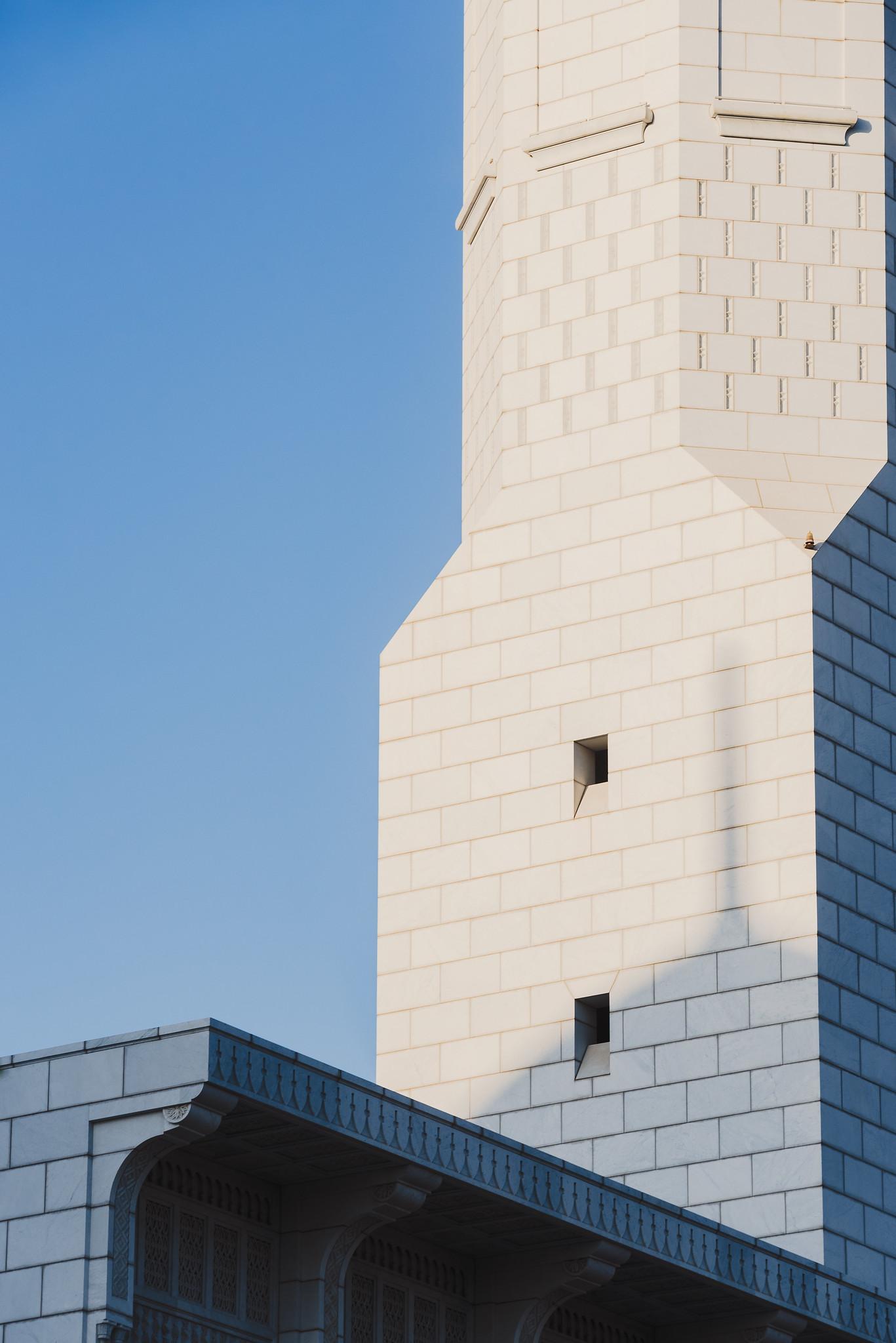
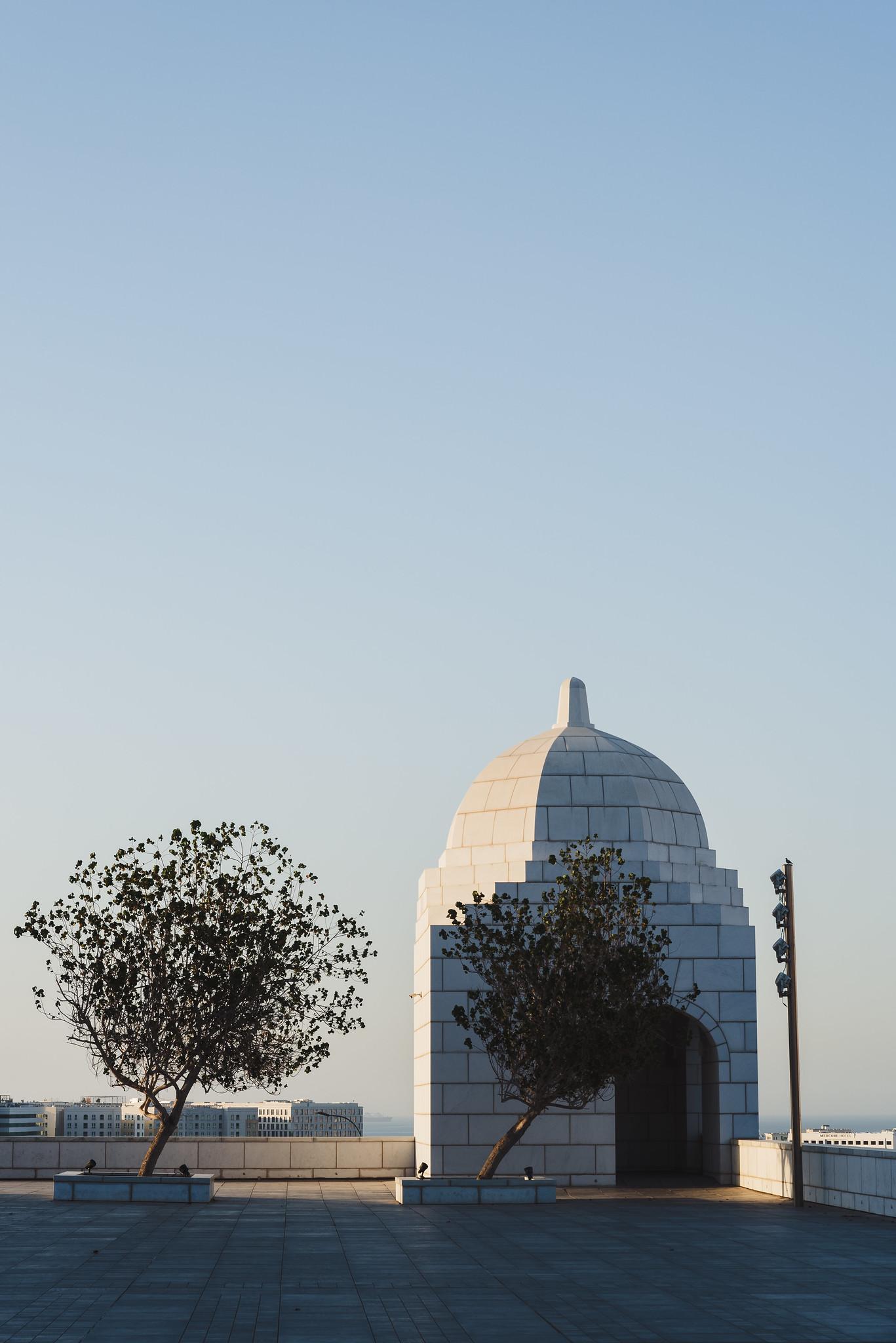
Here we can capture the silhouettes of people…
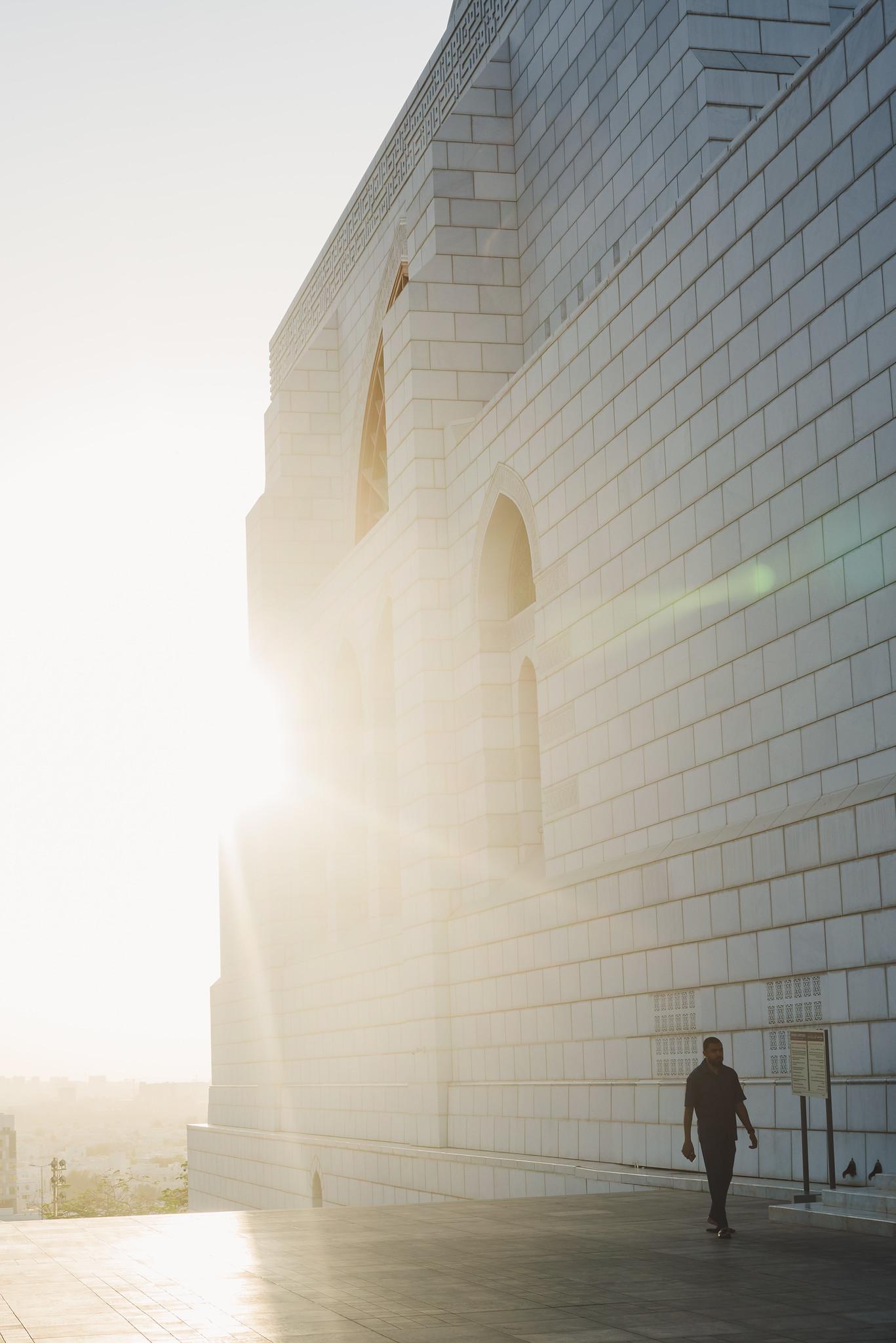
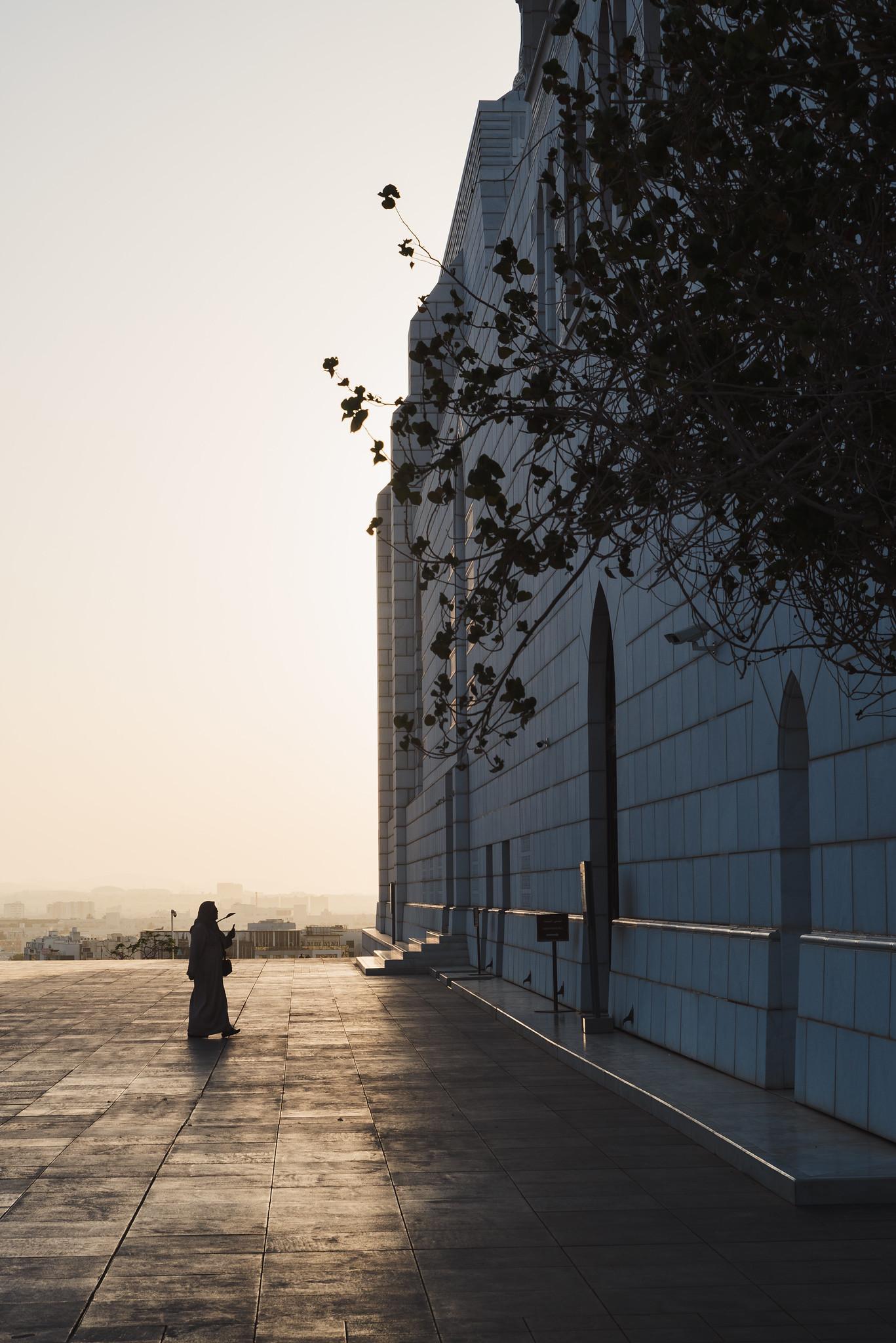
or shots that are unable to fully depict its grandeur and magnificence…


and above all, the sunset:
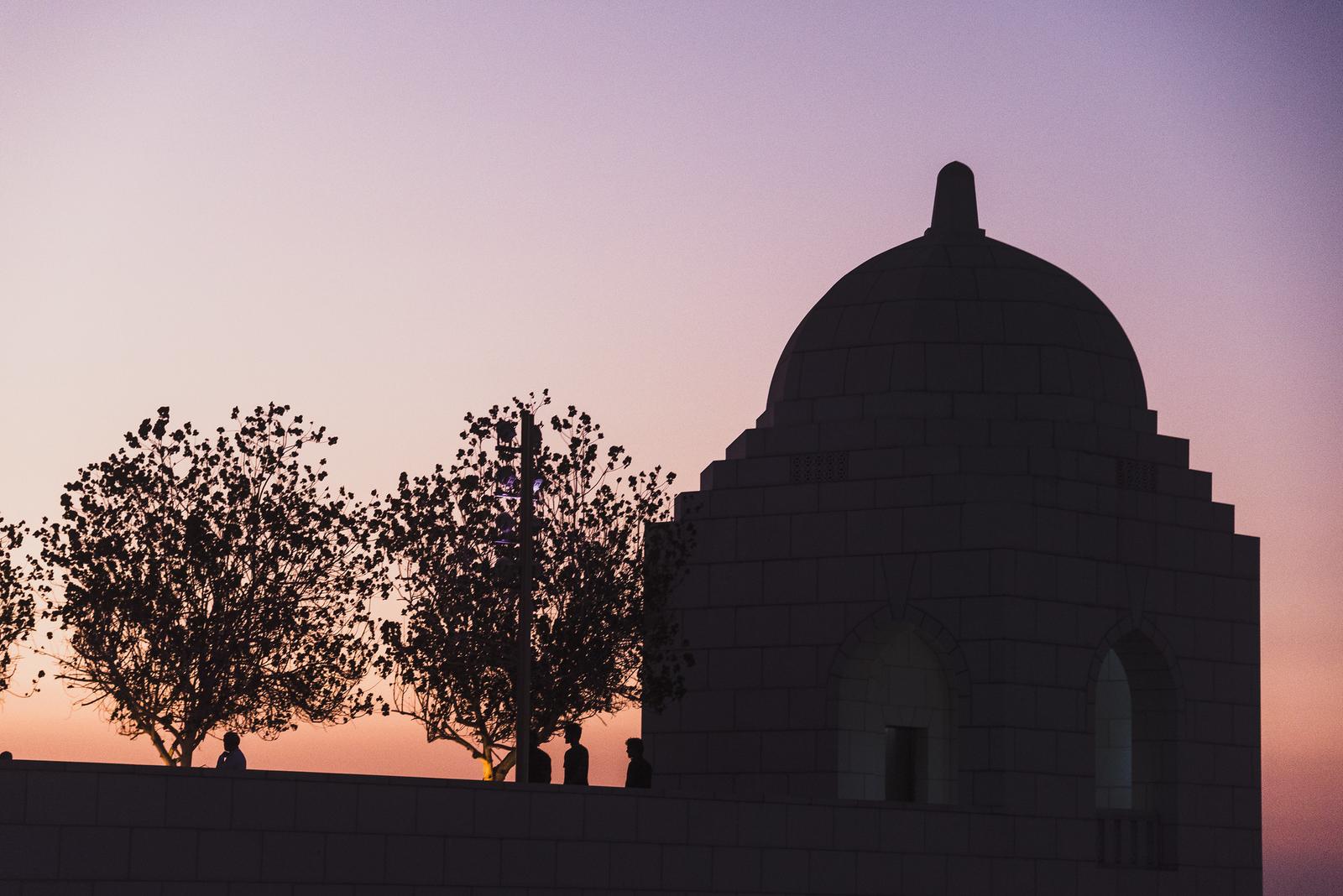
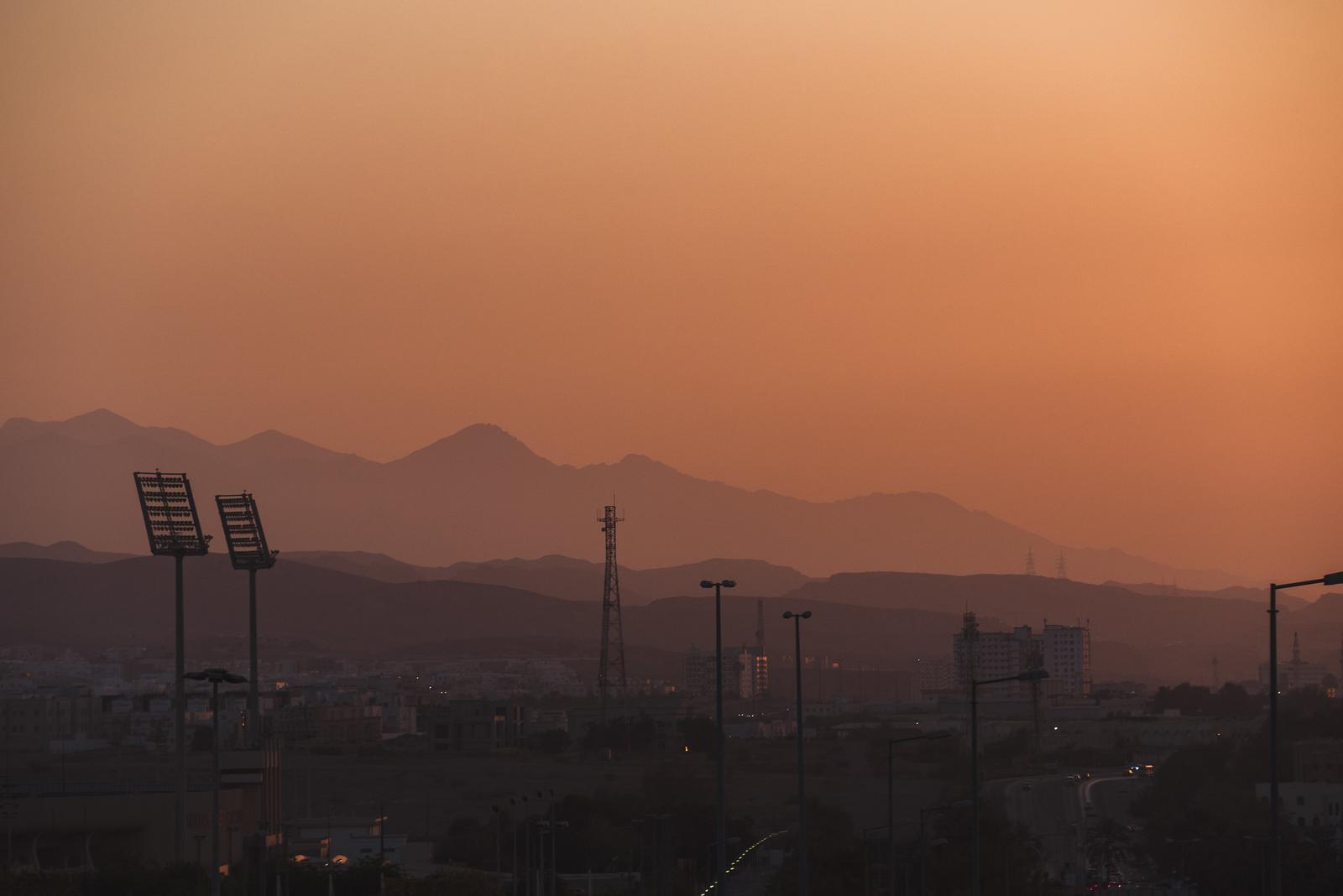
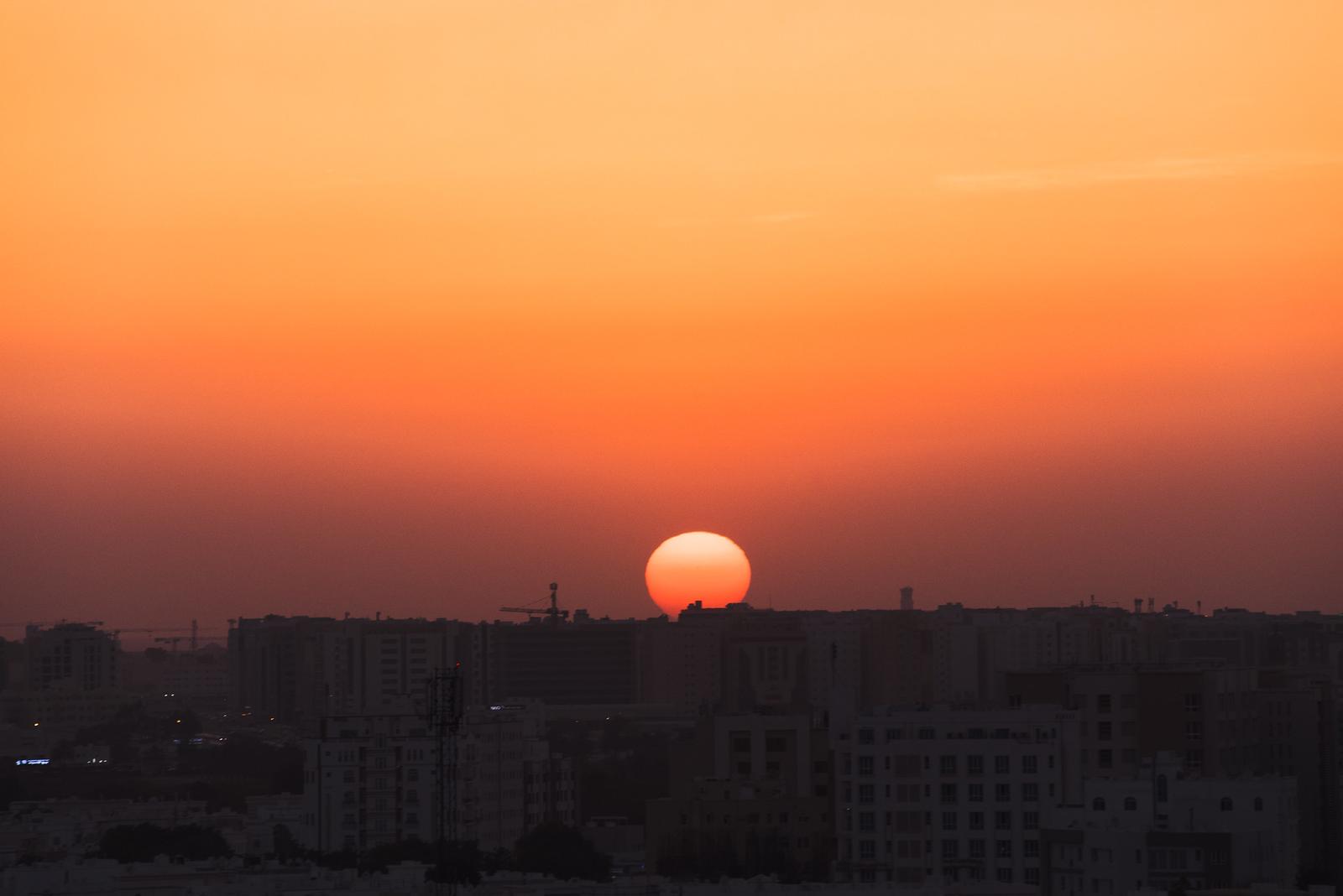
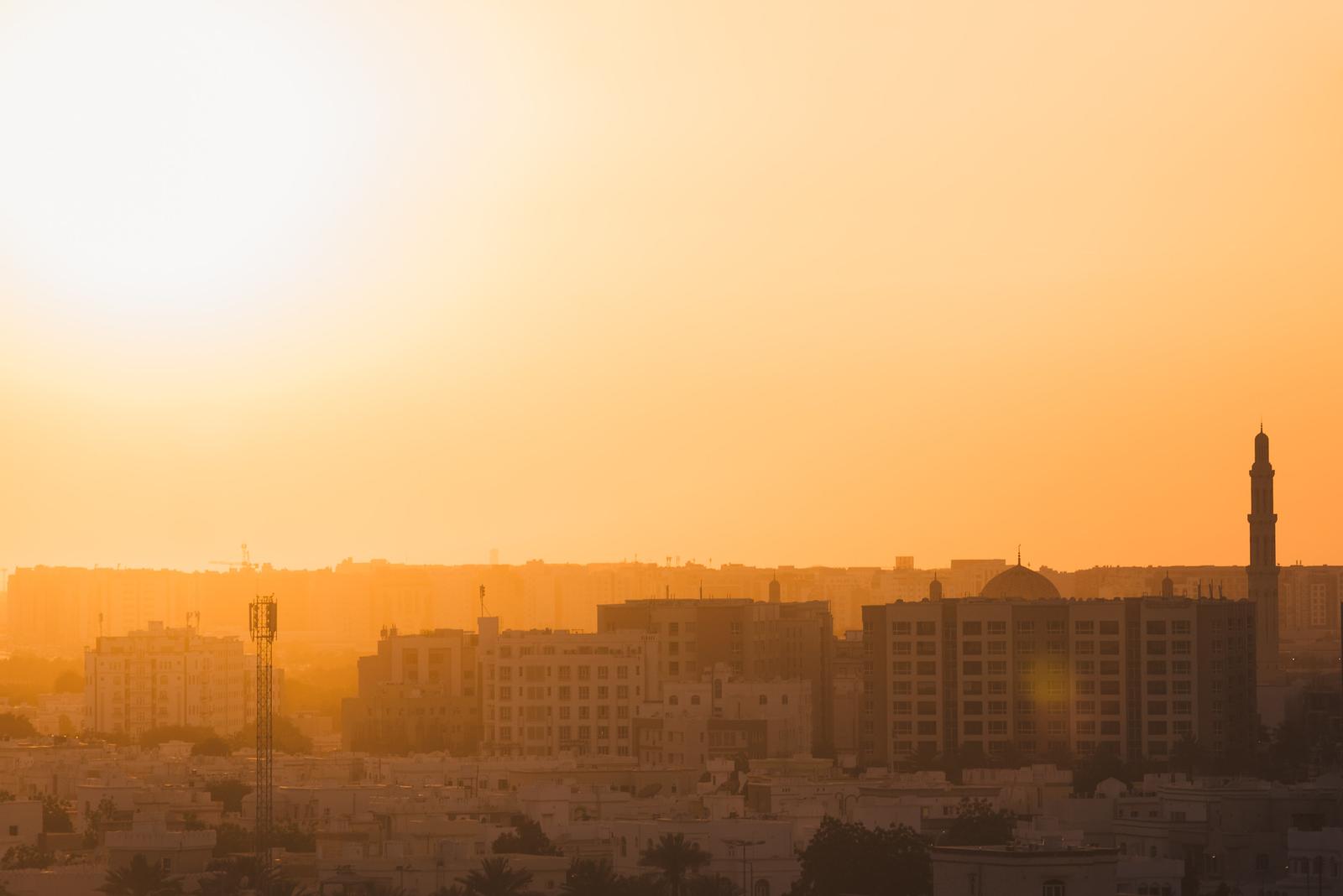

What satisfied me most here was watching the city’s traffic pass by swiftly, leaving streaks of tail lights along the road, with hazy mountain ranges in the distance. Such an exclusive viewpoint.
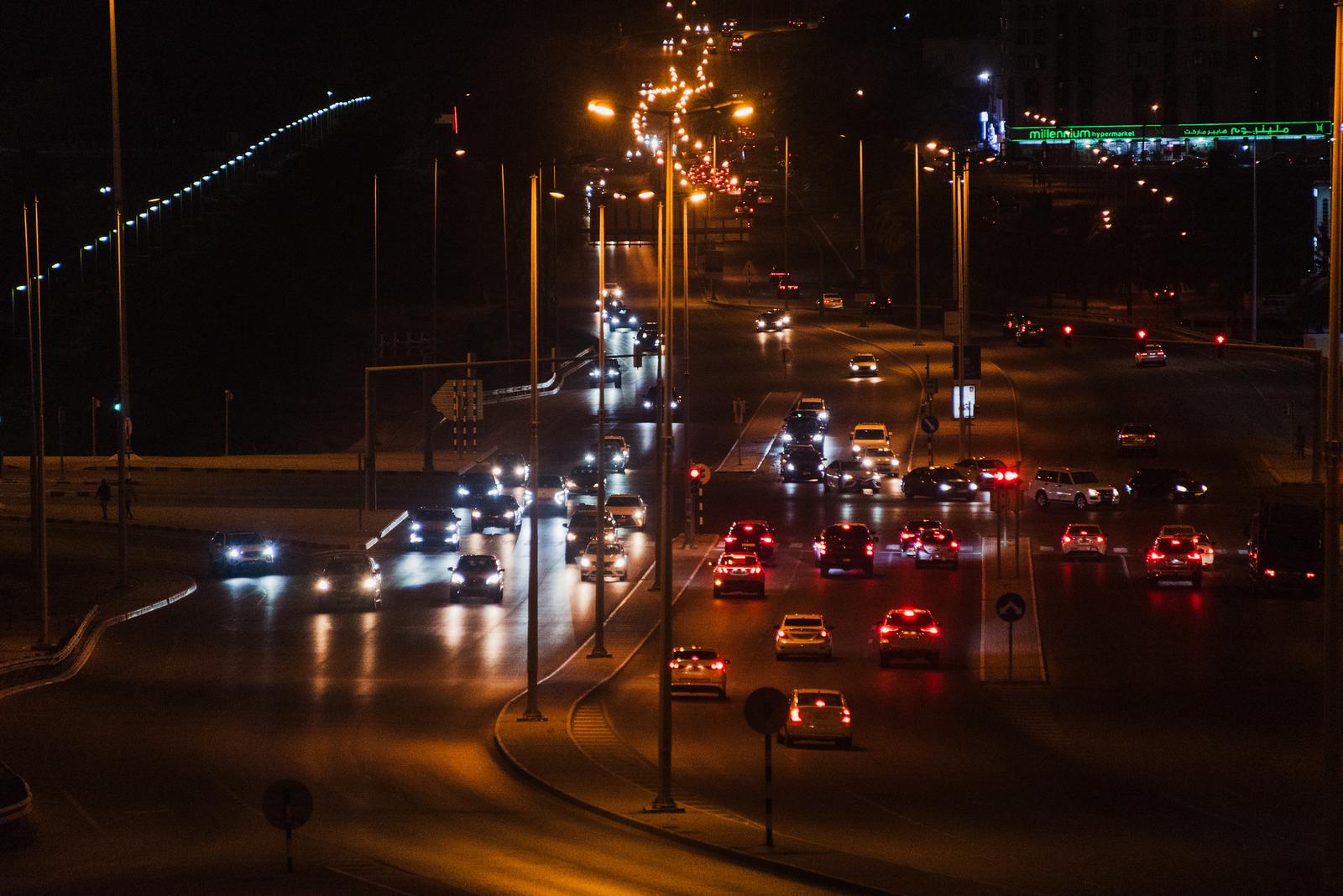
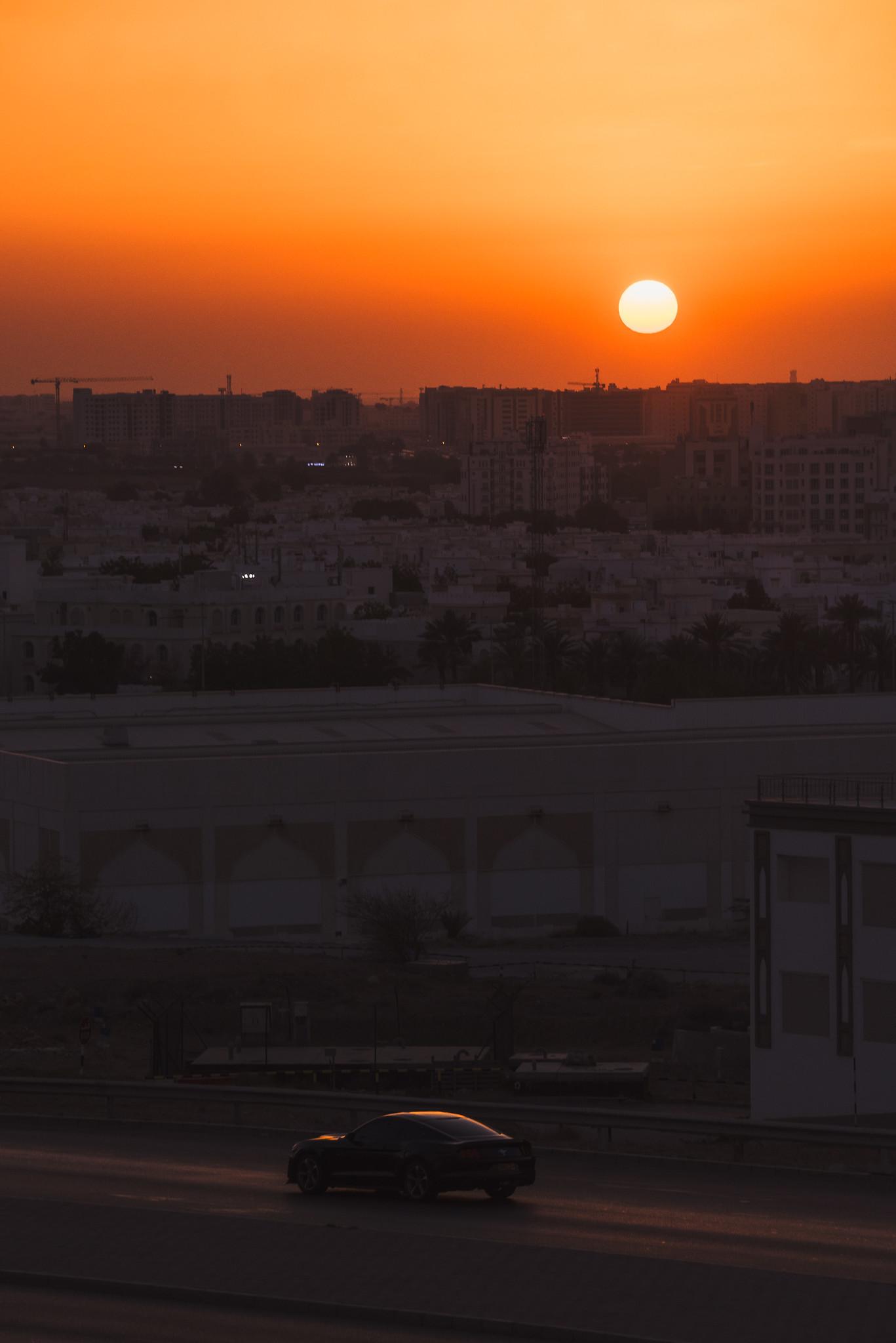
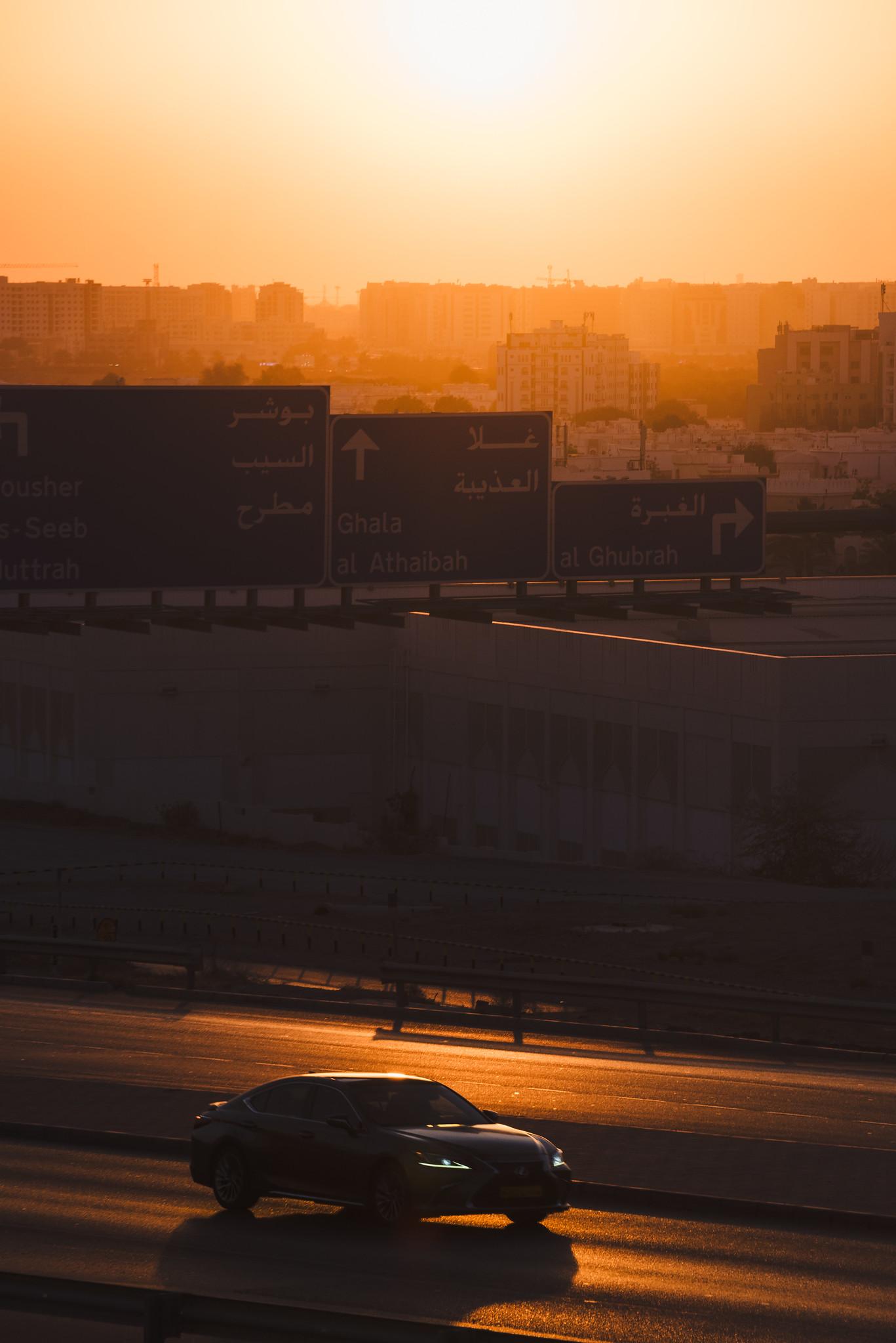
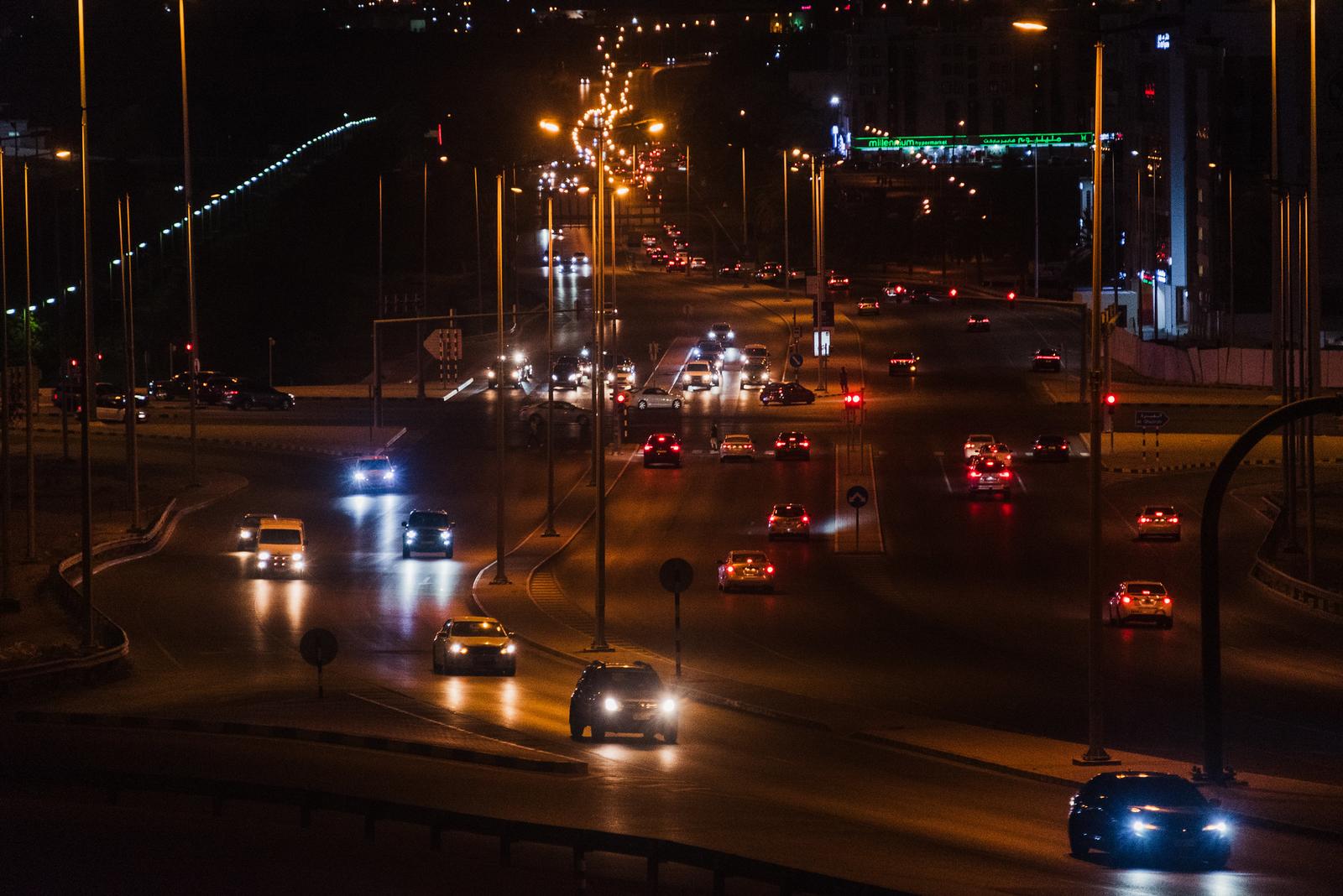
As night fell, the decorative LED lights only enhanced the mosque’s beauty. There’re a couple of local young men seeming to be curious about a foreigner so captivated by the scene.

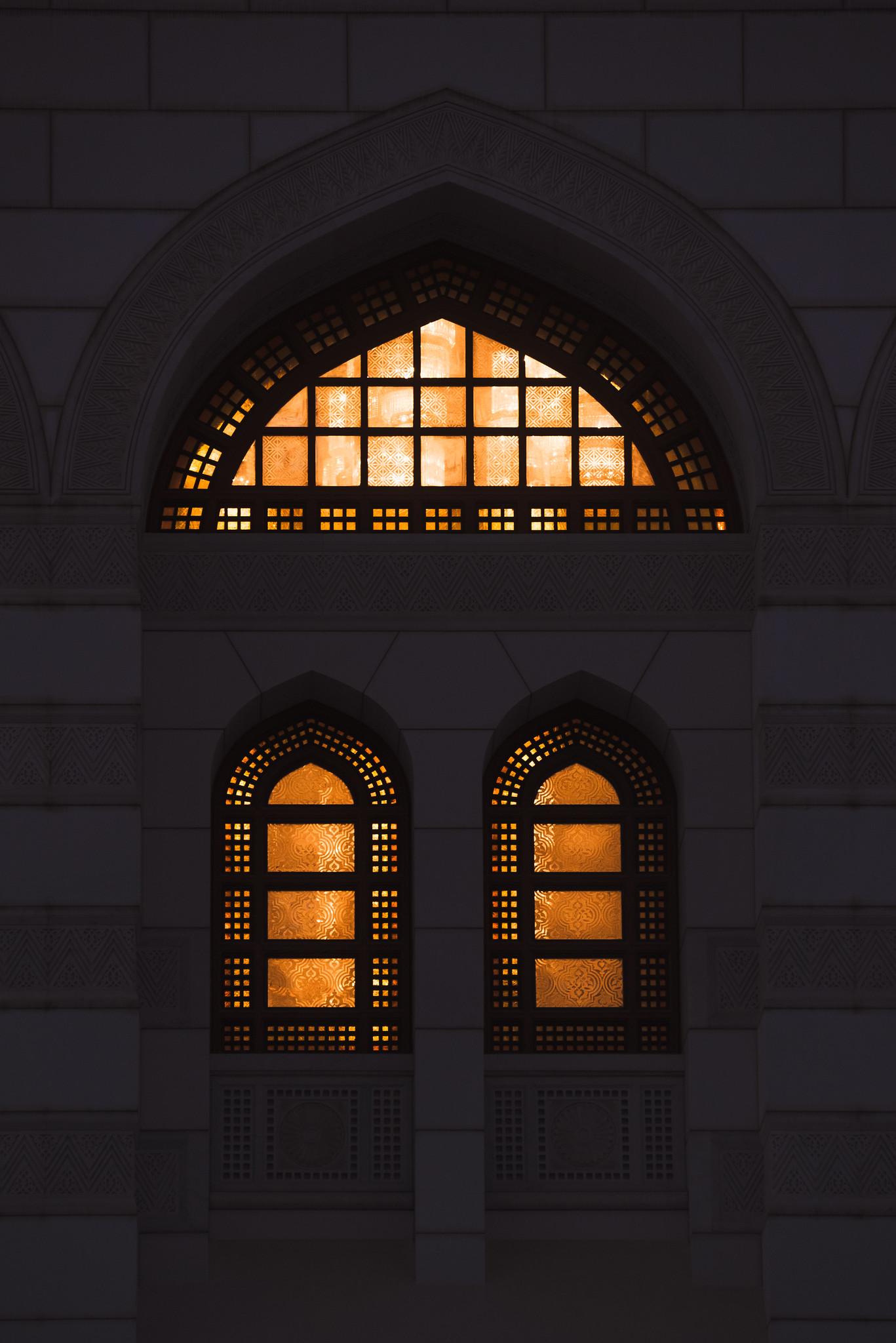
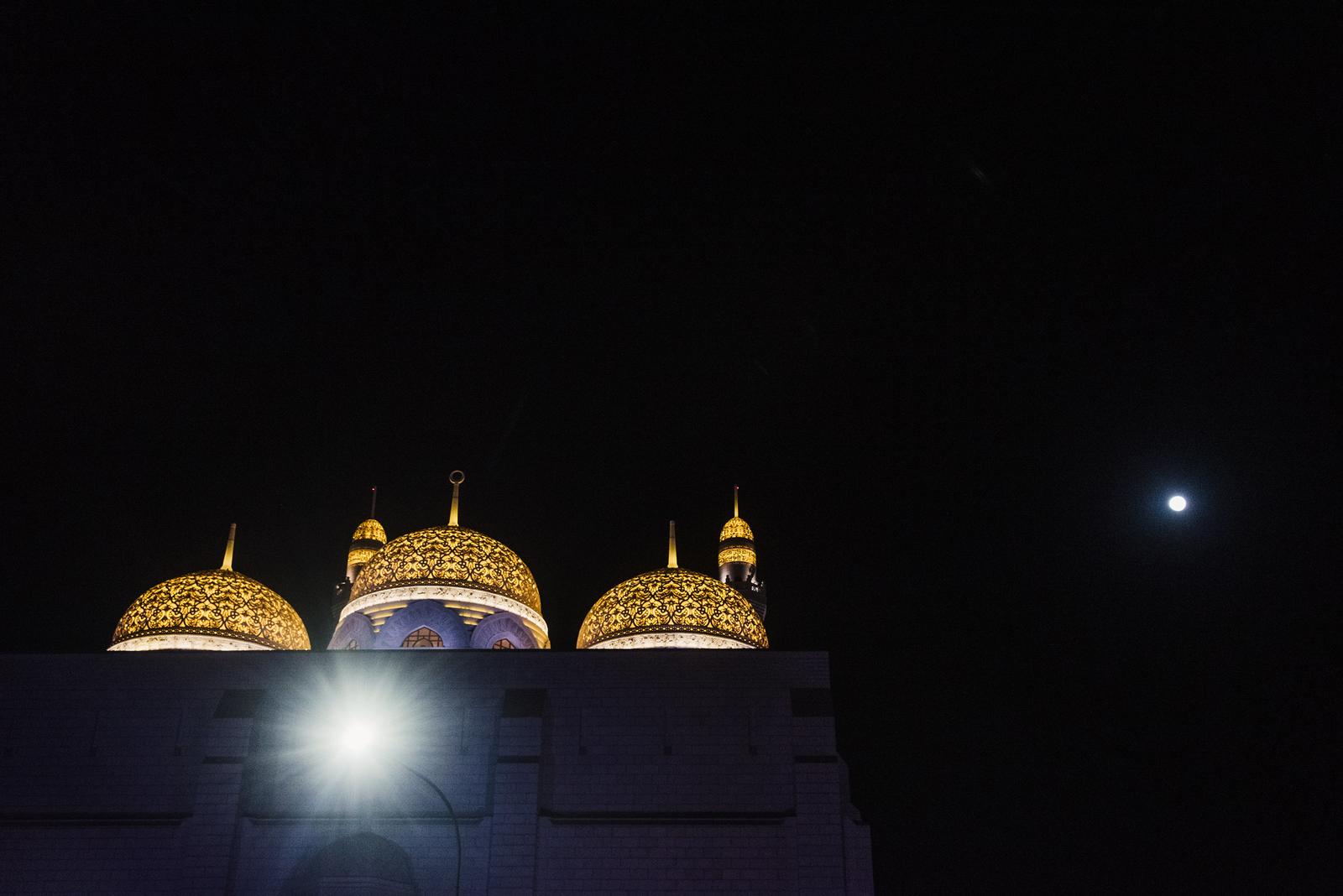
Royal Opera House Muscat
After a long journey from Wahiba Sands, the guide took me to the Royal Opera House Muscat, another architectural masterpiece completed in 2011. Like many other Islamic architectures, what you can’t help but stop and admire are the endlessly long arched corridors.
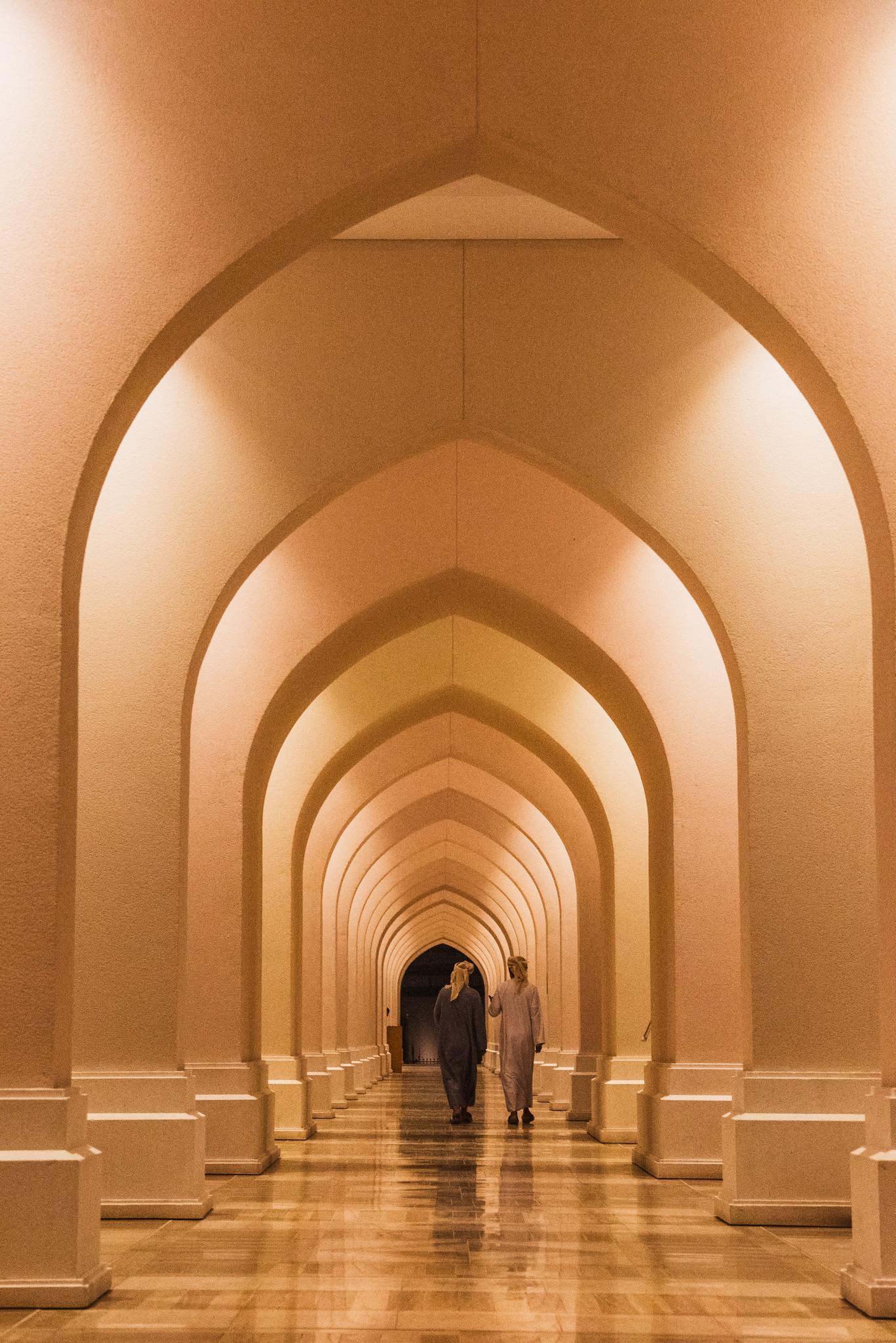
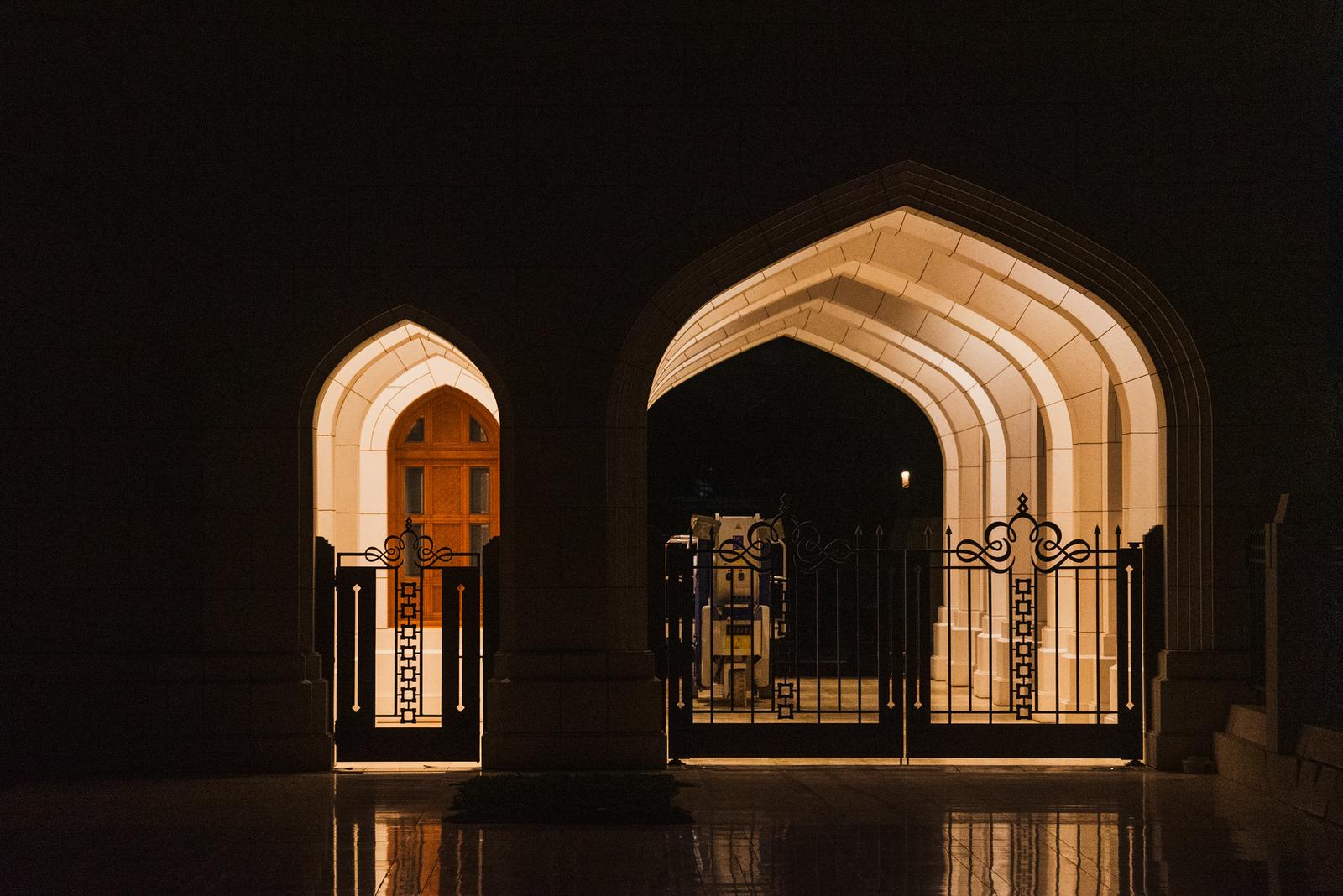
Sultan Qaboos Grand Mosque
Save the best for last! Coming to Muscat without visiting this Grand Mosque is a big miss. The couple I traveled with to Wadi Bani Khalid praised the mosque highly, and their compliments were absolutely justified.
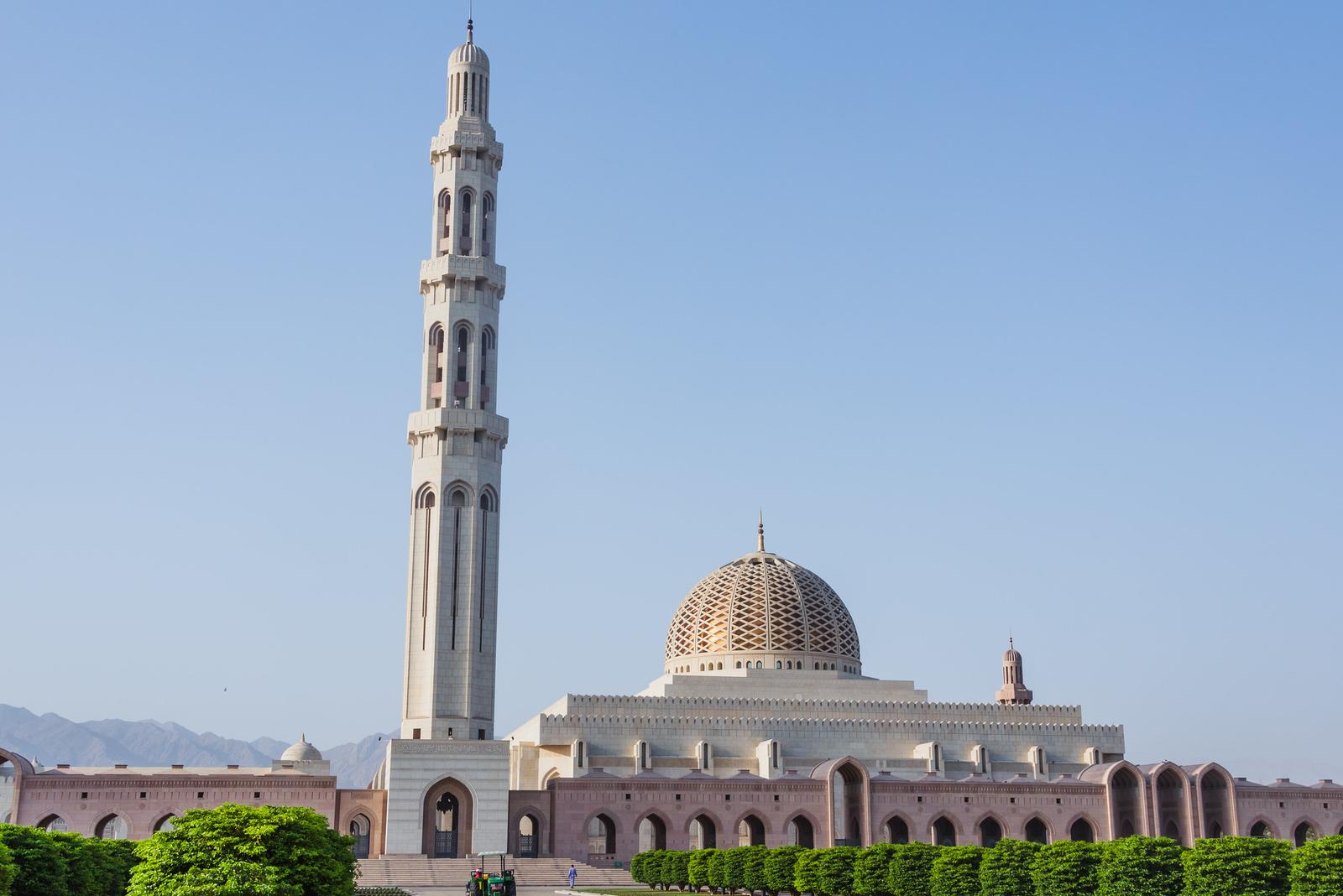
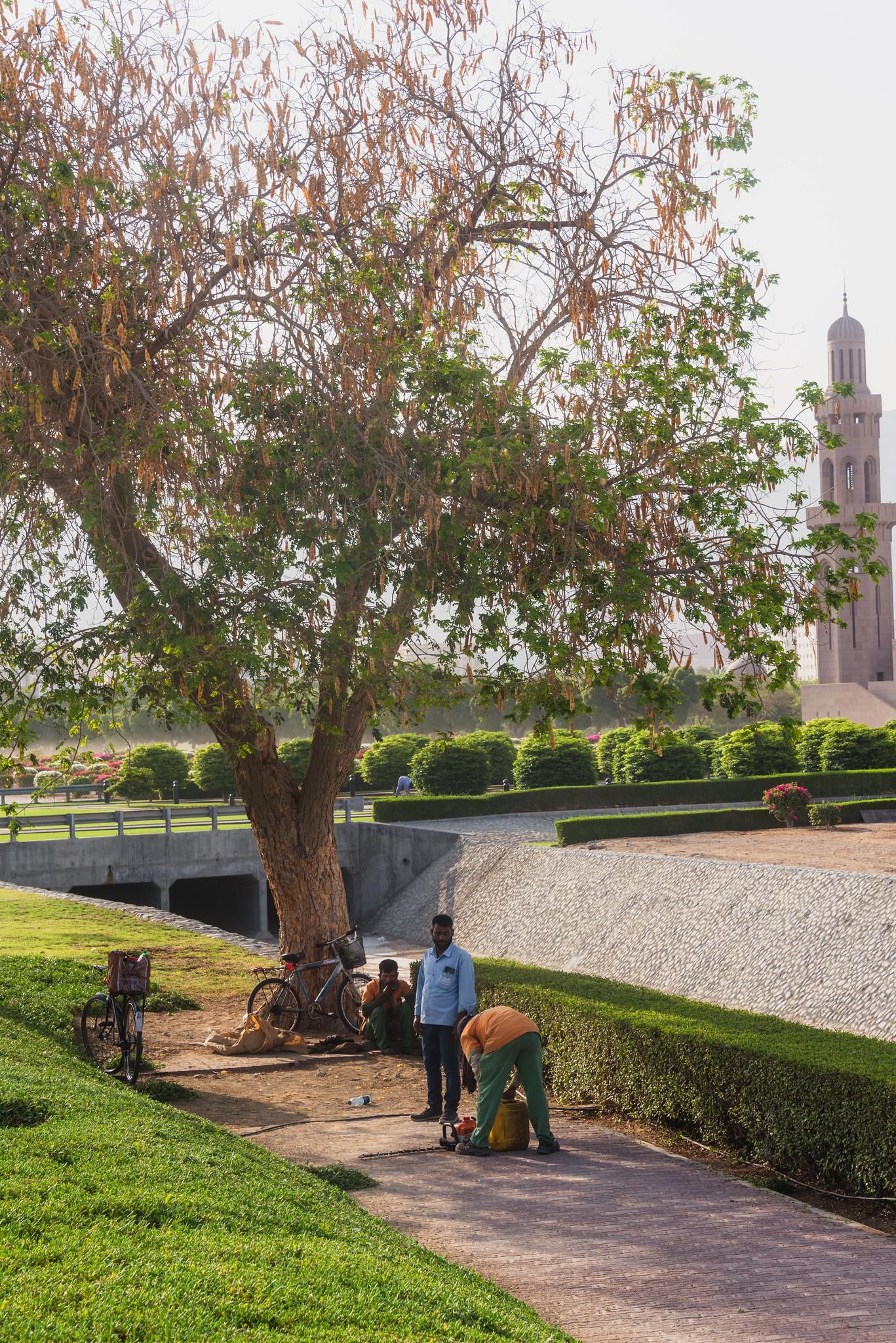
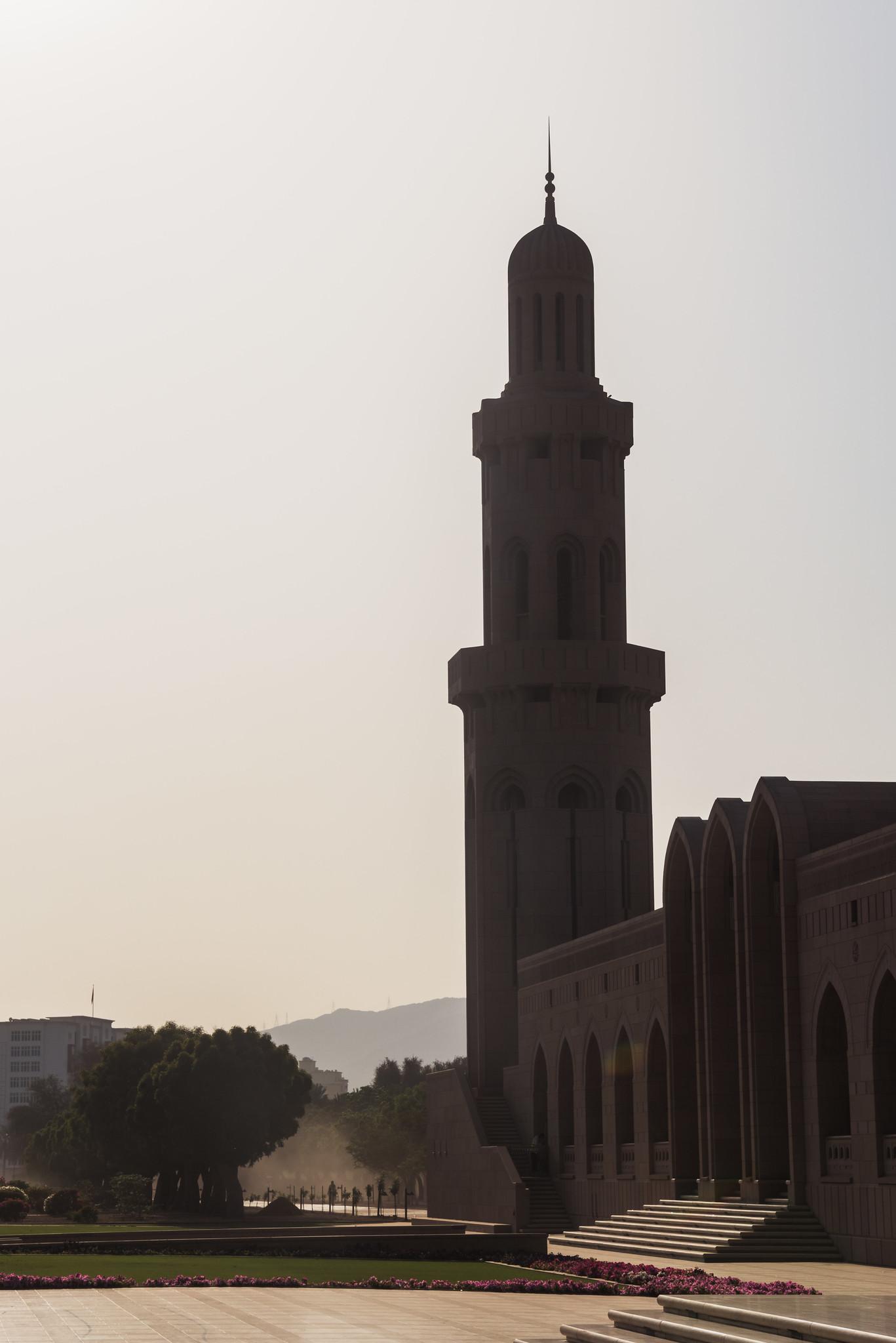

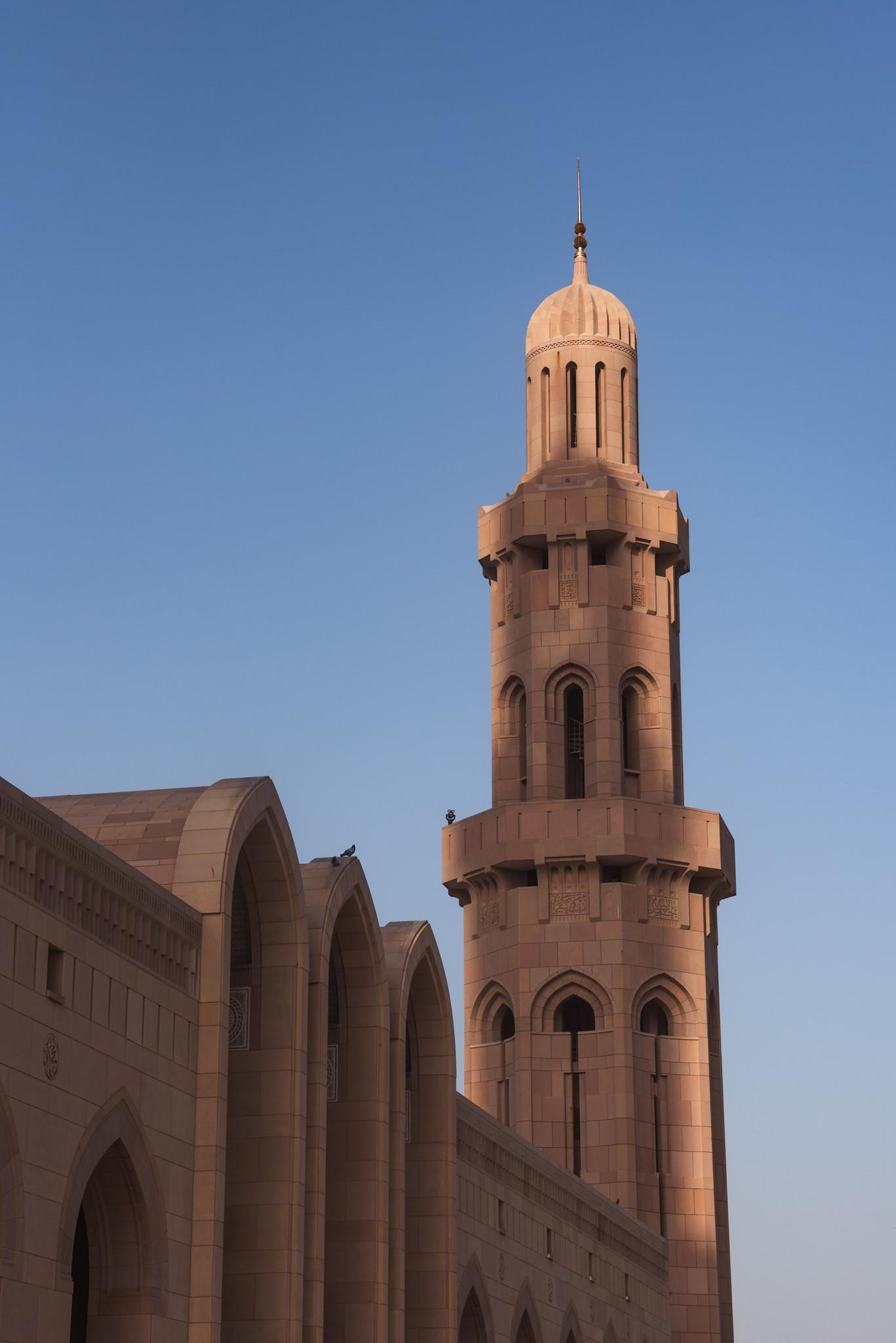
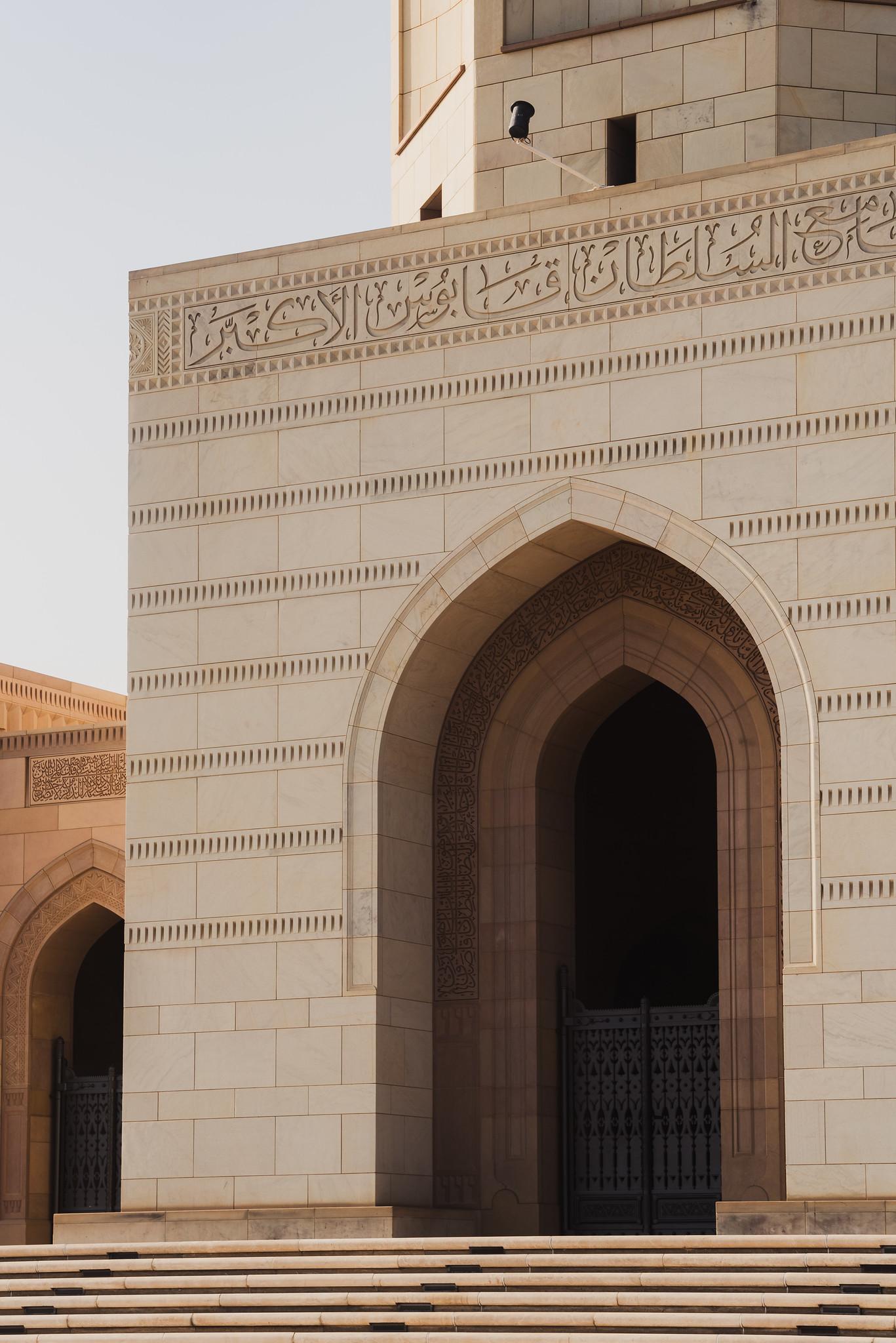
As a non-Muslim visitor, you can tour the mosque from 8:30am to 11am except on Fridays. I woke up early on my last day in Oman to visit it, yet I had to wait outside and wander under the sun for a while before it opened. Surrounding the mosque are carefully tended gardens that help soothe the heat. One important note: visitors must enter through the side gate (from the parking lot). Visitors need to leave their bags and shoes outside at the ticket area; the mosque is vast with many passageways, so be sure to remember exactly where you leave your shoes.
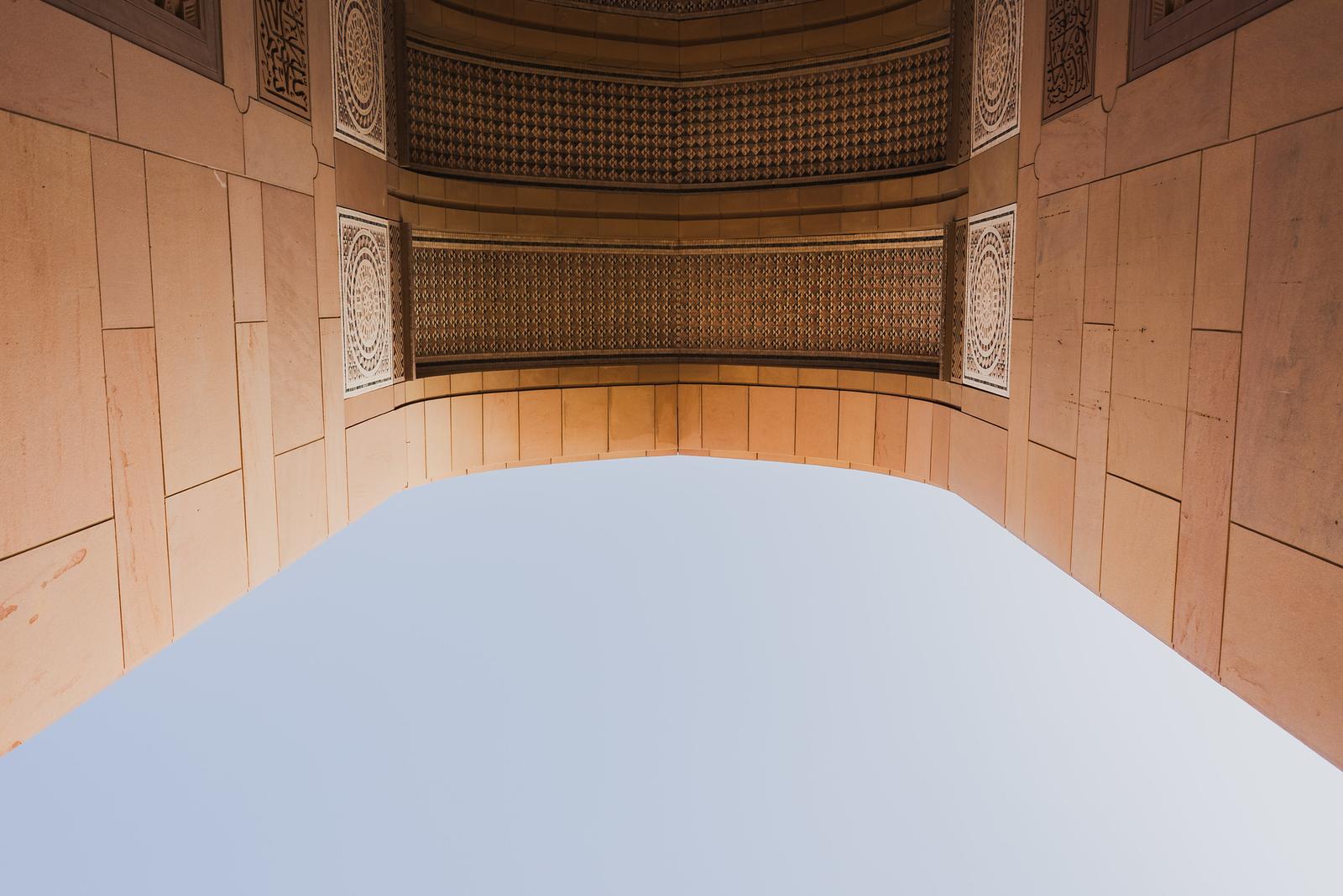
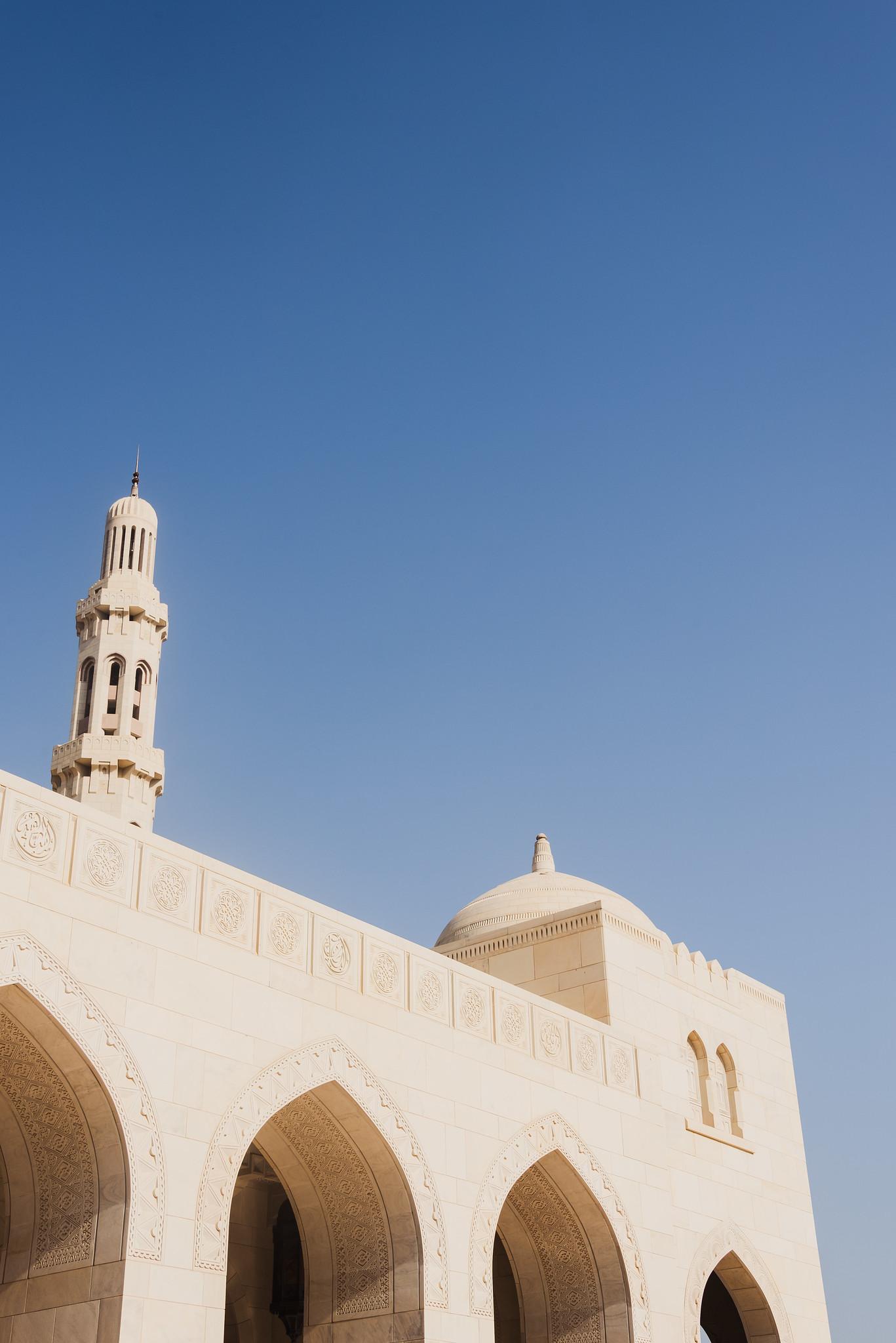
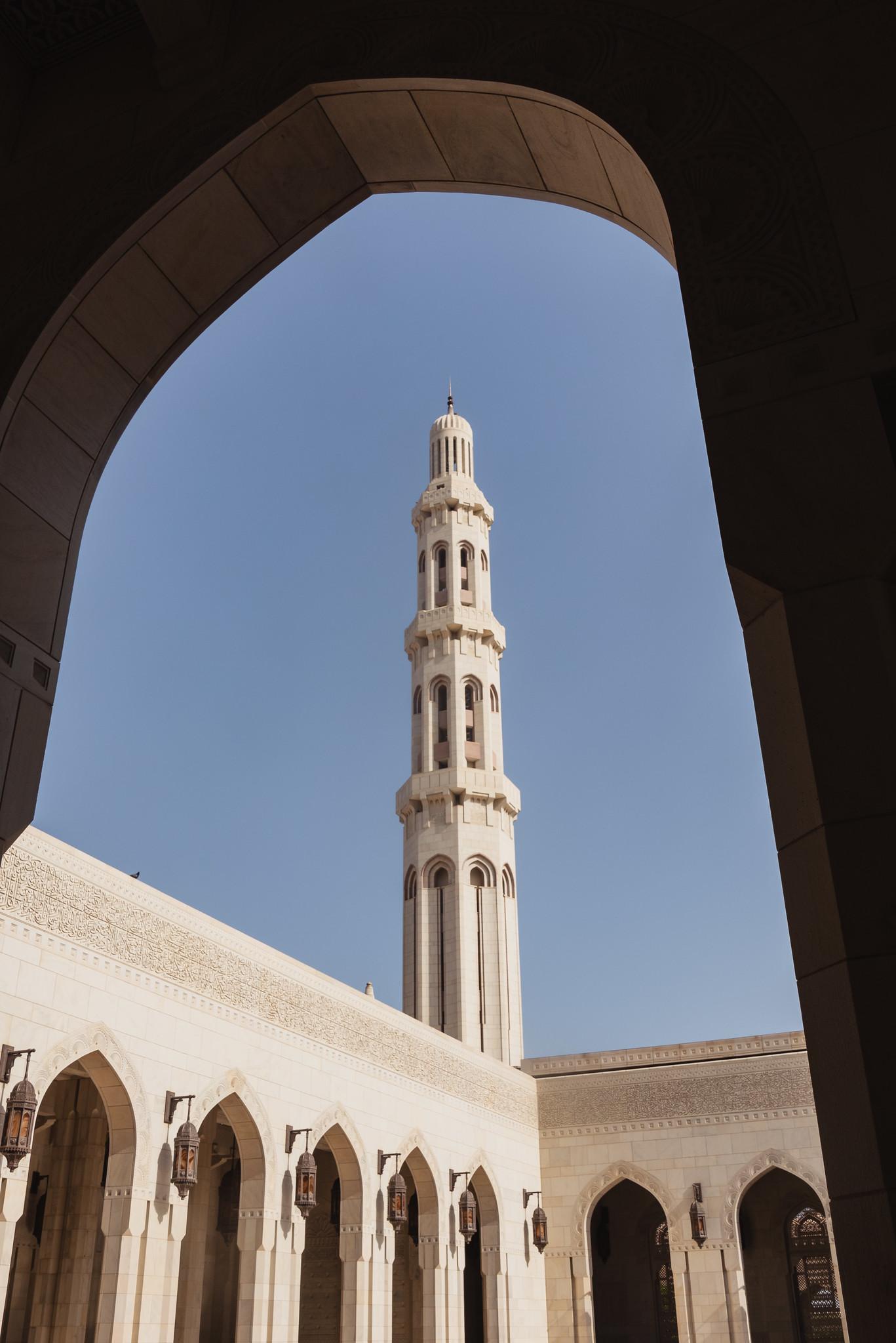
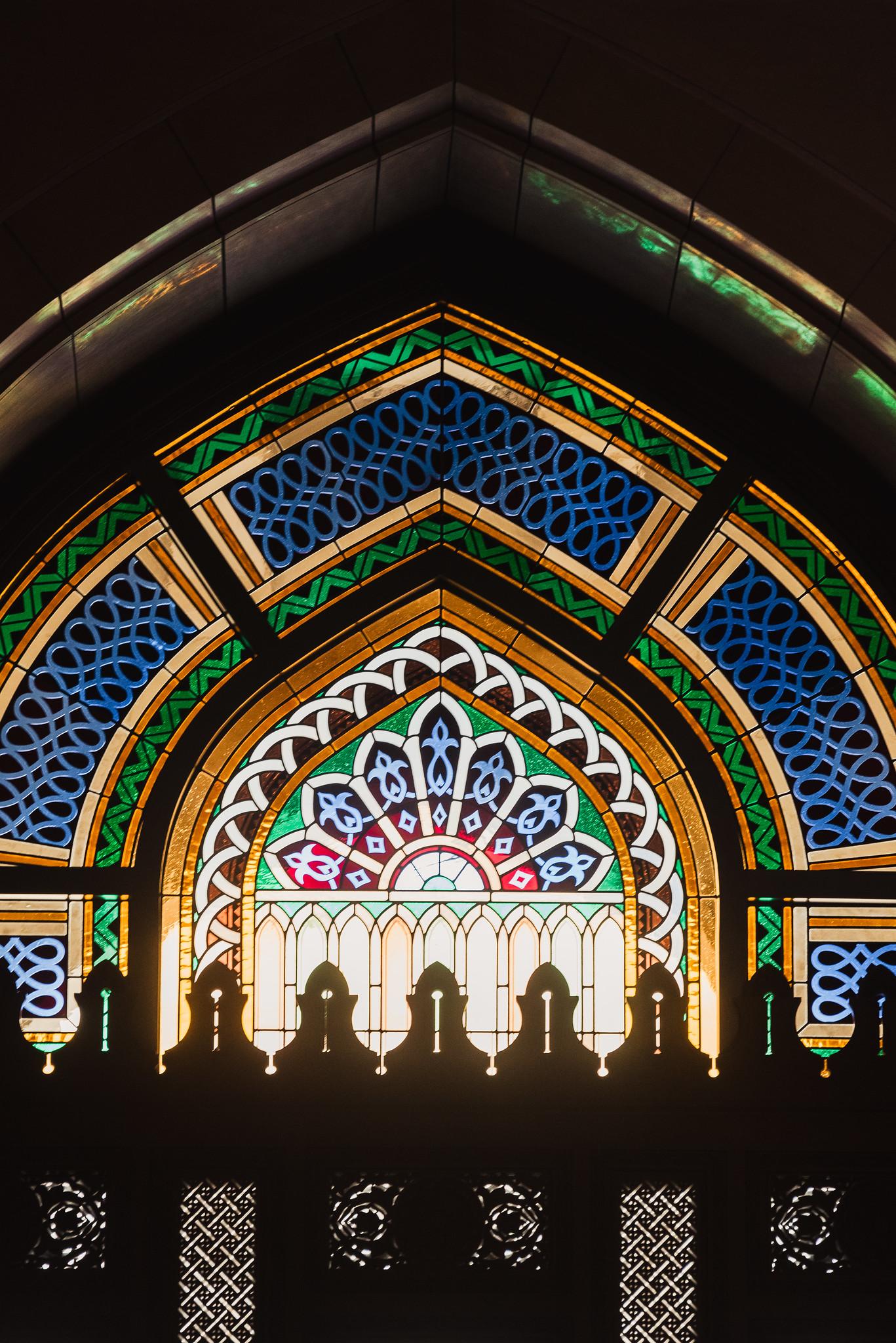
Visitors first enter the women’s chapel, then walk through the courtyard and along the grand, gleaming marble corridors to reach the main prayer hall, which can hold up to 6,500 people. Two things impress most here: the 4,343m2-wide carpet woven with 1.7 million knots, along with the chandelier imported from Italy, made of 600 thousand crystals and featuring 1,122 bulbs. I couldn’t help but look up in awe at the intricate craftsmanship and grandeur of such chandeliers.
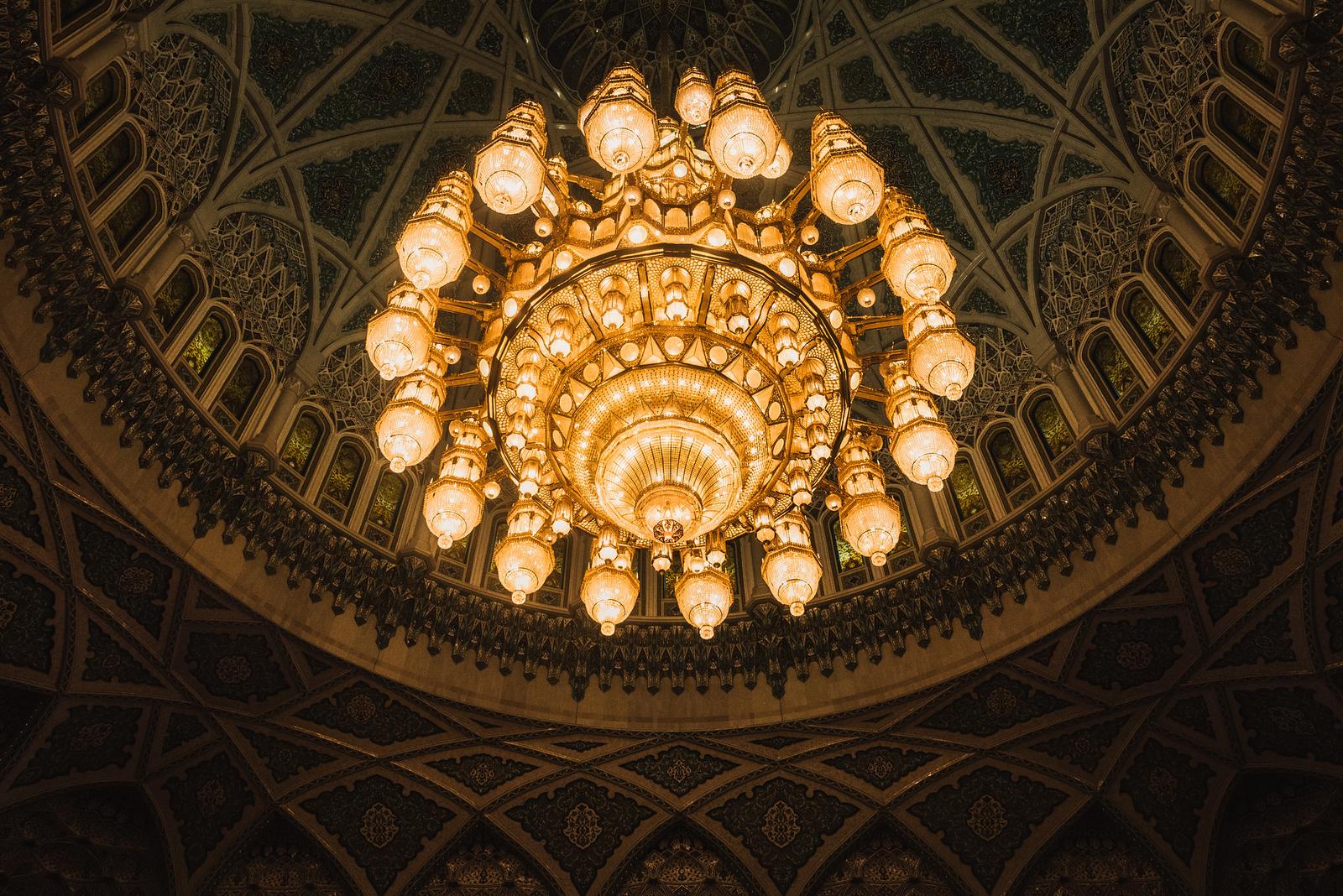
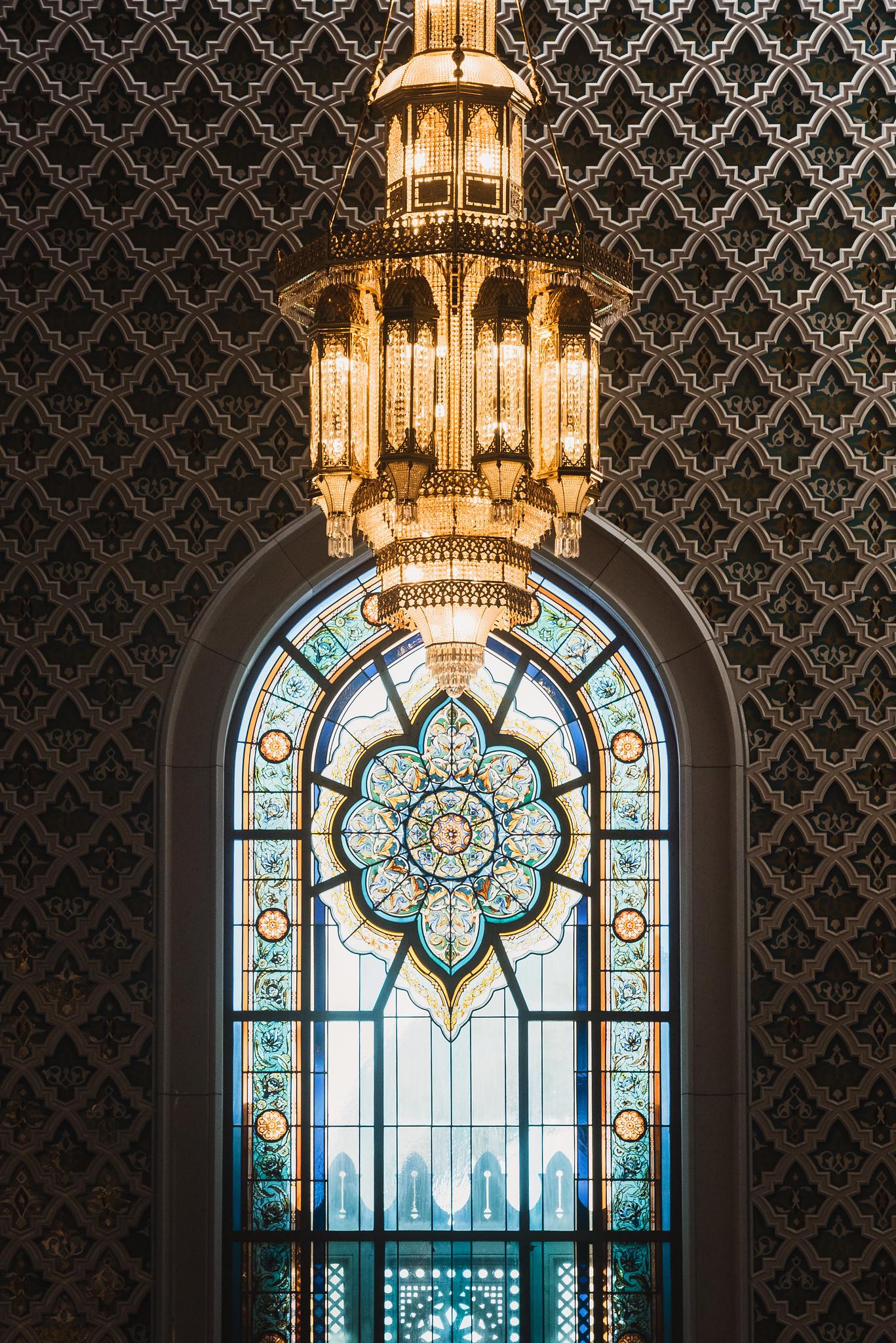
What truly stayed with me, though, was the endless array of beautiful photo spots here - the rows of columns casting angled shadows, the perfectly layered marble walls, and tiny figures walking beneath the arches. If a young woman posed in her flying cloak and modest headscarf, a photographer wouldn’t want to miss capturing such perfect moments.
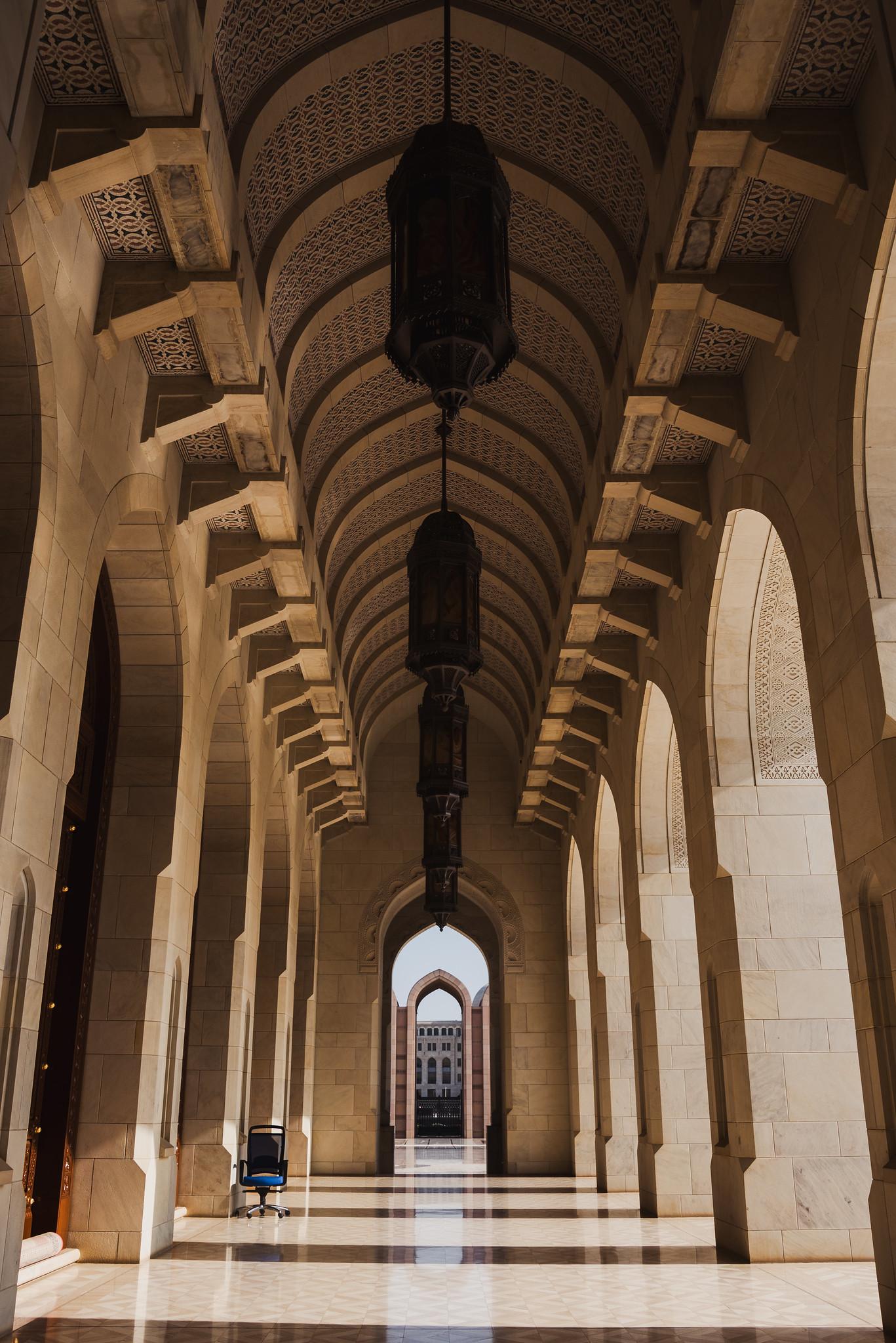
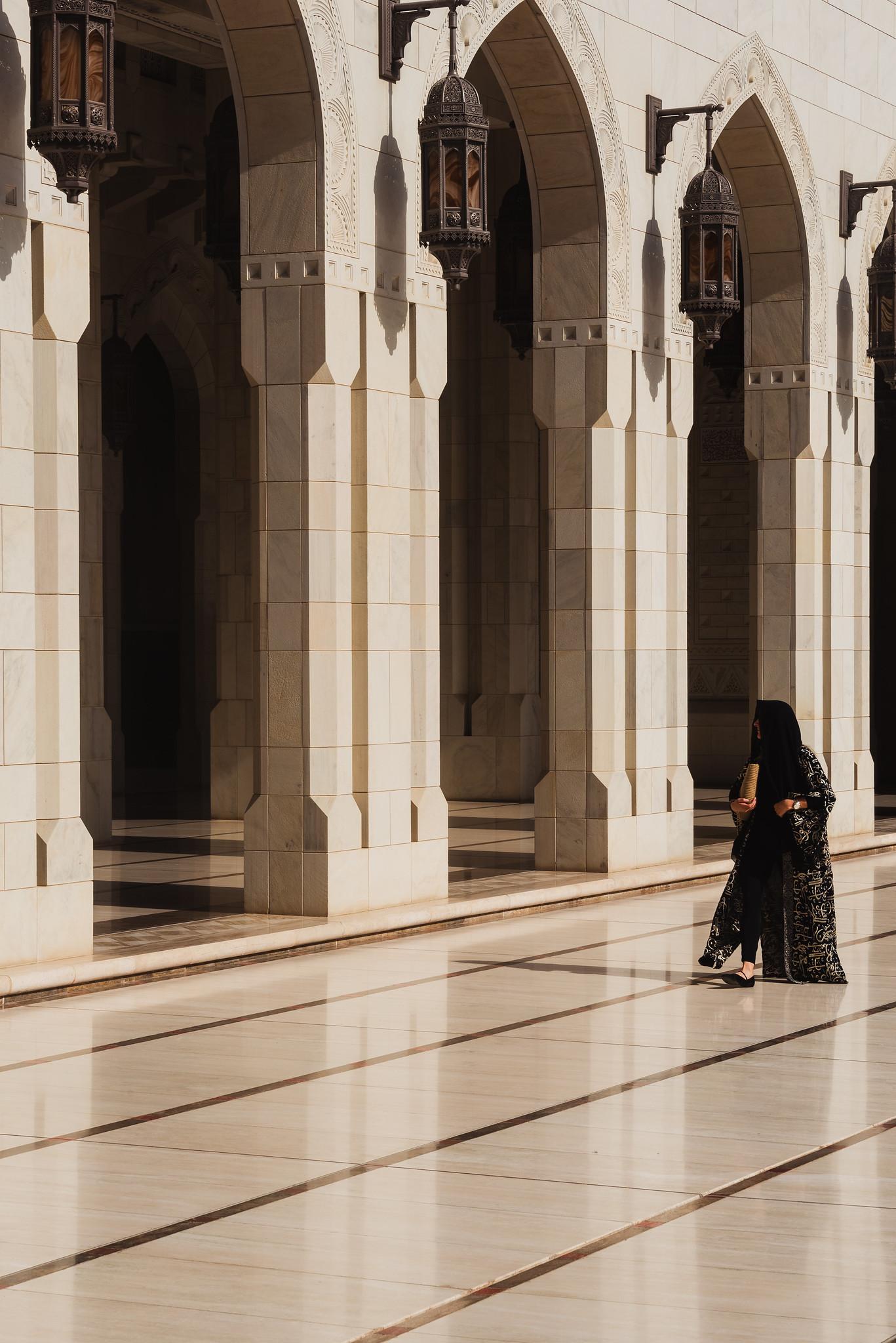

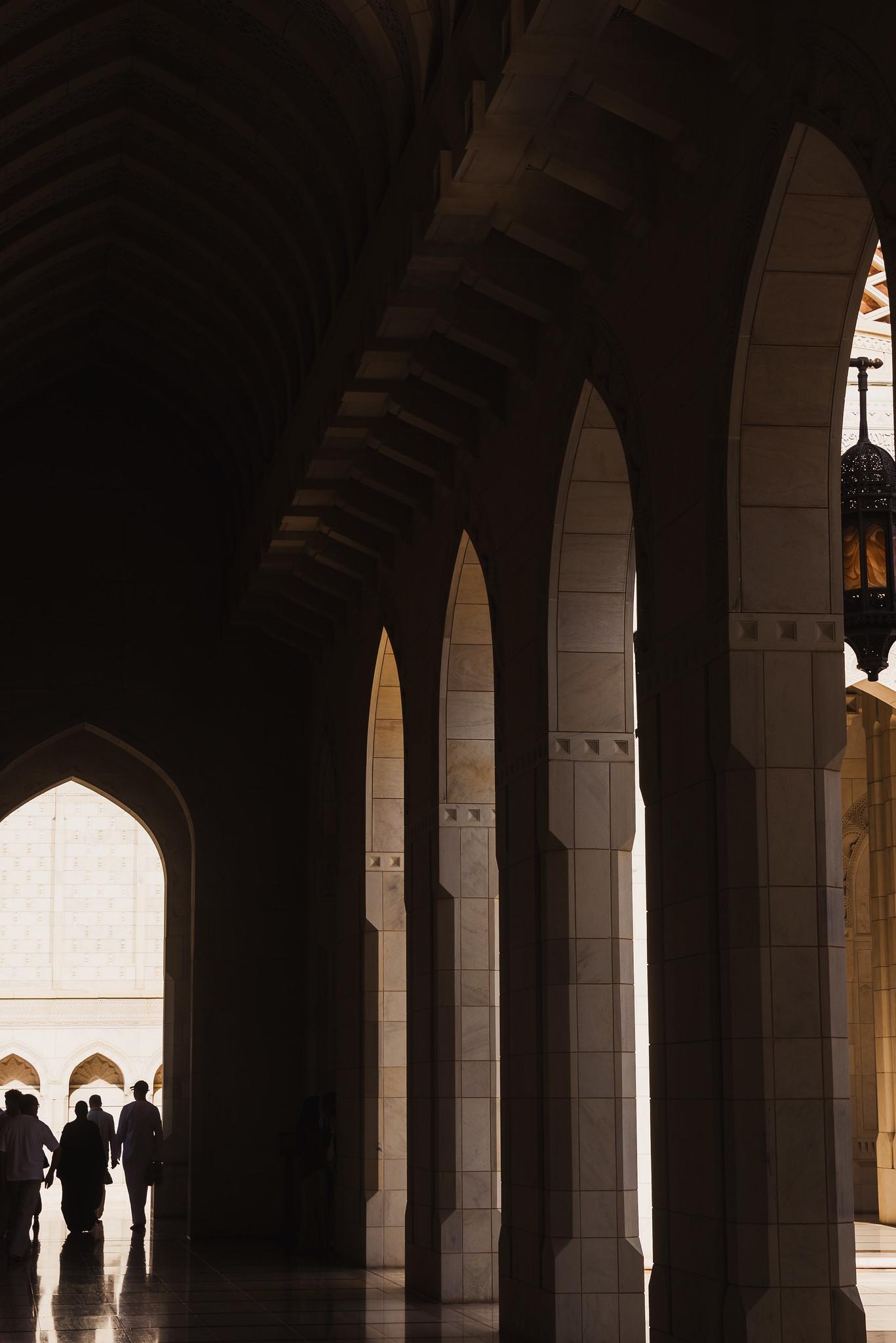
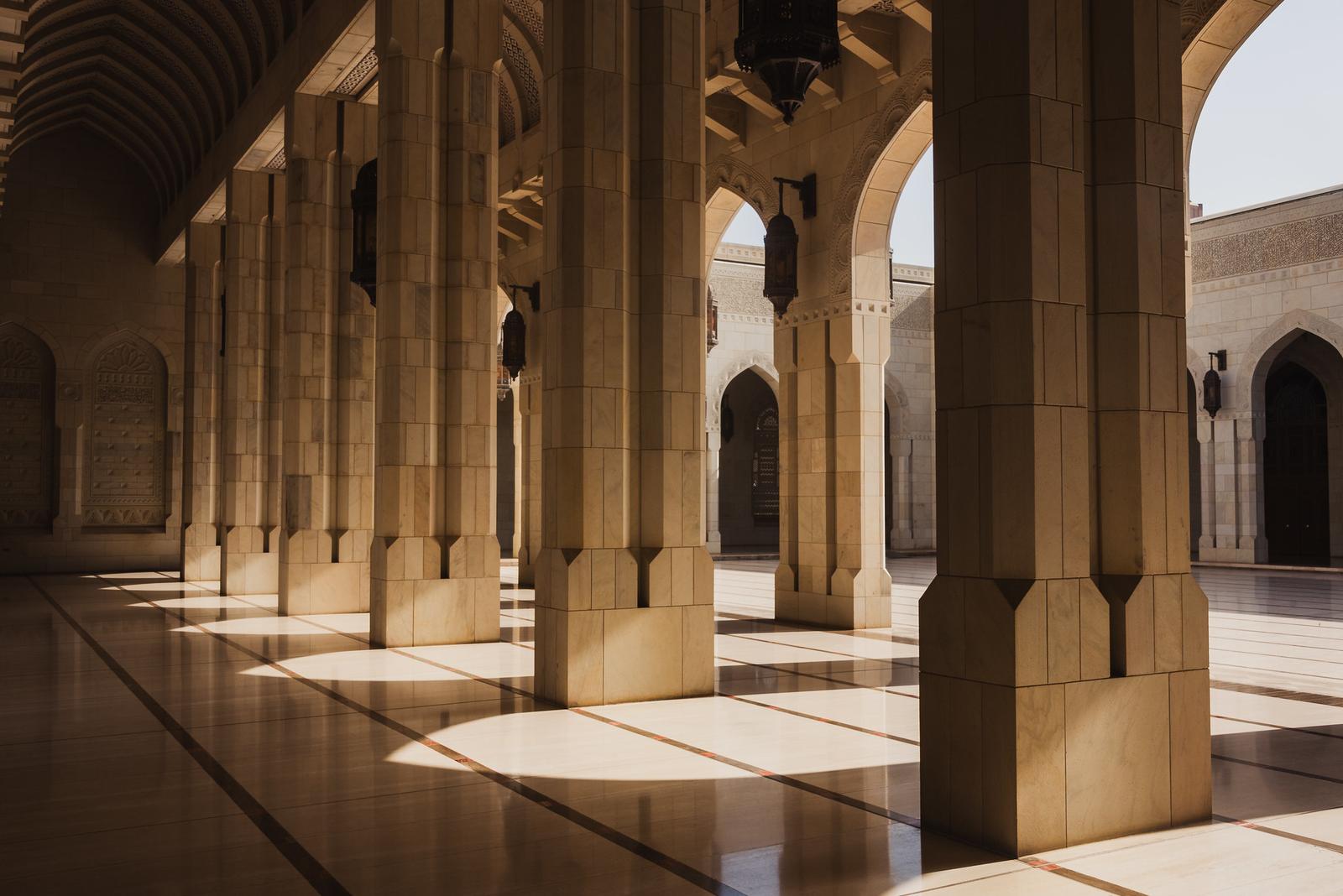
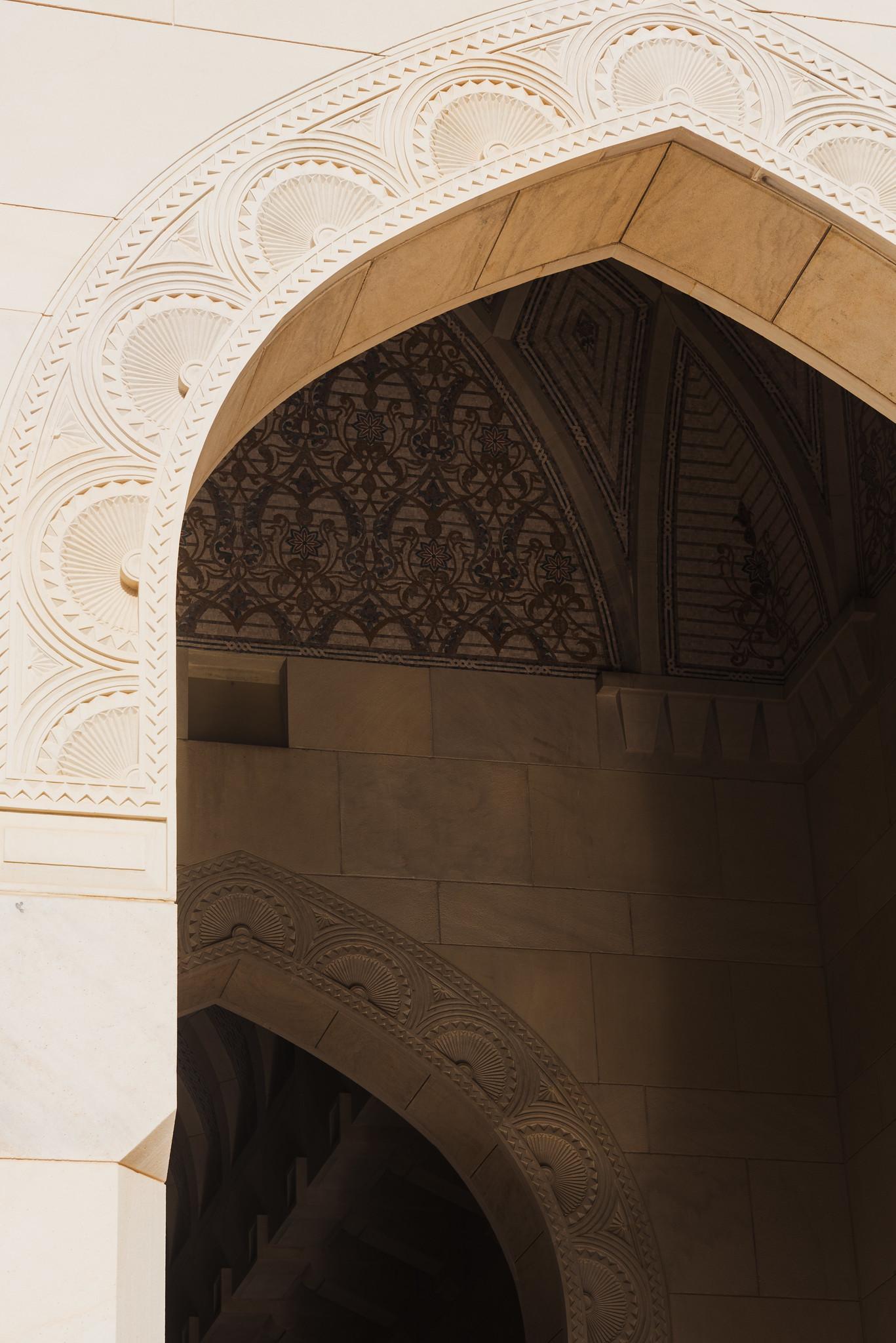
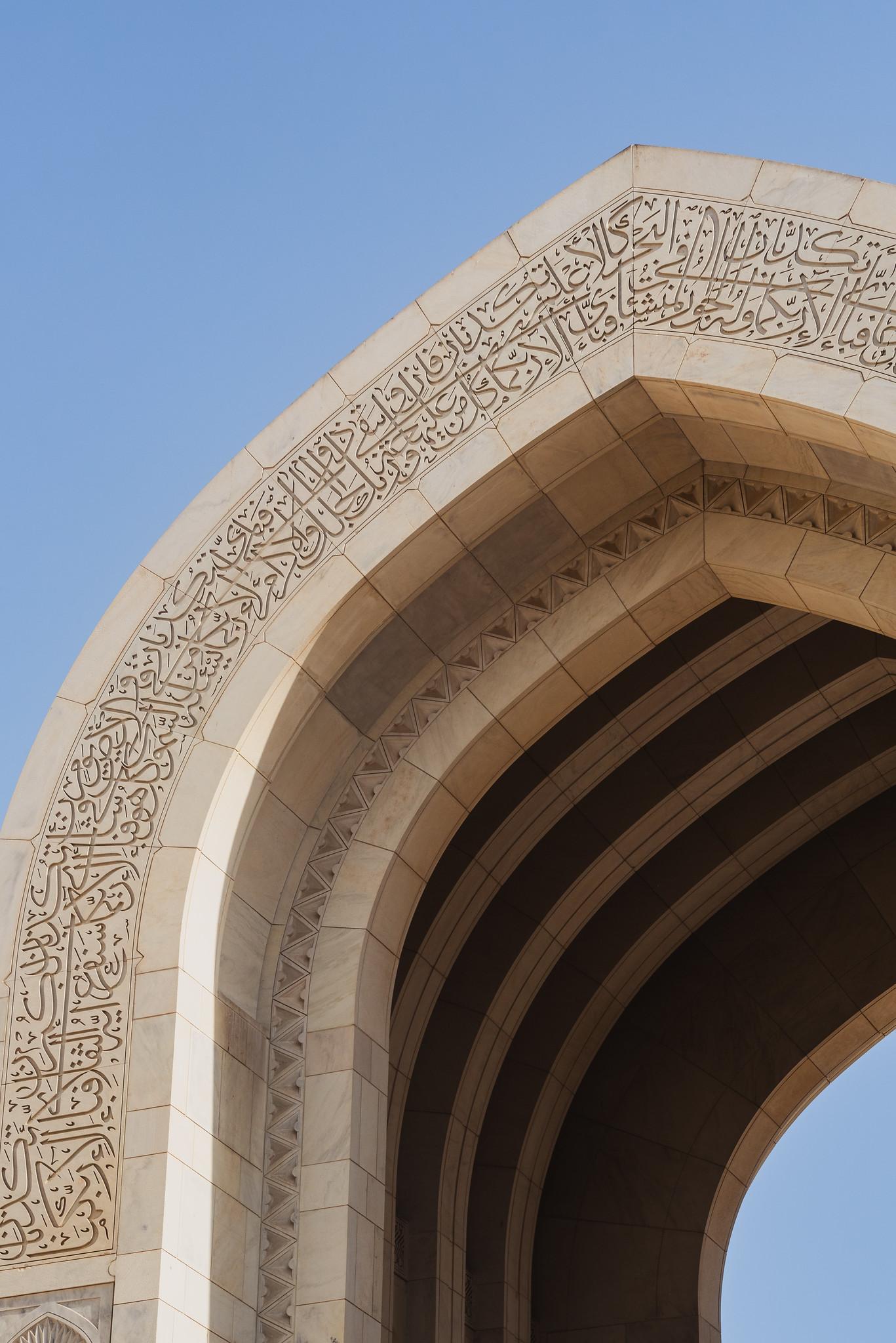
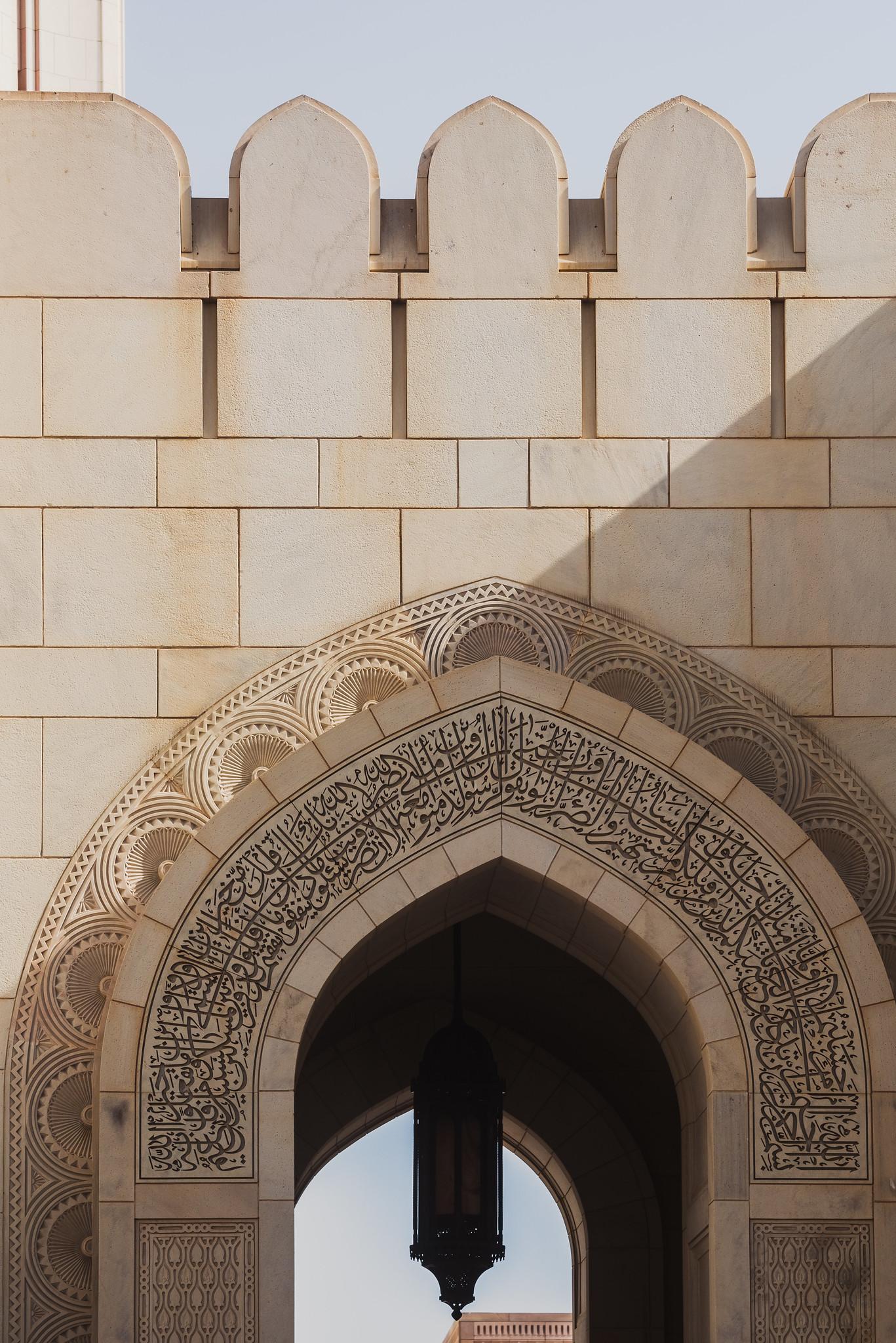
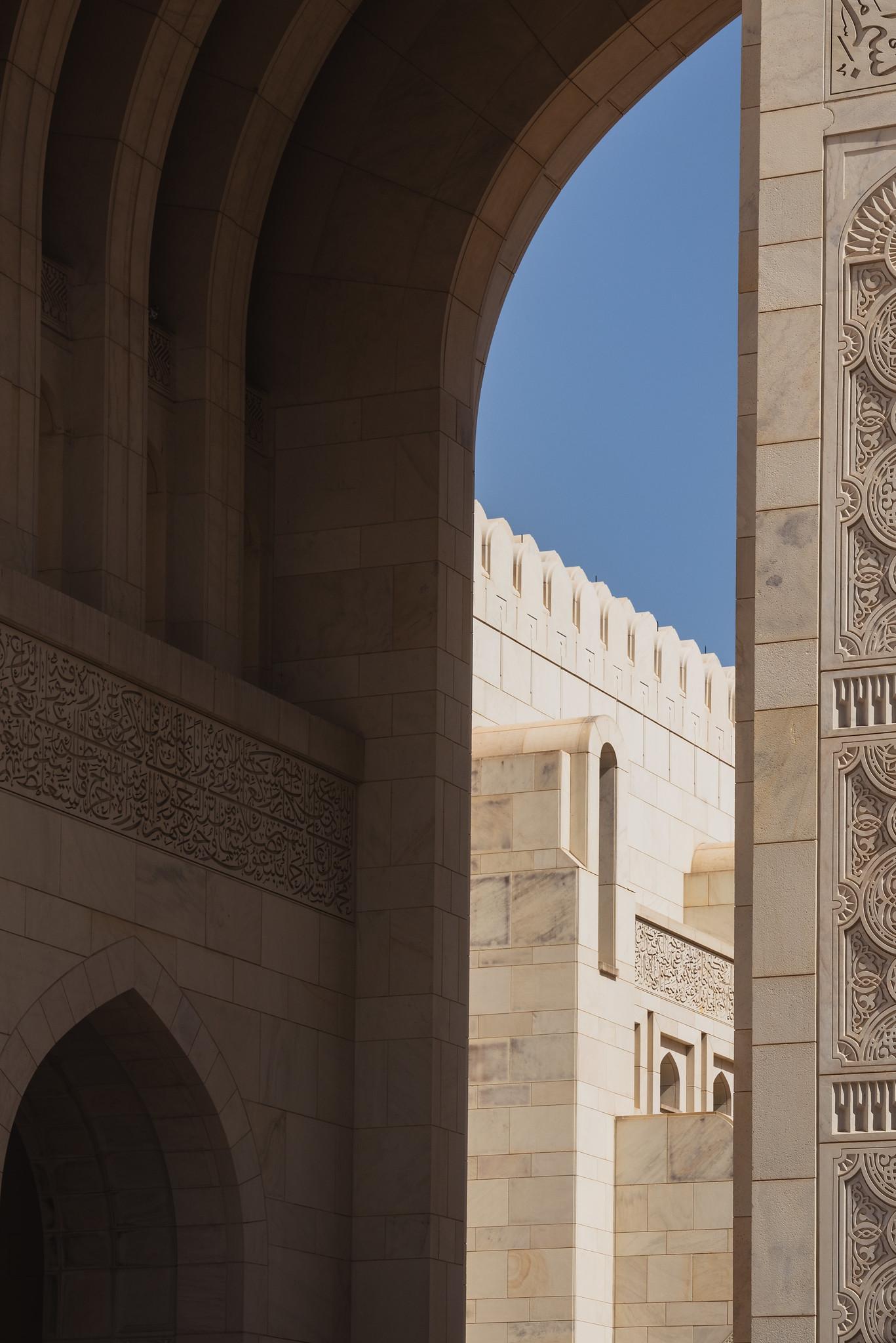
I can’t even put into words that ambience, where pure white surrounded my tiny presence completely.
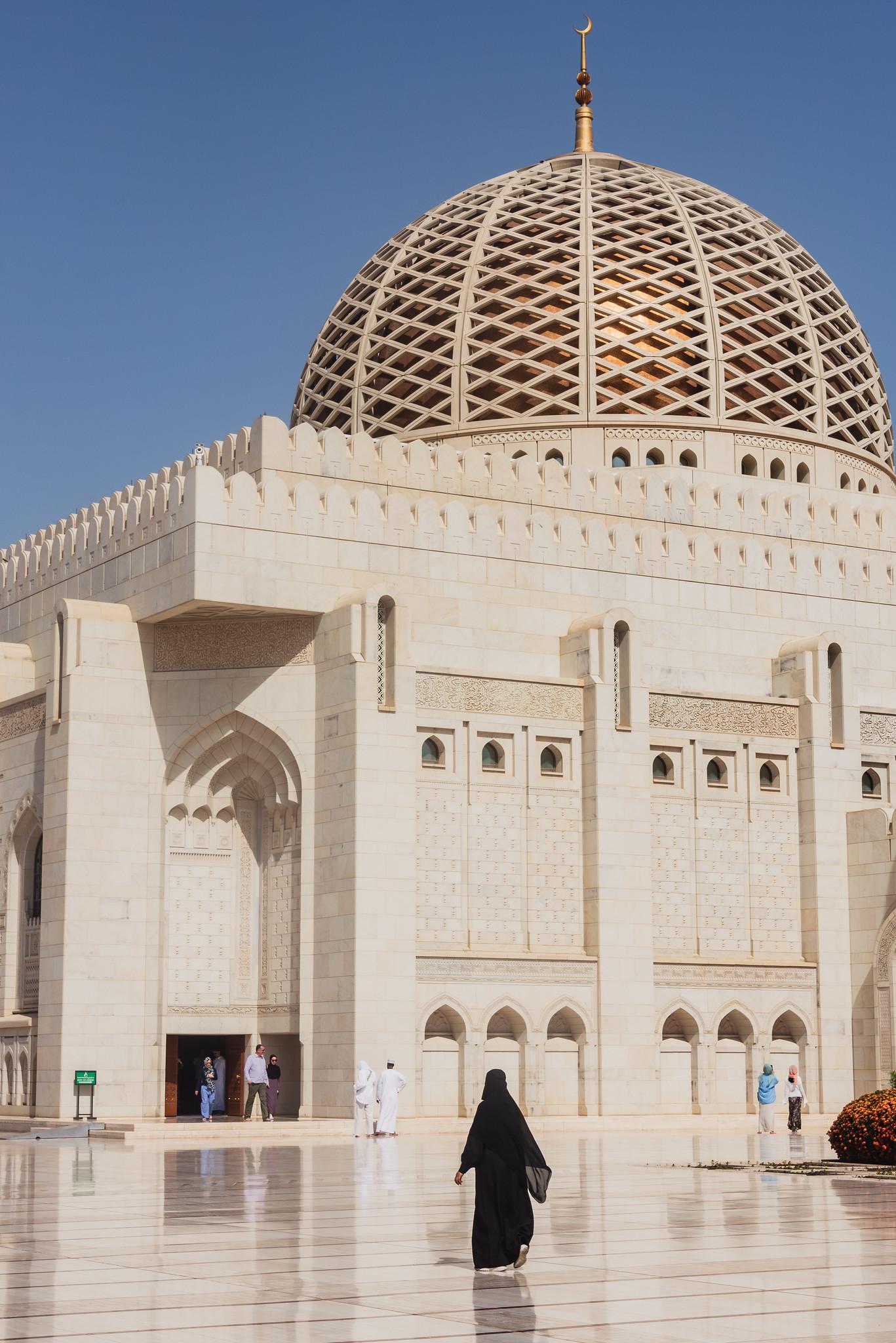
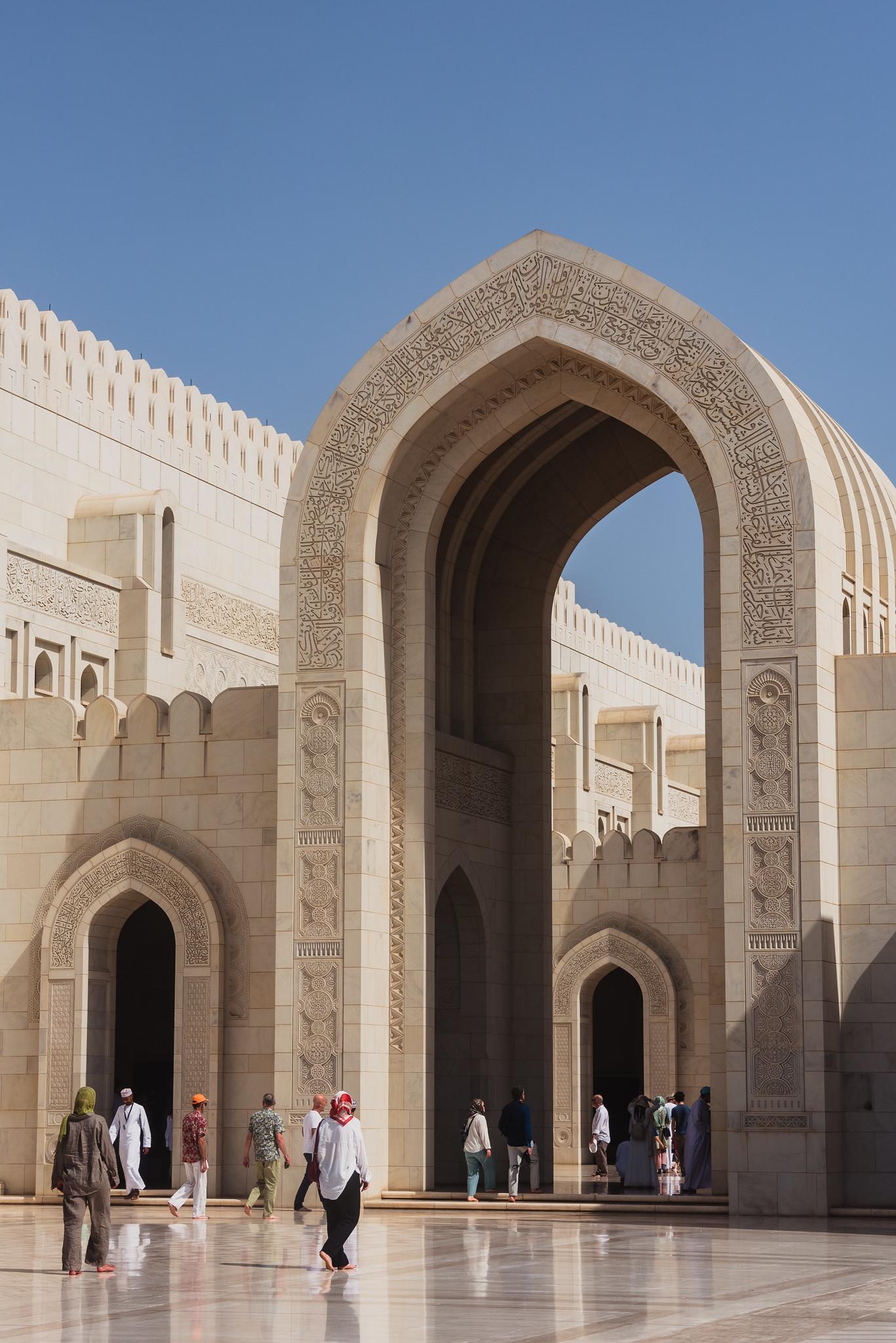
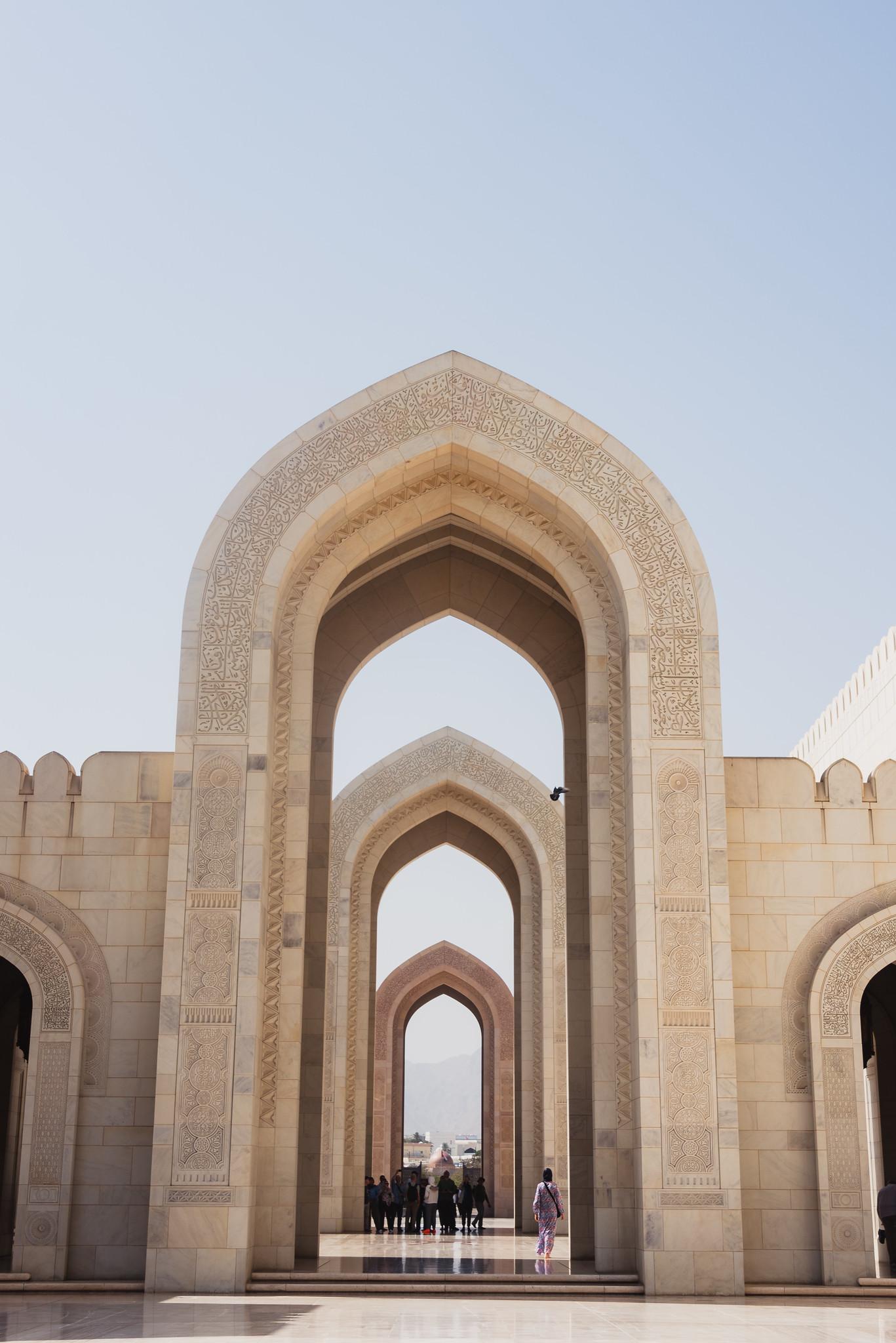
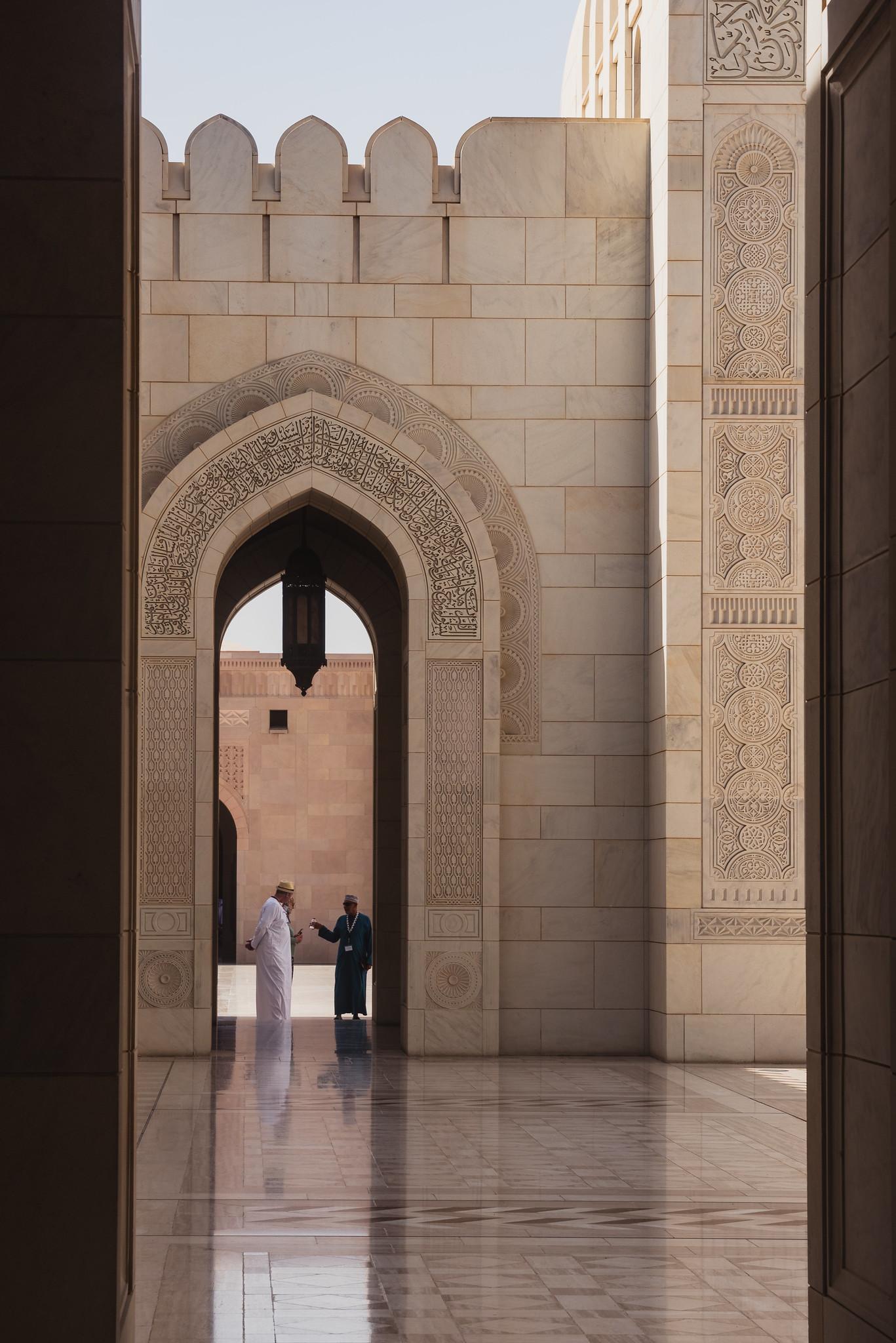
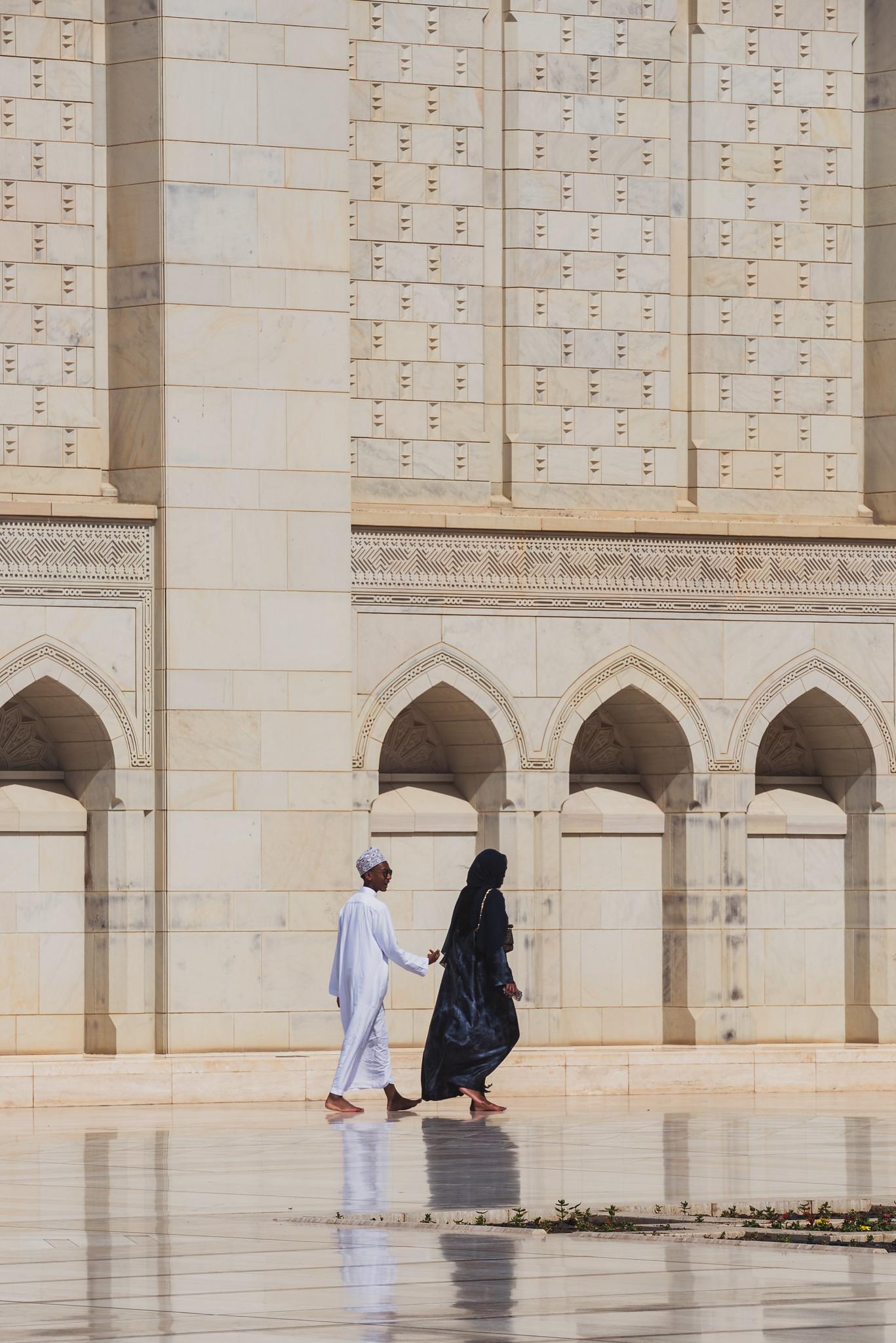
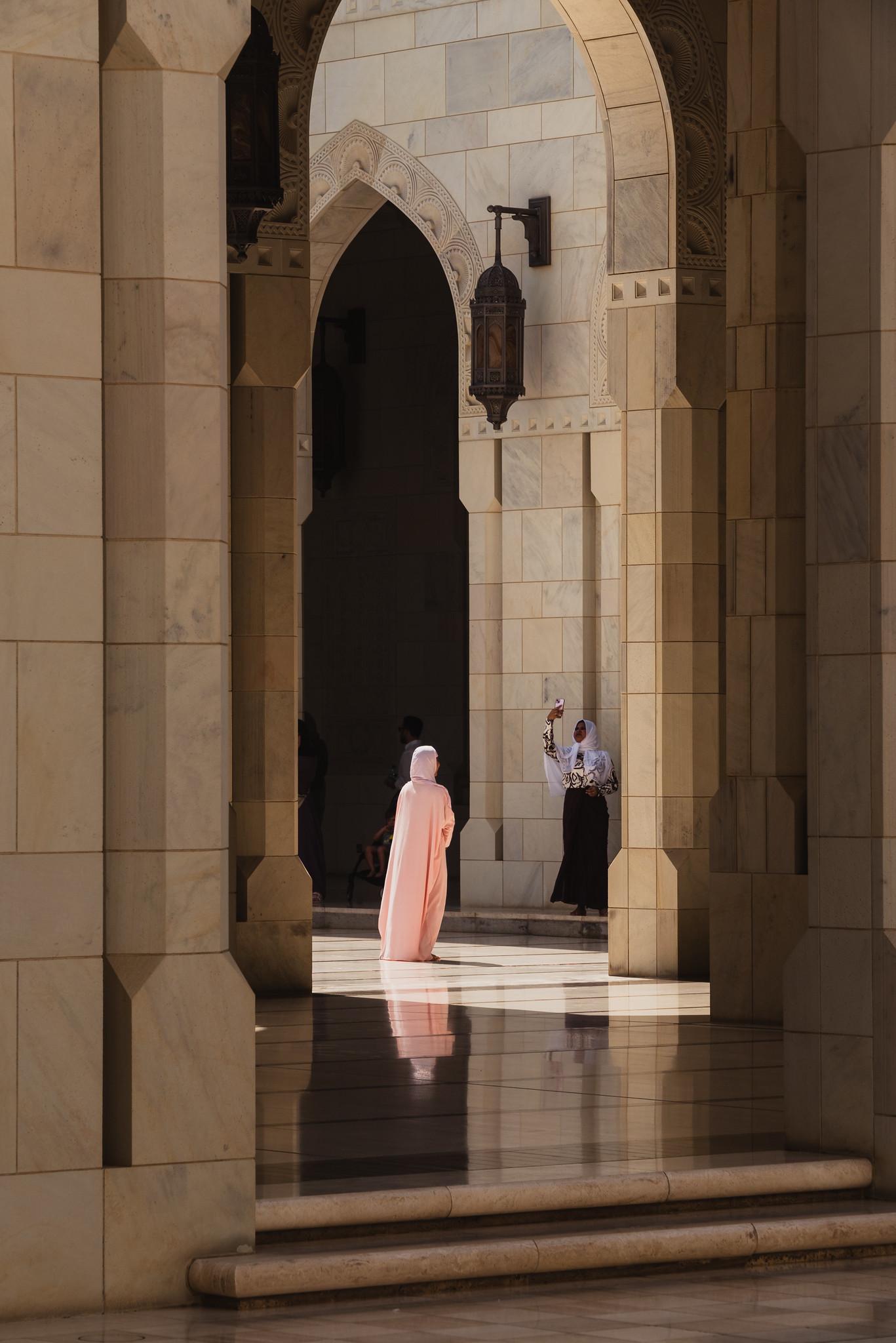
And just like that, the Oman trip came to an end. What could be more wonderful than savoring a glass of delicious falooda before heading to the airport?
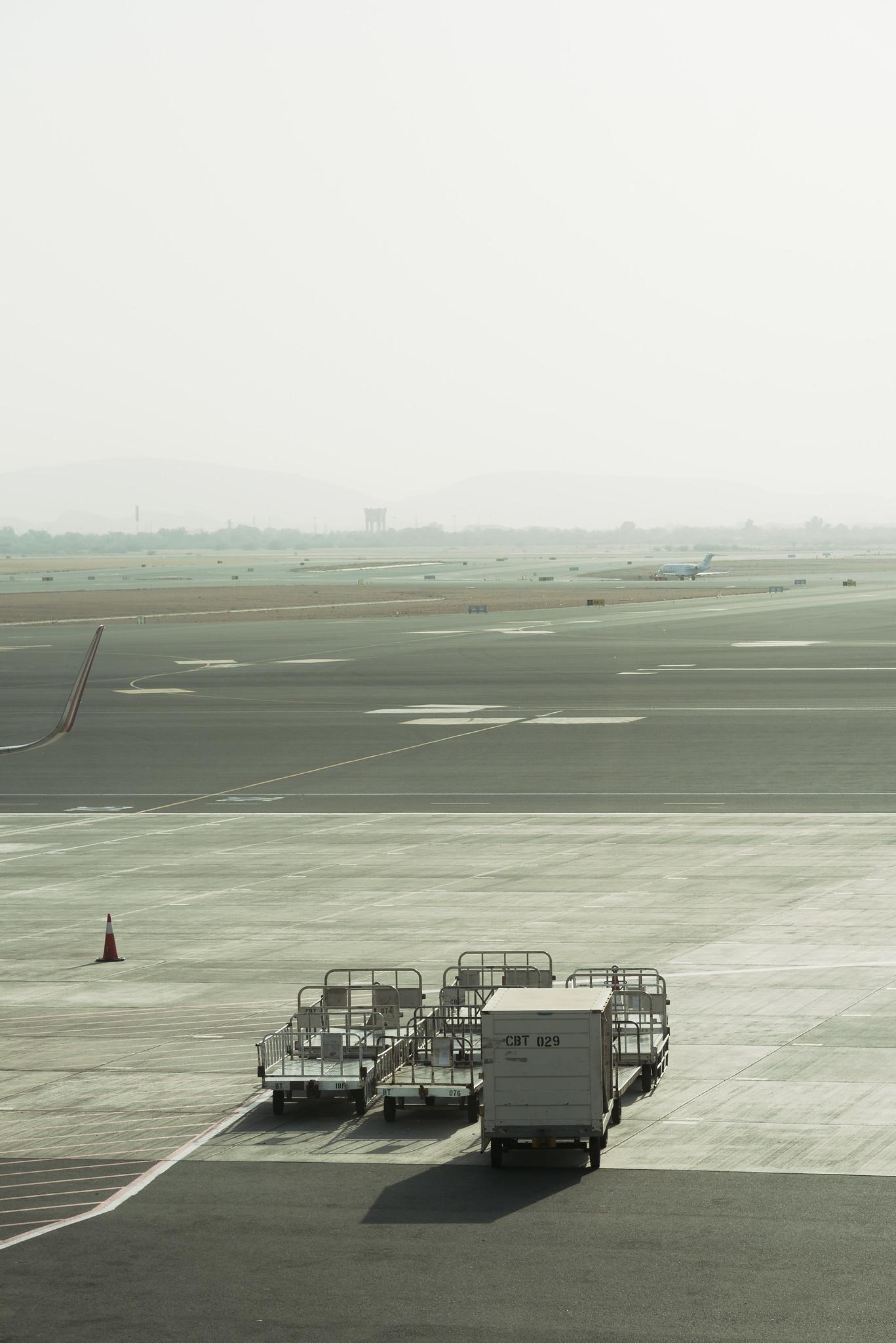
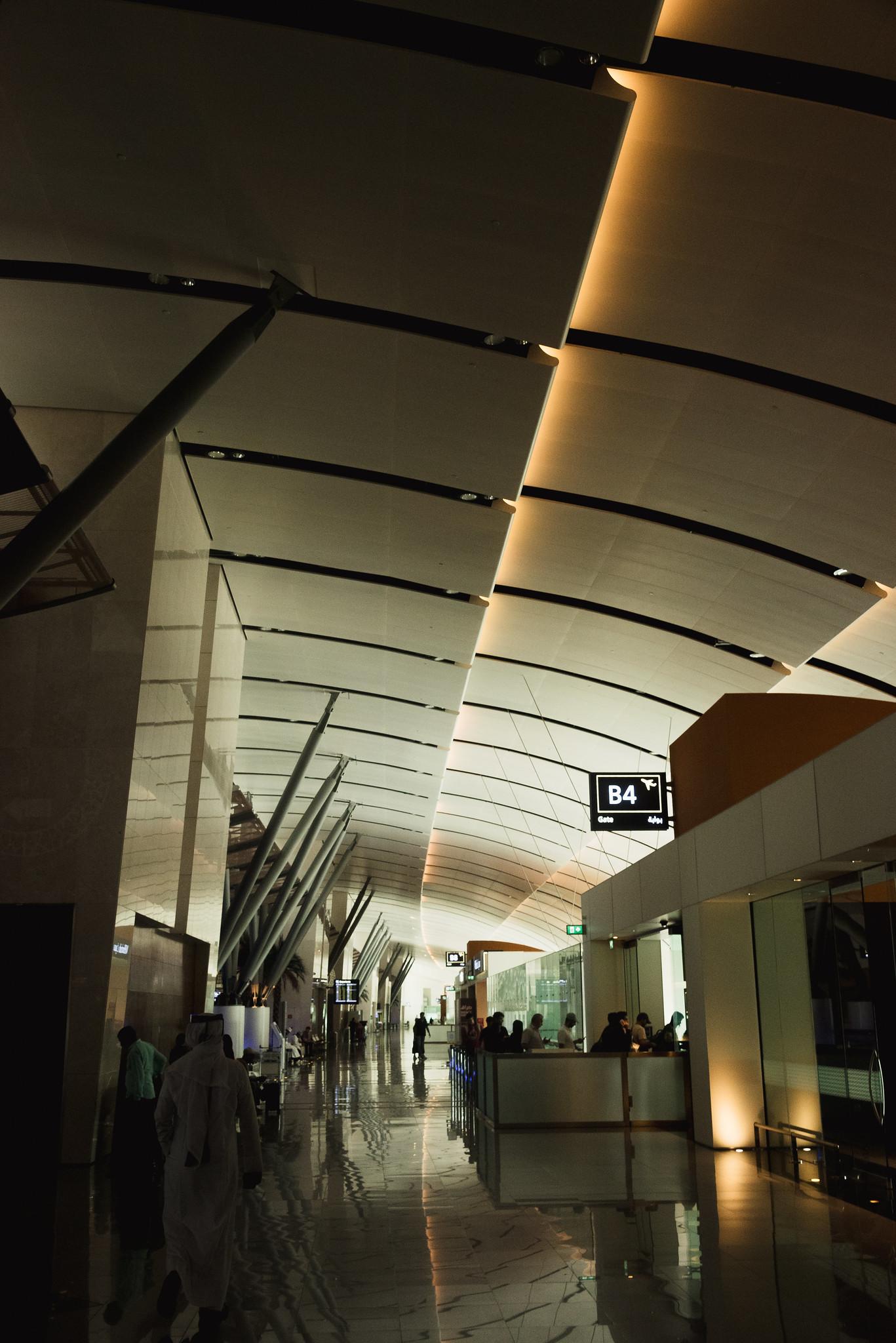
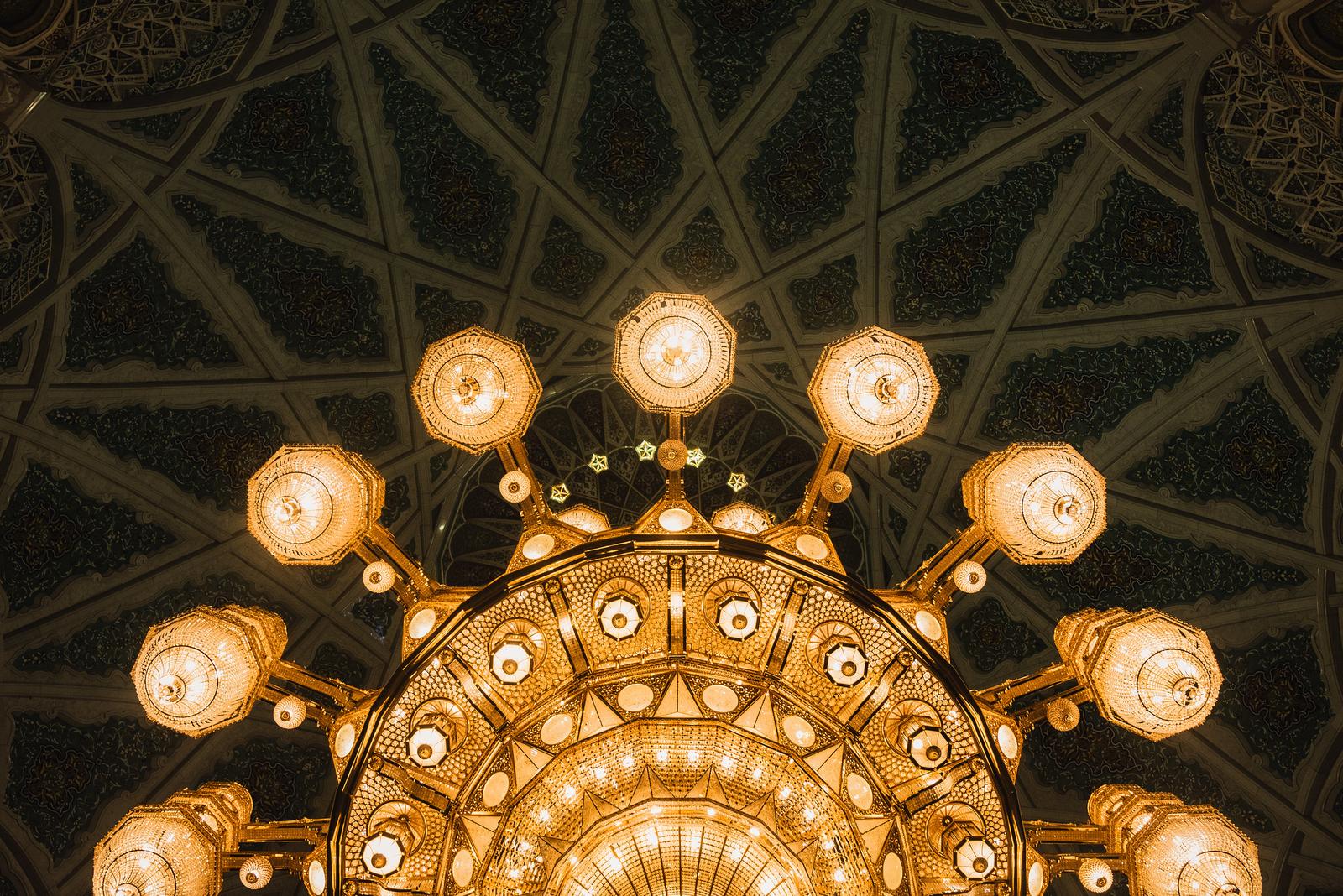
Comments
This post is a part of the Oman series.
© Zuyet Awarmatik
About
Zuyet Awarmatrip is a subsidiary identity within the personal ecosystem of Zuyet Awarmatik, focusing on travel and photography.
A Vietnamese usually regarding himself as a carefree solo Eastern backpacker, alongside with his main profession as a UX engineer. Neither being a freelancer nor a digital nomad, this website is built for the purpose of recording his life experience and happenings instead of letting them go into oblivion. He hopes these photos here shall always deliver the colorfulness of this worldly reality.
I also wish that whenever I write something, I could think of someone to draw inspiration from on the pages.

